“Reminiscence”
Reminiscence is an immersive installation that connects two rivers—the Yamuna in Delhi and the Thames in London—through portraiture, sound, and light. It unfolds as both a deeply personal journey and a public artwork. At its heart lies a question that has travelled with me across continents: what does it mean to carry one river within you while living beside another?
The Yamuna has always been my river of origin. It is where my cultural and familial roots lie, where stories from my childhood and the rhythms of Delhi life continue to echo. Yet it is also a site of ecological collapse: a sacred body of water suffocated by untreated waste, industrial discharge, and ritual offerings. The Thames, by contrast, has become the river of my present and my future. It flows through London, the city I now call home, shaping my sense of belonging in a place far from where I began. This river too is scarred—once declared biologically dead, it has since revived but remains under threat from pollution and overuse.
The two rivers may never meet directly, yet they are already joined. From Himalayan snowmelt to Atlantic tides, from clouds to rainfall, it is one body of water endlessly circulating. Just as the human body is composed of around 70% water, so too do rivers circulate through us, shaping our memories and identities. Reminiscence gives form to this entanglement, using water as both lens and metaphor, a medium that distorts and connects.
The central gesture of the work is simple but charged: photographing sitters through a vial of river water. In Delhi, people are captured through Thames water; in London, through Yamuna water. Each portrait is refracted through the ecological condition of a distant elsewhere. Skin blurs, eyes ripple, identities dissolve into liquid distortions. These portraits are not intended as documents but as witnesses. They register what Rob Nixon calls “slow violence”—harm that accumulates invisibly, sedimenting in both rivers and bodies. They also foreground the affective dimension of ecology: trauma felt before it is spoken, memory refracted through the materiality of water.
The installation translates this research into an immersive spatial experience. The gallery is transformed into darkness, interrupted by ultraviolet light. On the floor, glowing maps of the Yamuna and Thames wind their way across the room, painted in fluorescent pigment and illuminated like bioluminescent algae. These maps trace each river until they meet at the far end, where two screens project films of flowing water. Between the screens, suspended acetate portraits hang on fine filaments. Five large-format images—two from Delhi, two from London, and one of myself layered across both rivers—hover like trembling river-skins, glowing as the films shine through them. Smaller prints line the side walls, glowing softly like fragments of other memories.
Above the rivers, paper boats drift in suspension. Each one carries a single word written by a participant, drawn from their own memory of water: a flood, a crossing, a ritual, a childhood swim. These boats turn the installation into a participatory archive, a collective estuary of remembrance. Voices and sounds deepen the atmosphere: the tidal lap of the Thames merges with the industrial rumble of Okhla Barrage and the whispered memories of sitters recorded during the portrait sessions.
The project is anchored in a luminous memory of my own. On a Goan beach one night, I witnessed the sea erupt in blue bioluminescence. Living algae lit the waves, transforming the dark shoreline into a site of astonishment. This memory informs Reminiscence. In the gallery, it is recalled not with real algae but with UV light, fluorescent paint, and projected glow. The substitution is deliberate. The smell of paint replaces the smell of river mud; artificial light replaces living organisms. Yet in these substitutions lies a reflection on memory itself: always partial, always mediated, always shadowed by absence.
Though installed in a gallery, Reminiscence is essentially a work of public art. Its origins lie in public encounters—walking along riverbanks, inviting strangers to share memories, photographing people in situ. Its completion depends on public contribution, with visitors inscribing their own memories onto boats. The gallery thus becomes a temporary public space, a place of gathering where rivers, memories, and identities flow together.
In this way, Reminiscence positions itself as both personal archive and collective estuary. It does not offer redemption for polluted rivers, nor does it claim to repair ecological loss. Instead, it offers a space of remembrance and belonging. By situating the Yamuna and Thames in dialogue, it asks audiences to recognise that no river is ever entirely elsewhere, that what happens to one current reverberates through another. Every local river is already part of a planetary ocean in motion.
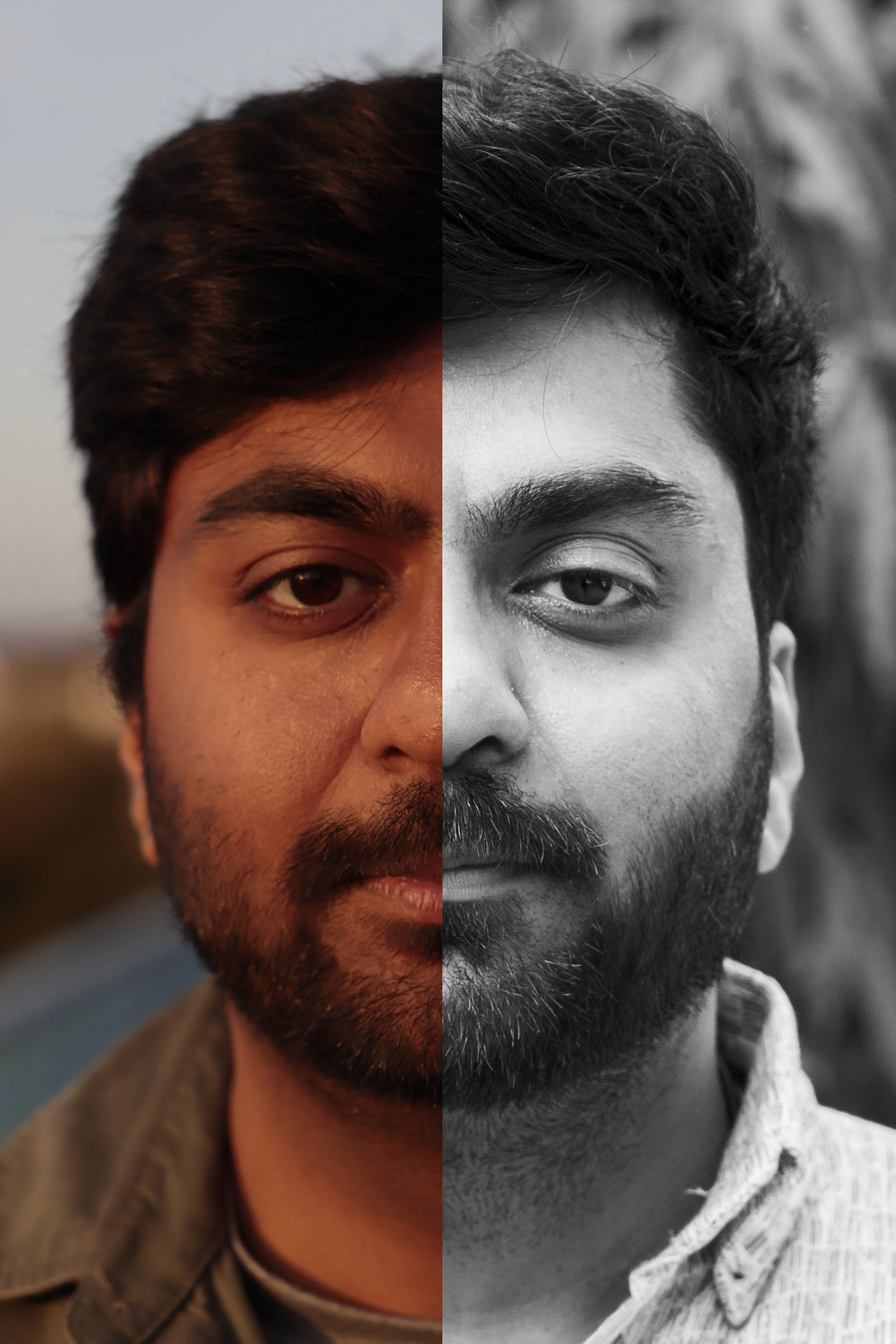
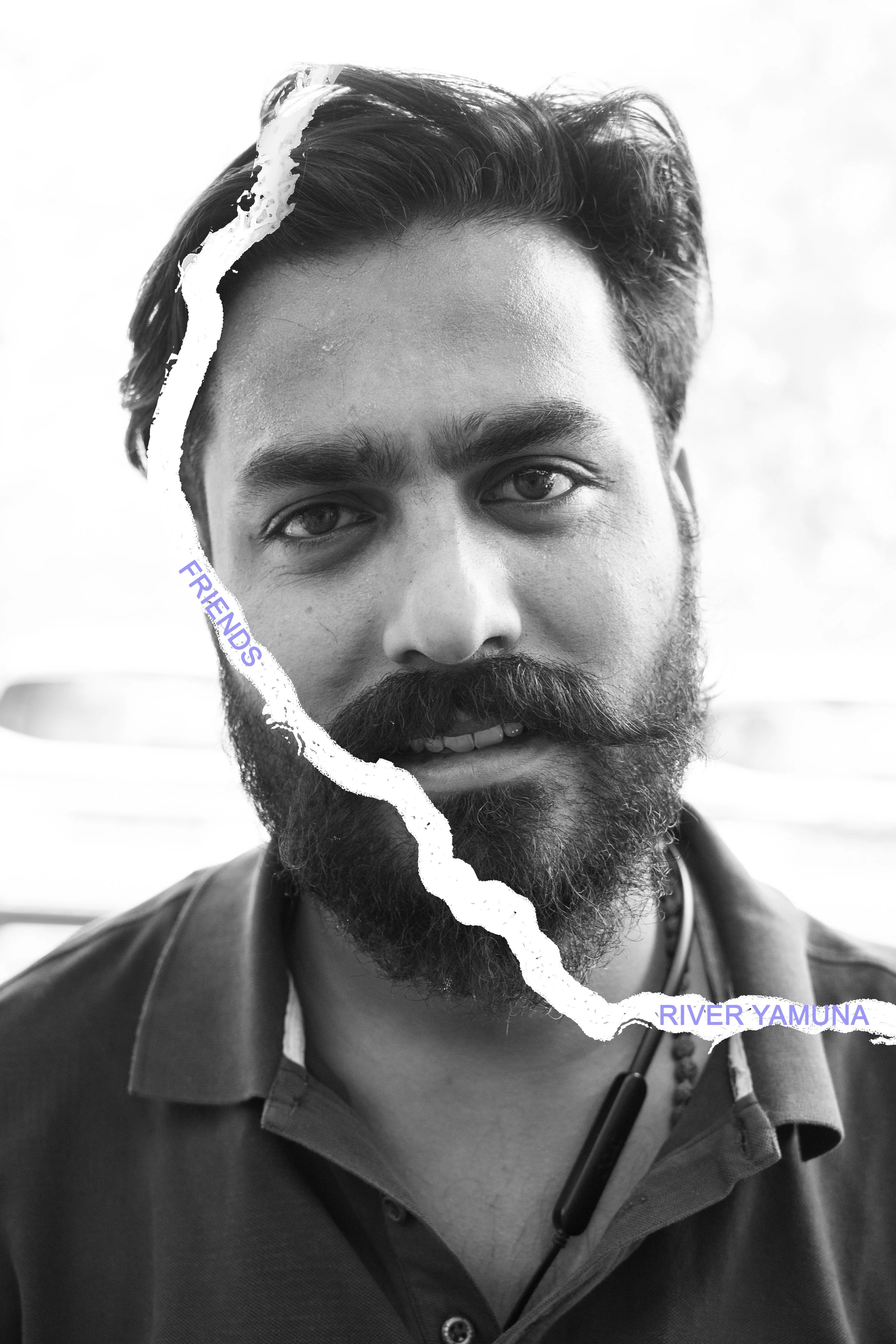


“River Thames”
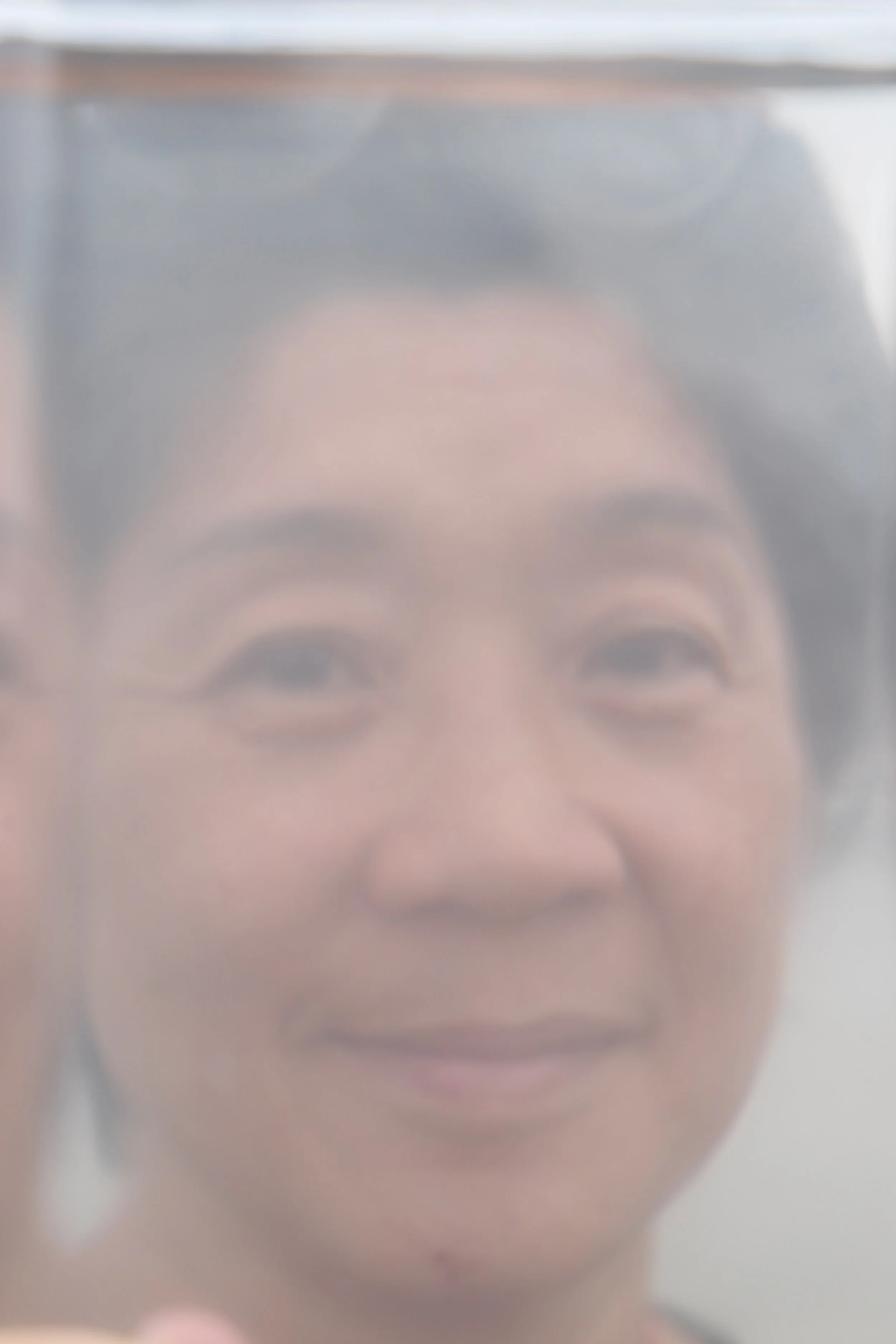
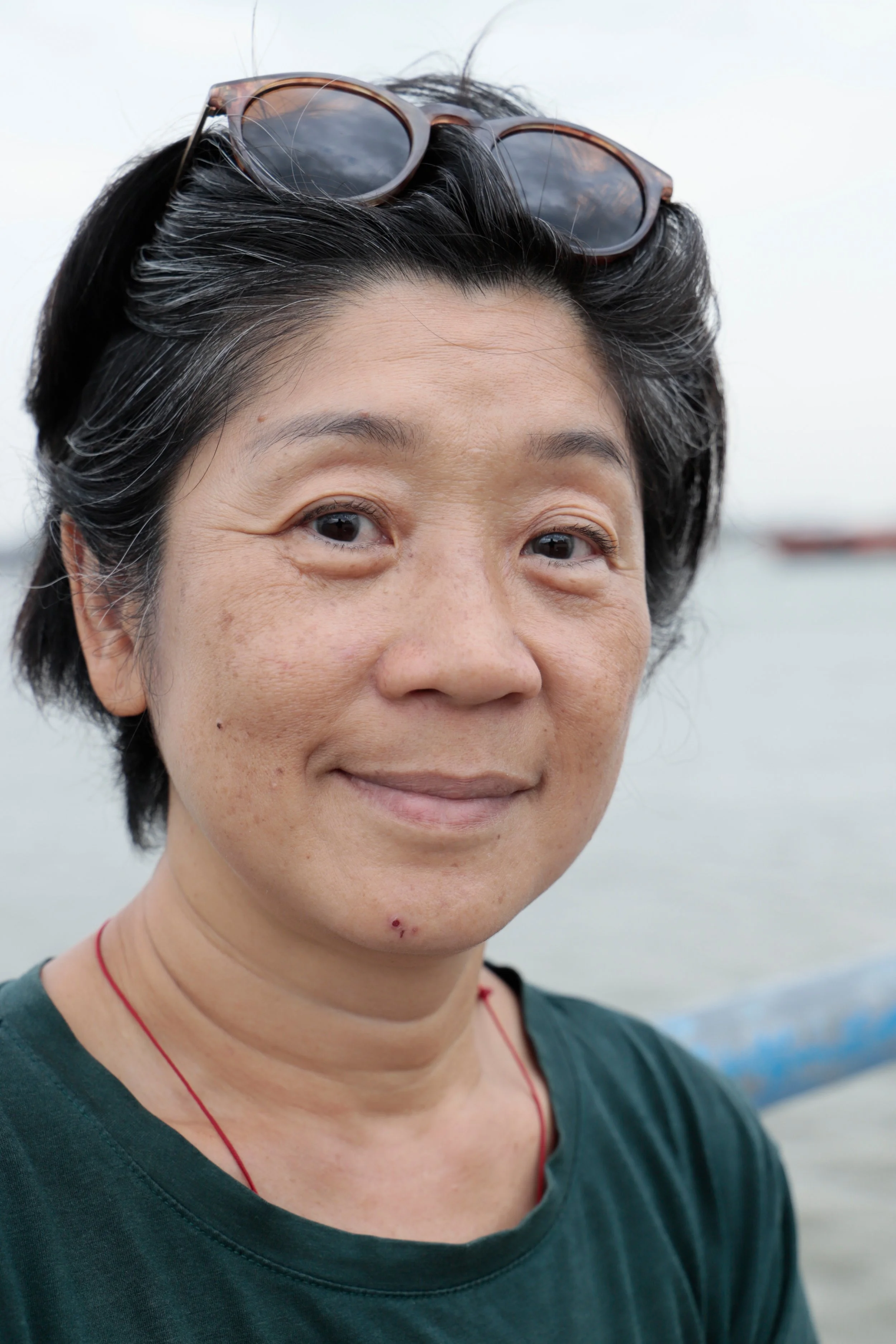
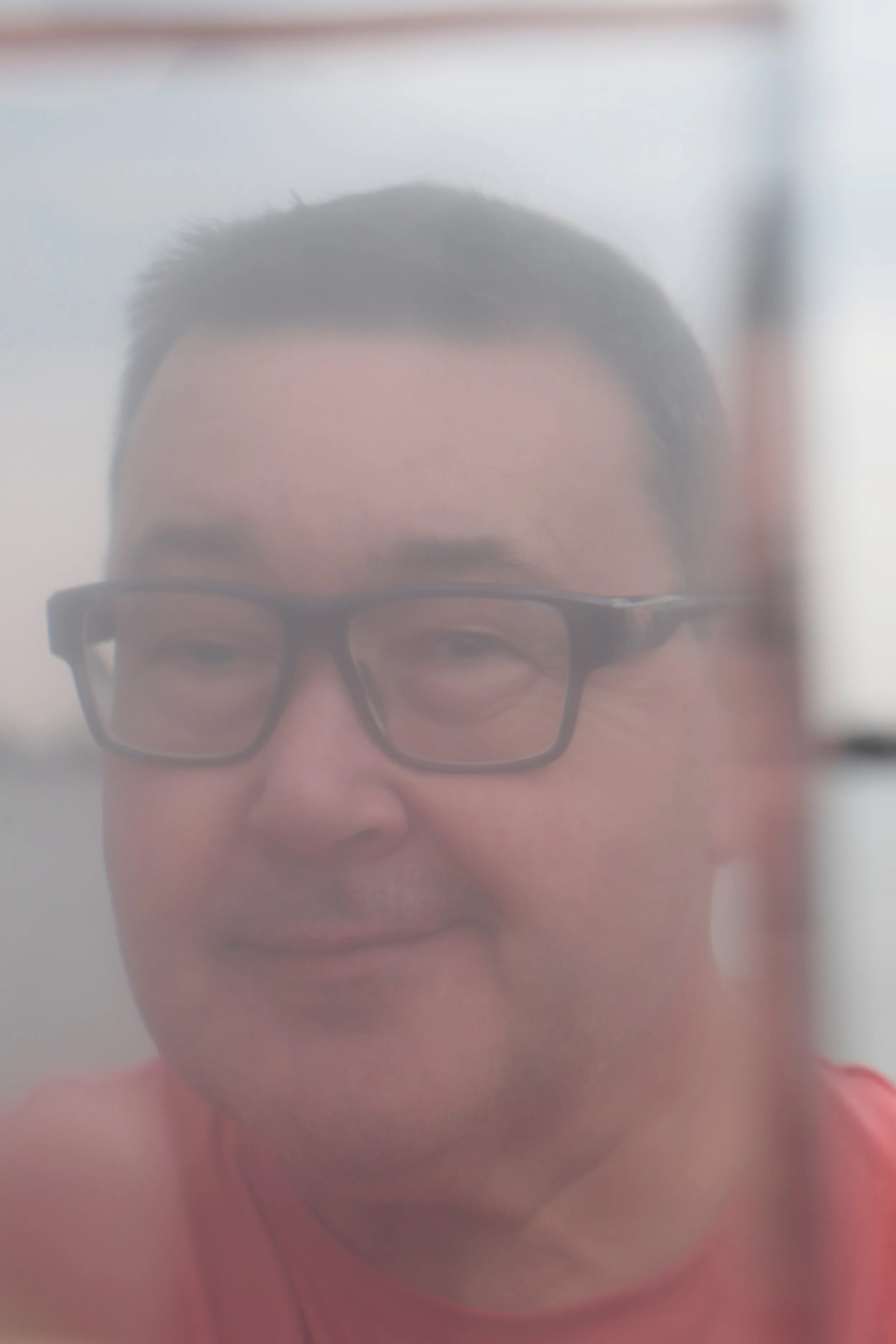
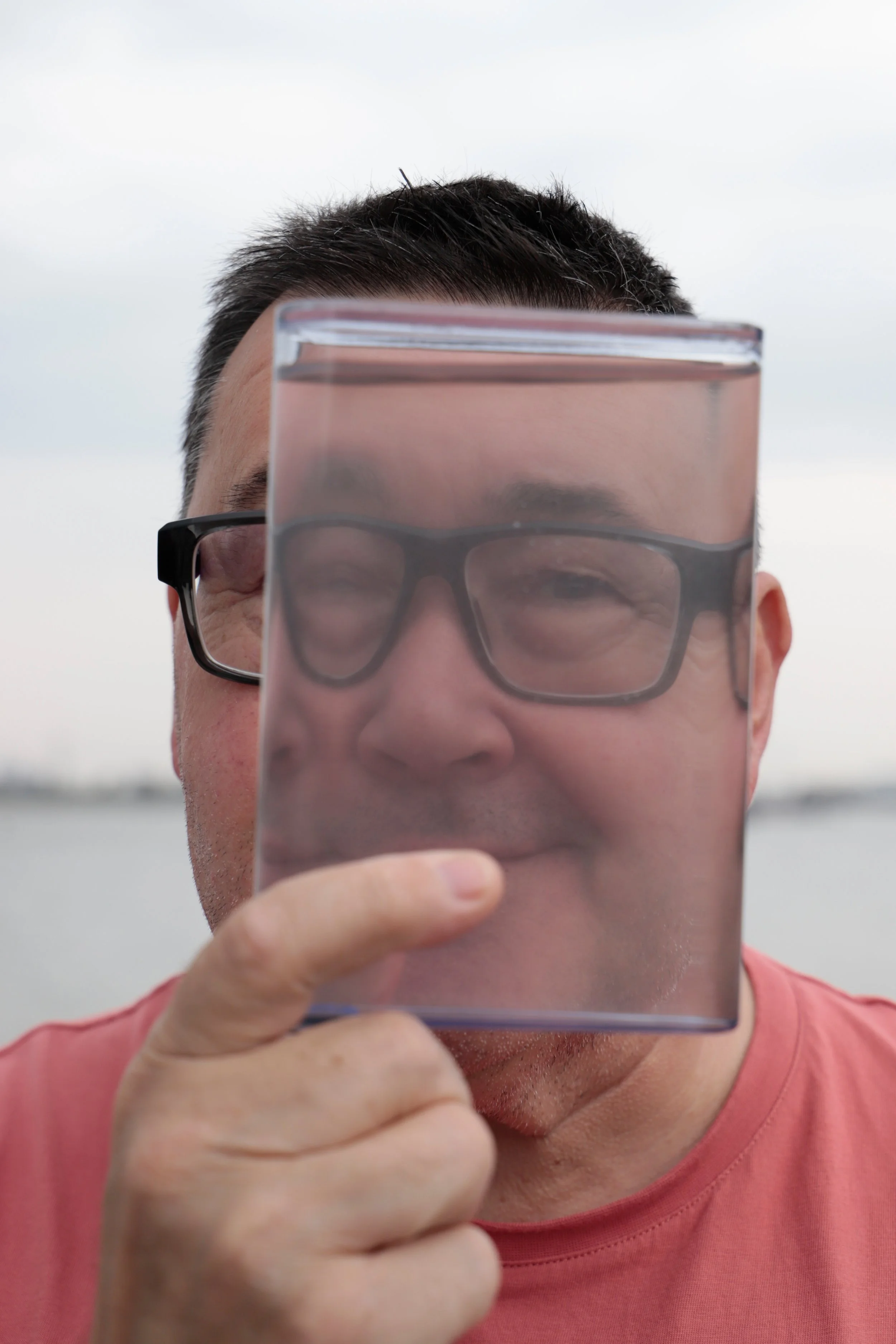
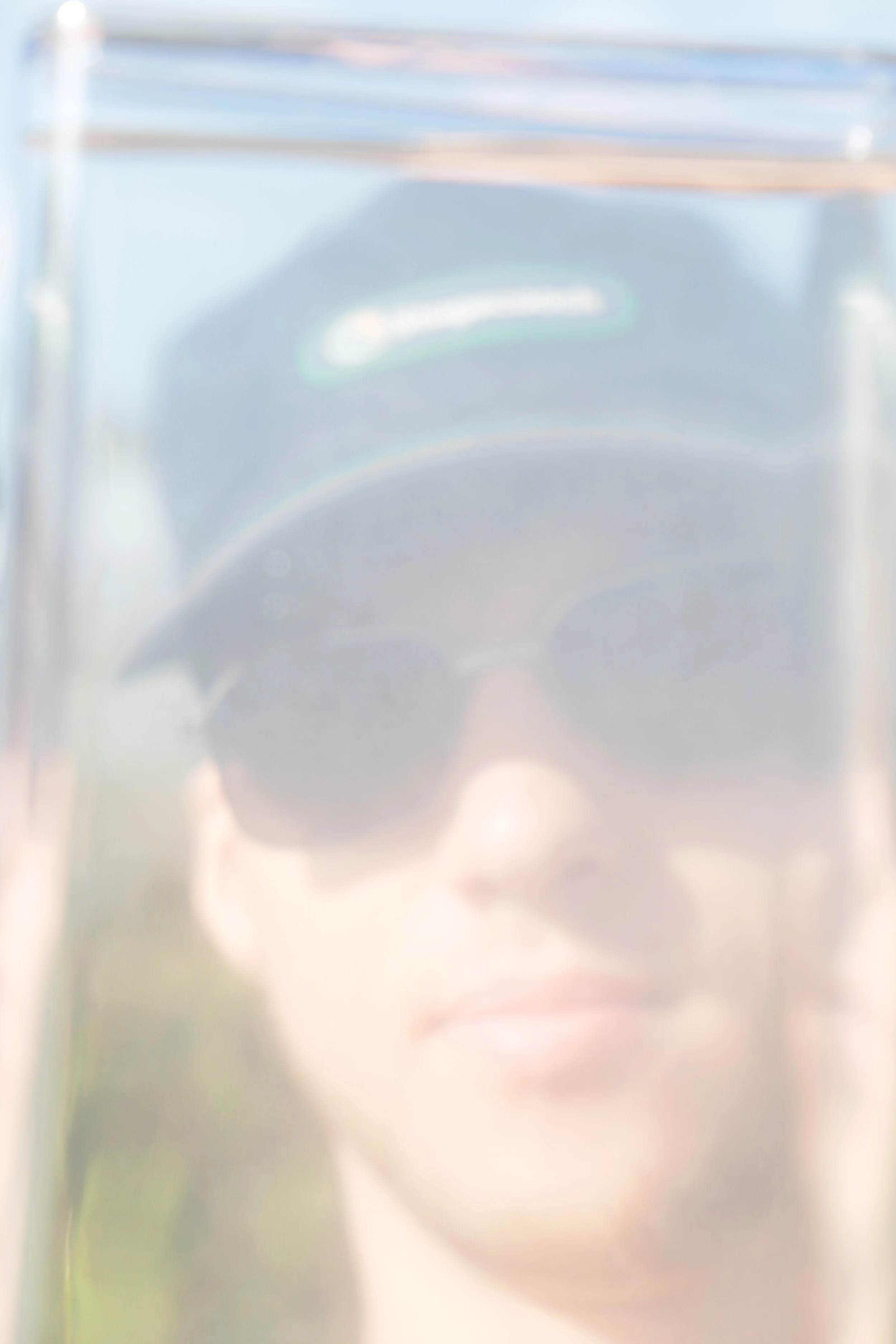

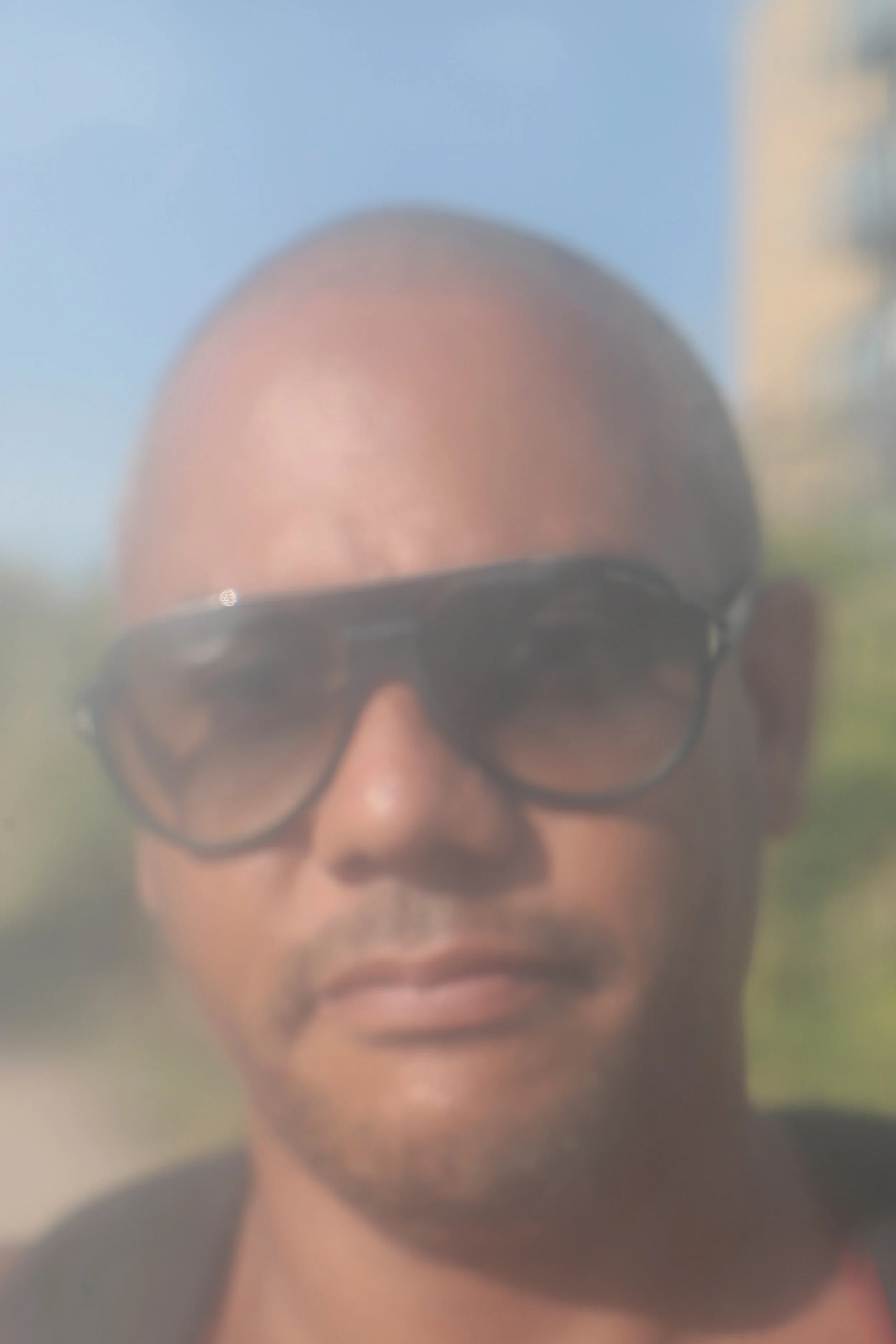
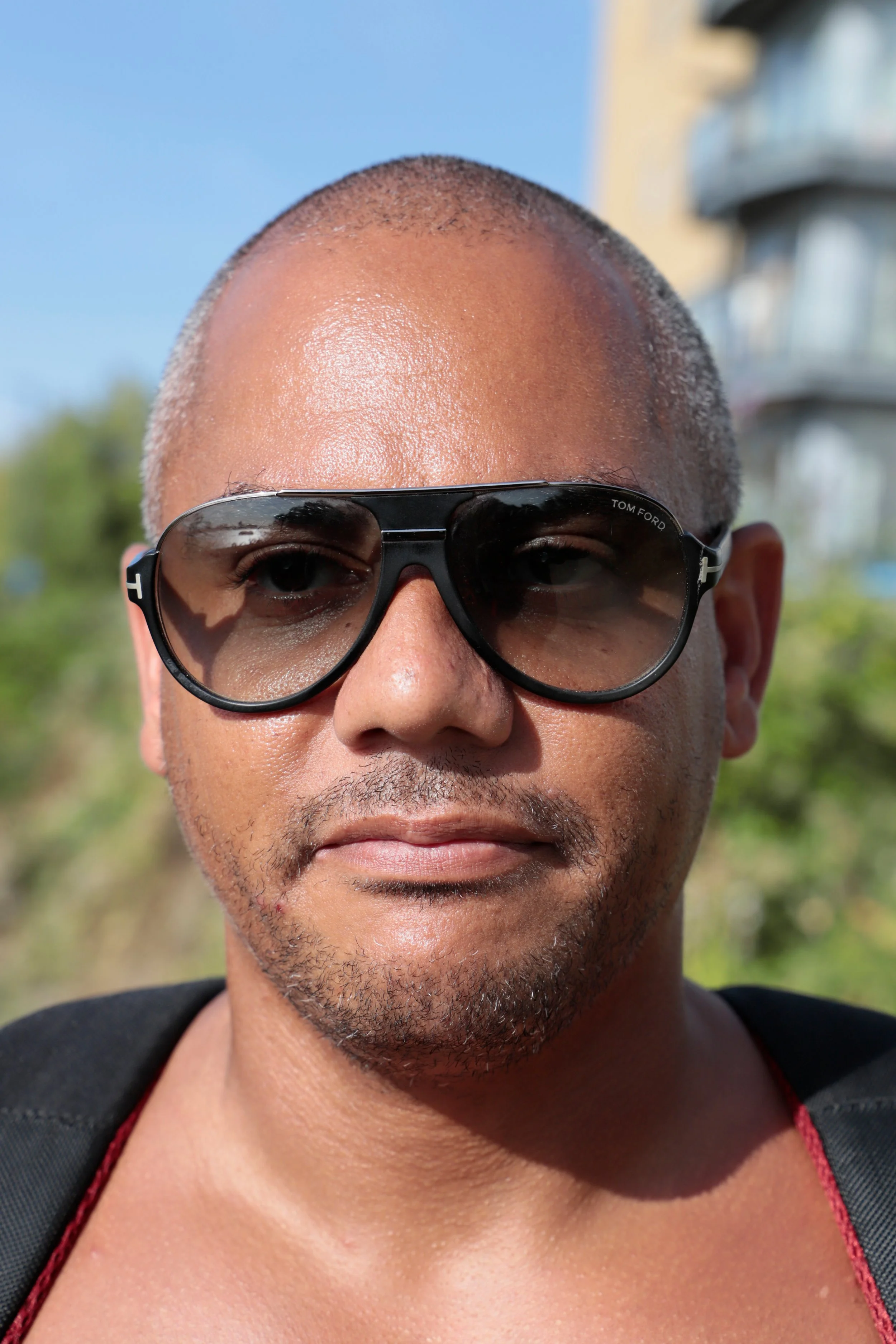
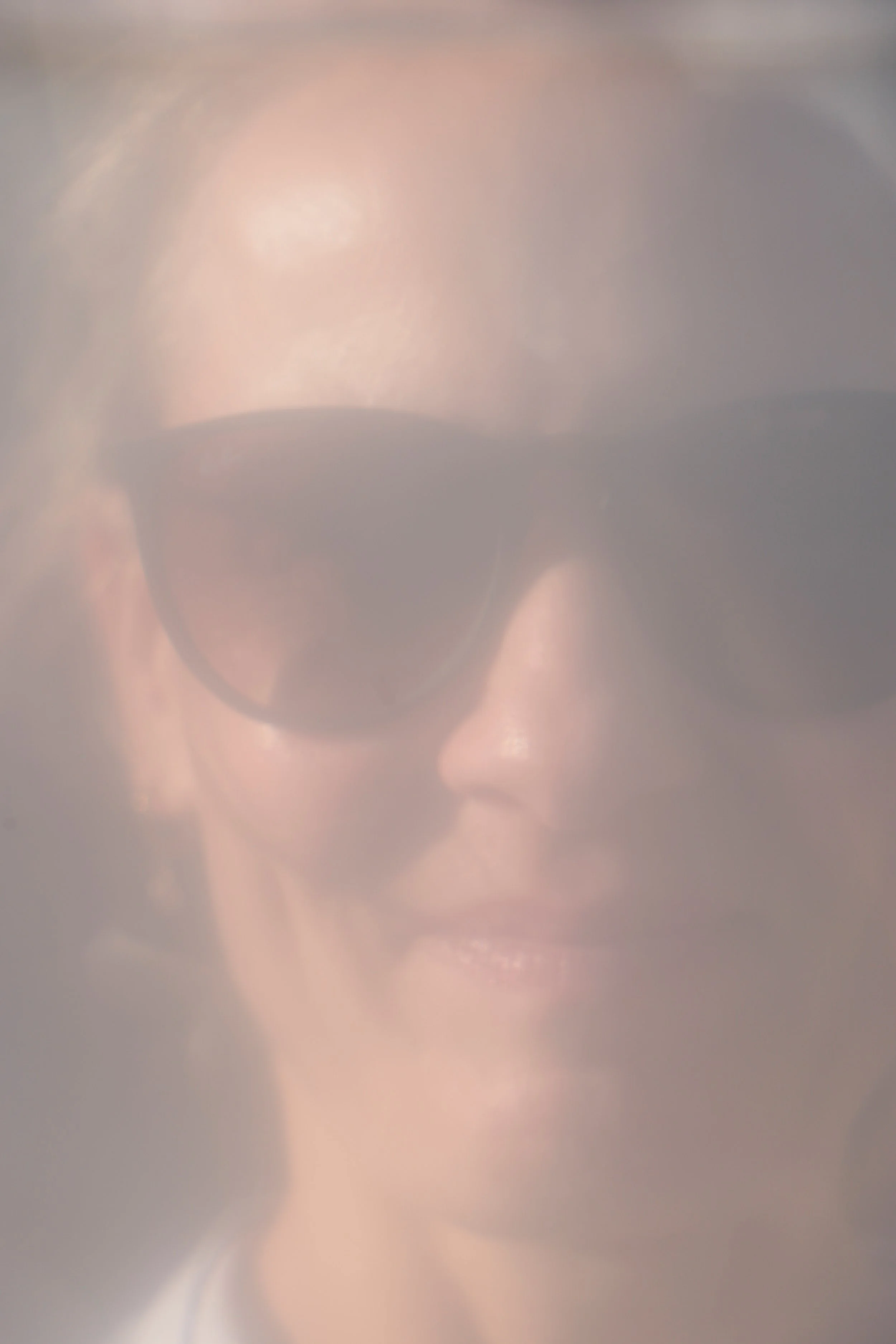
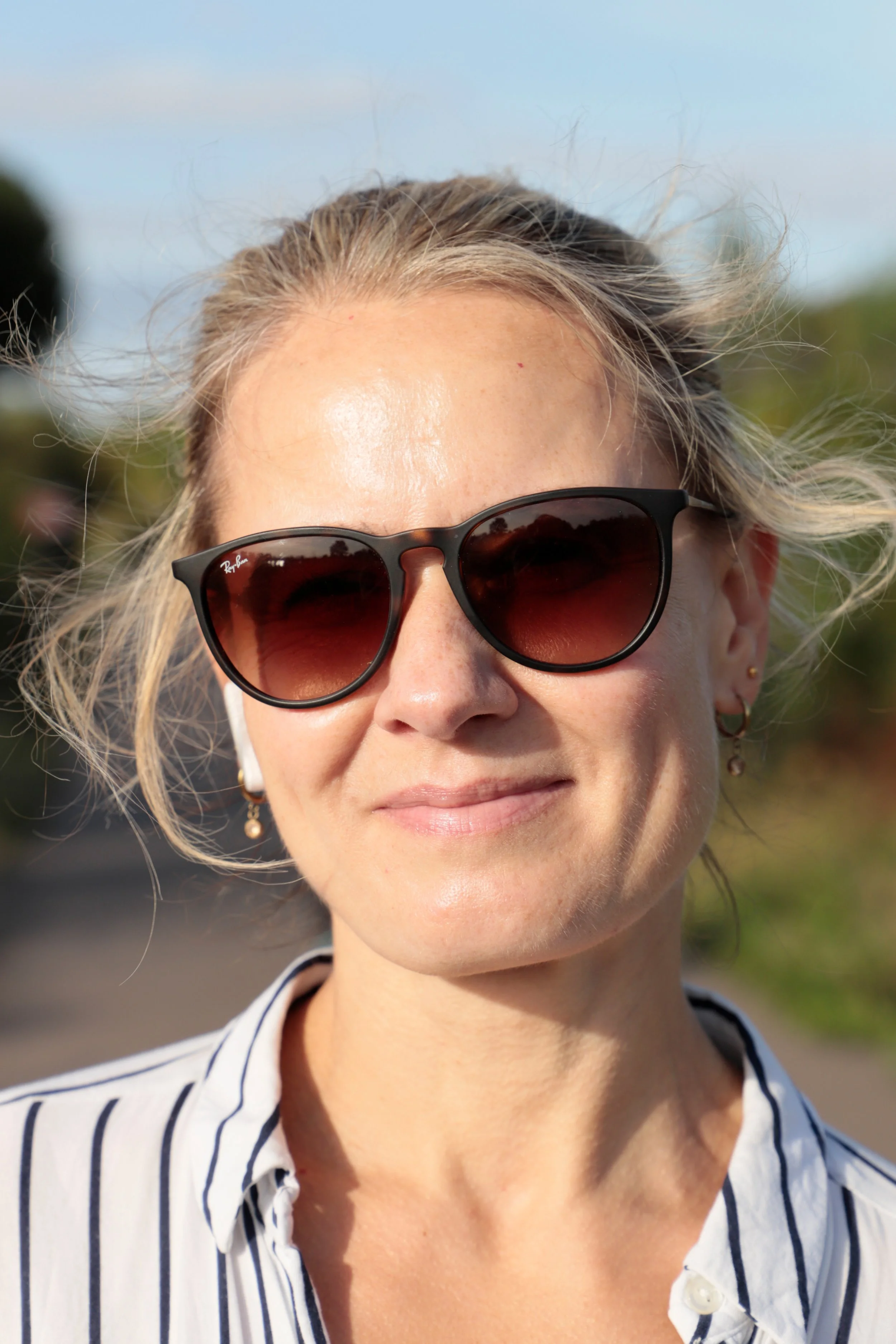
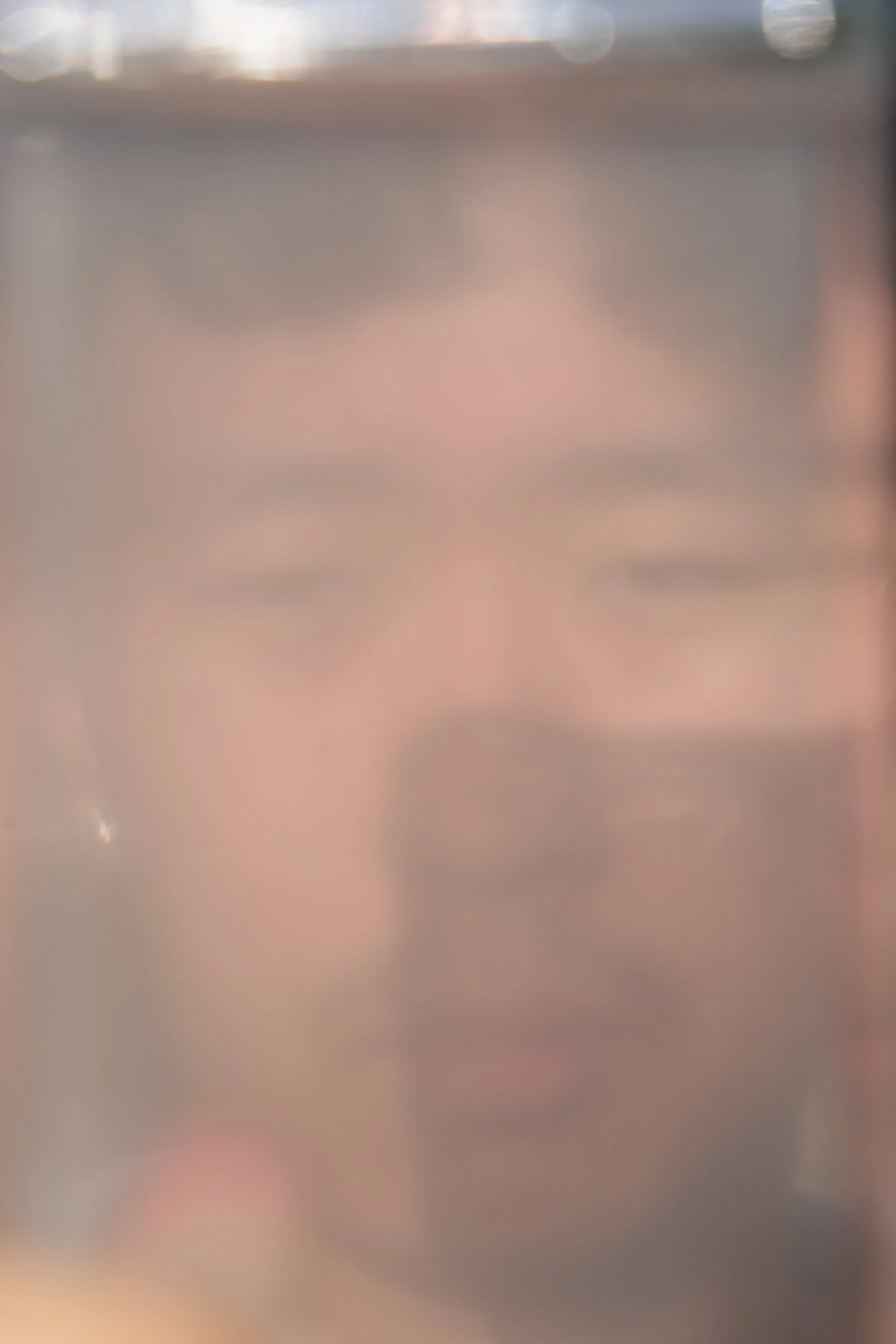
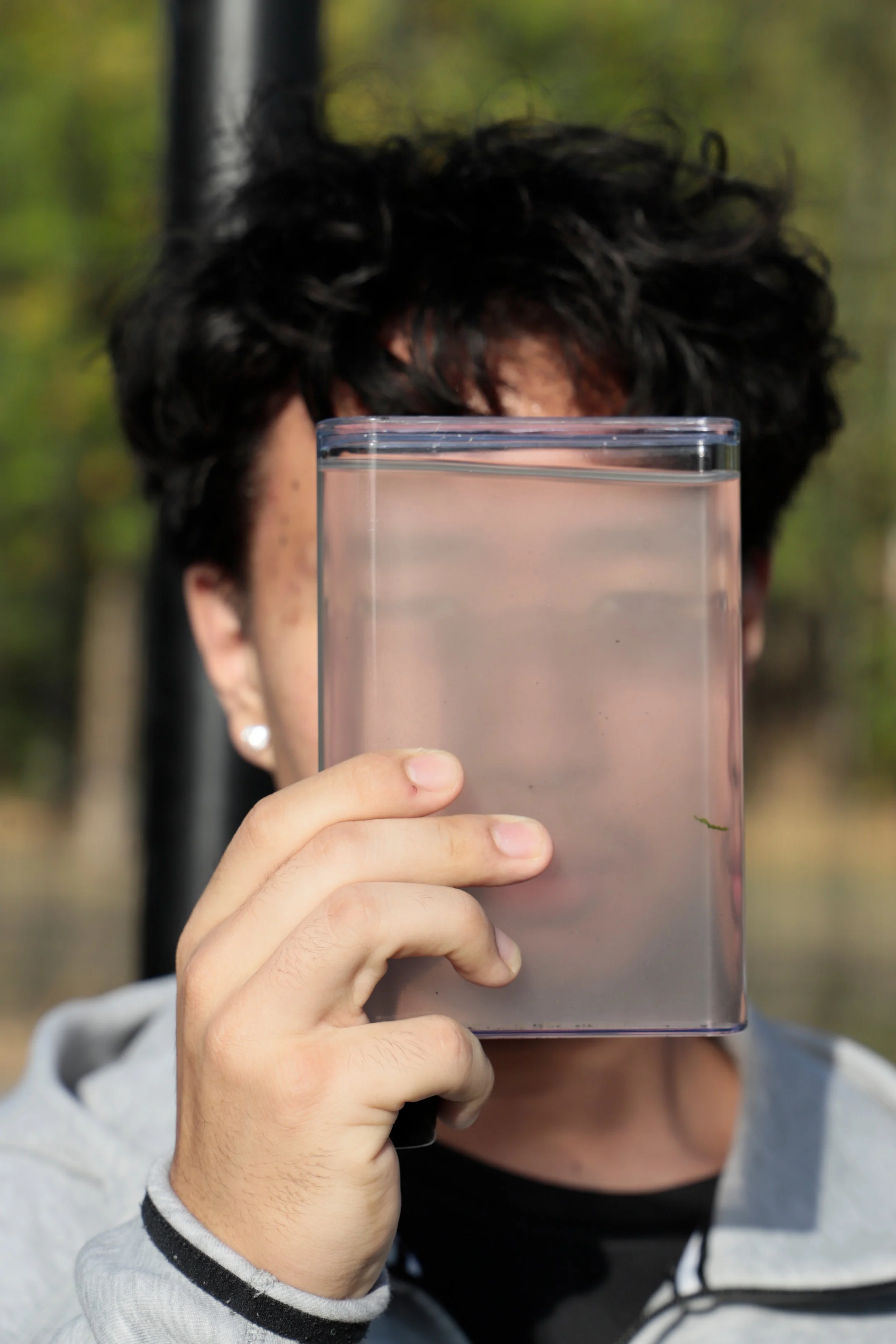
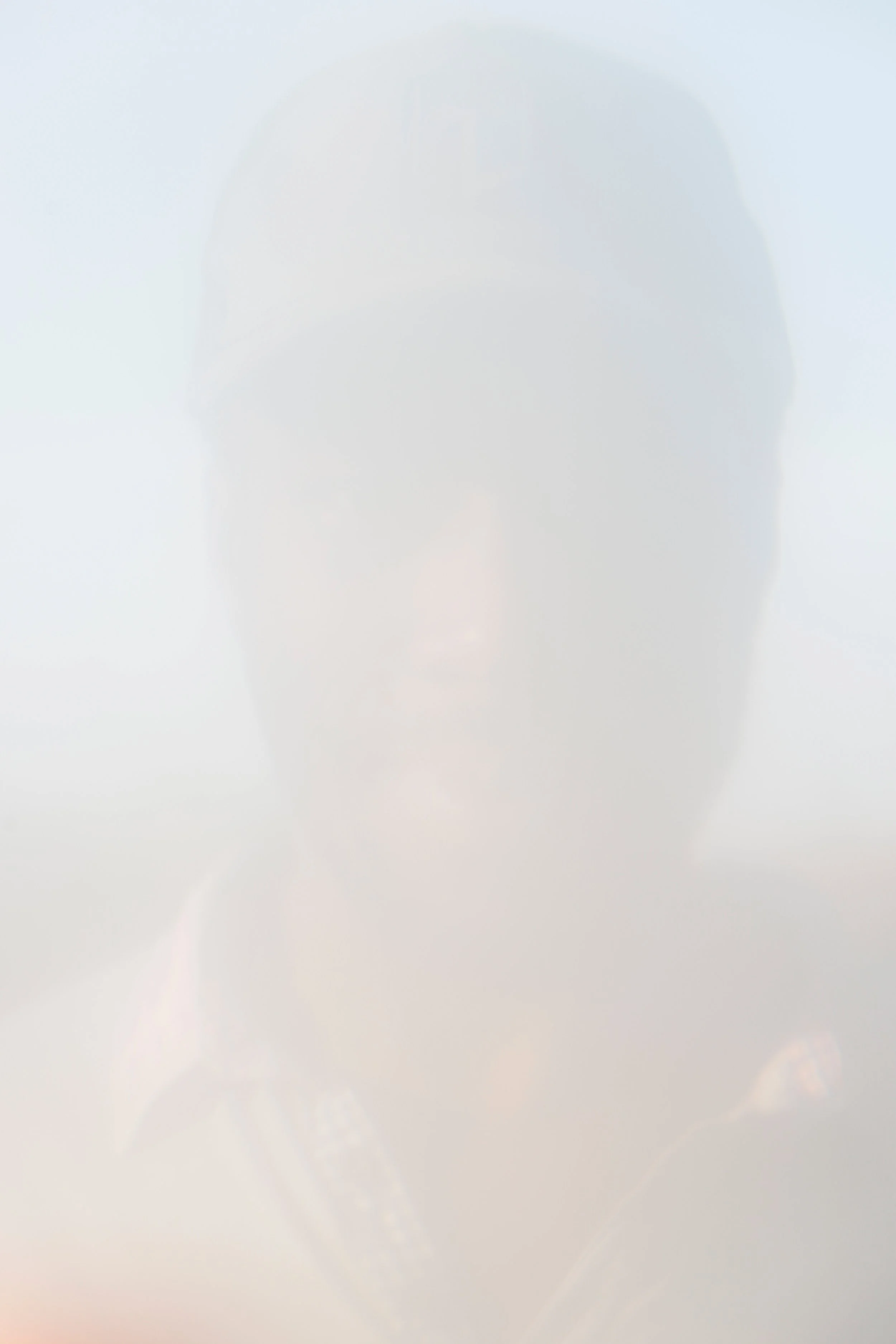
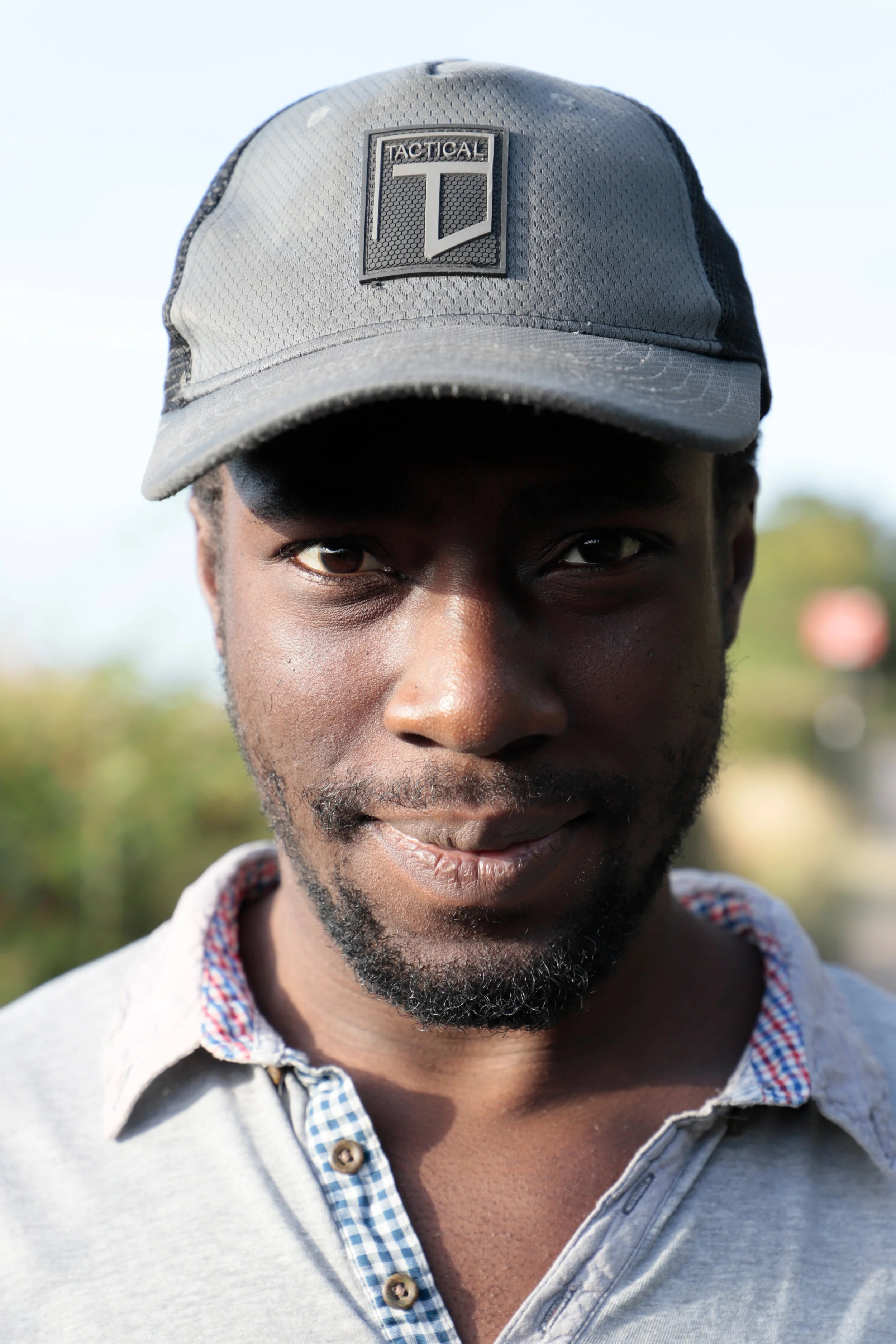

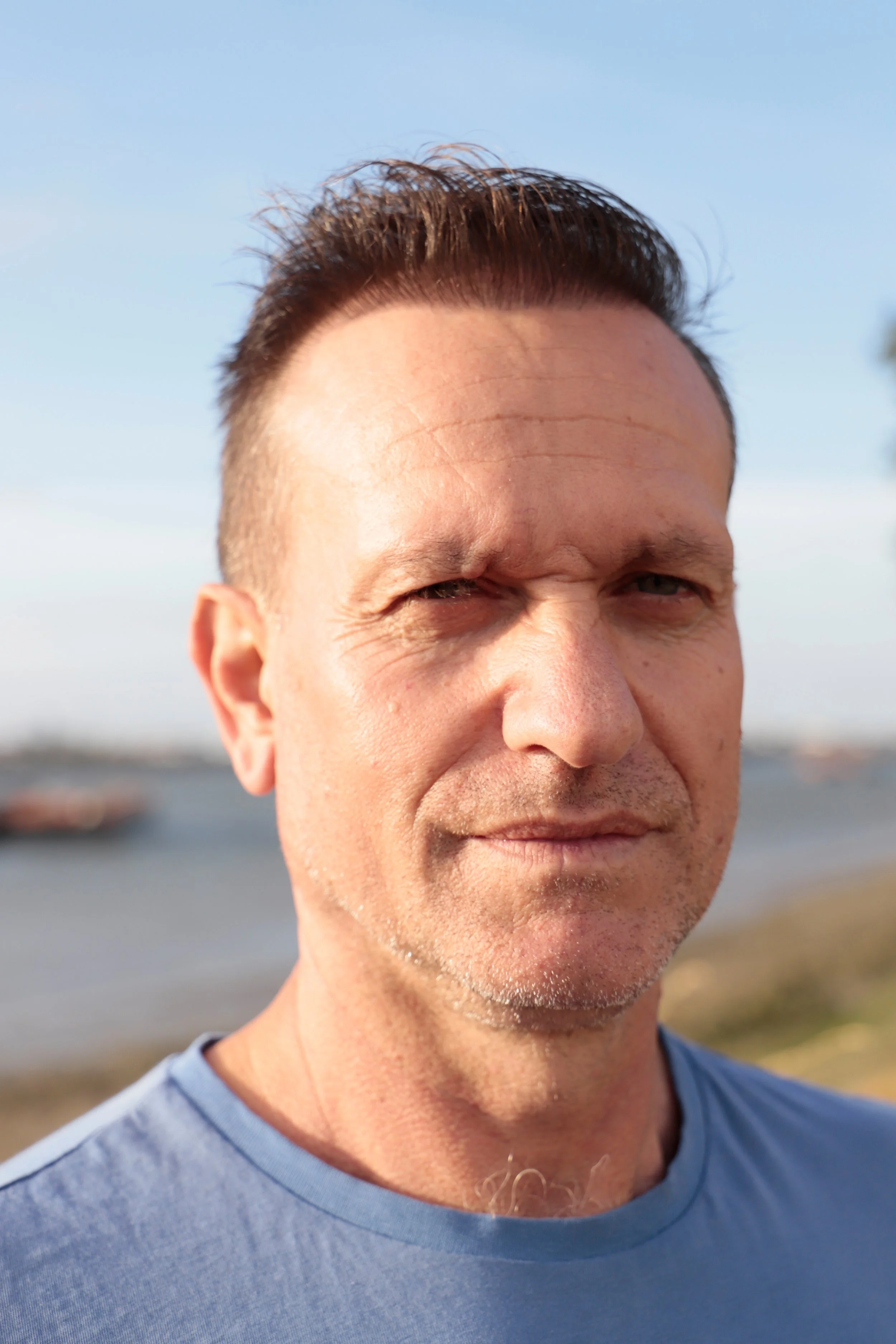
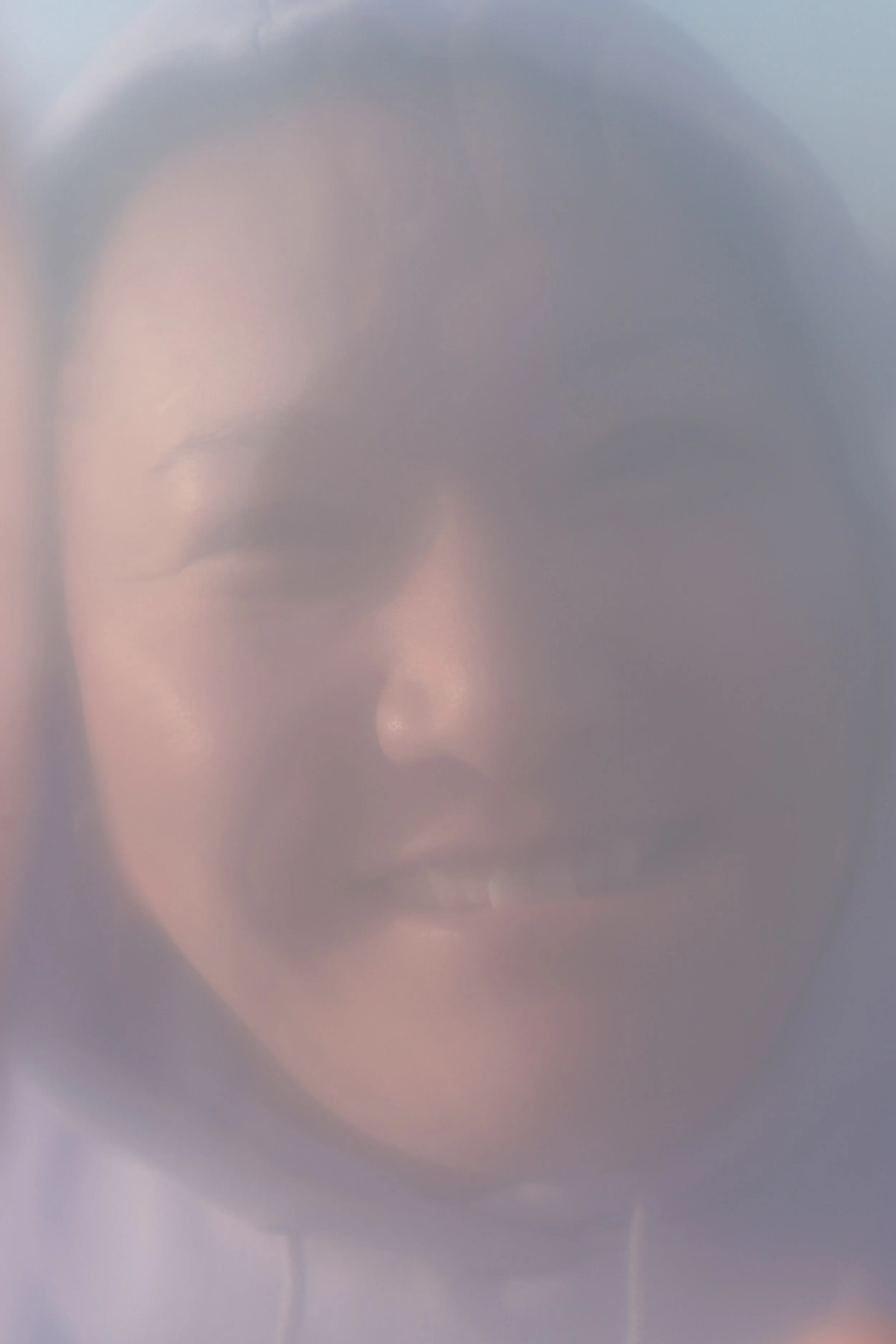
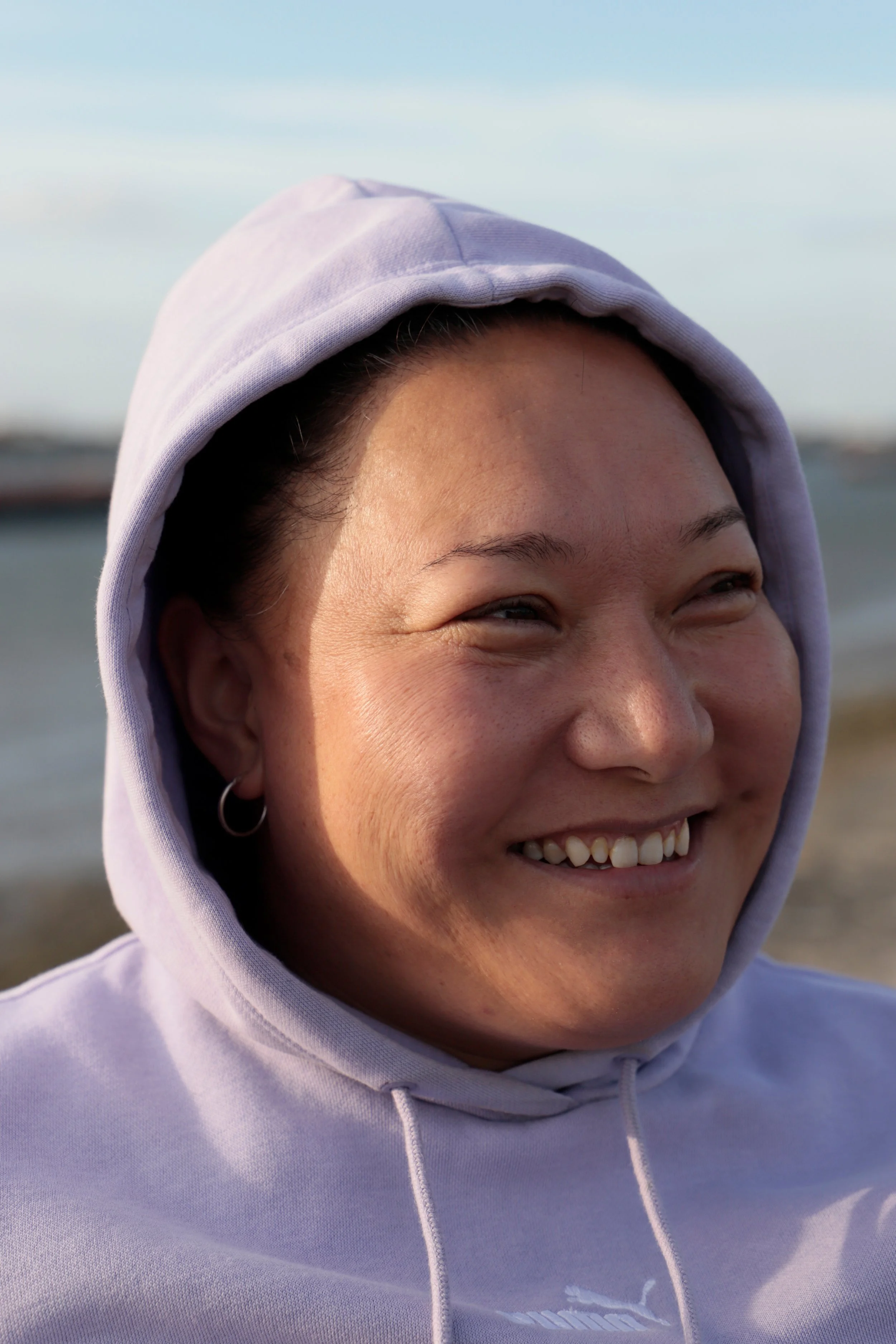
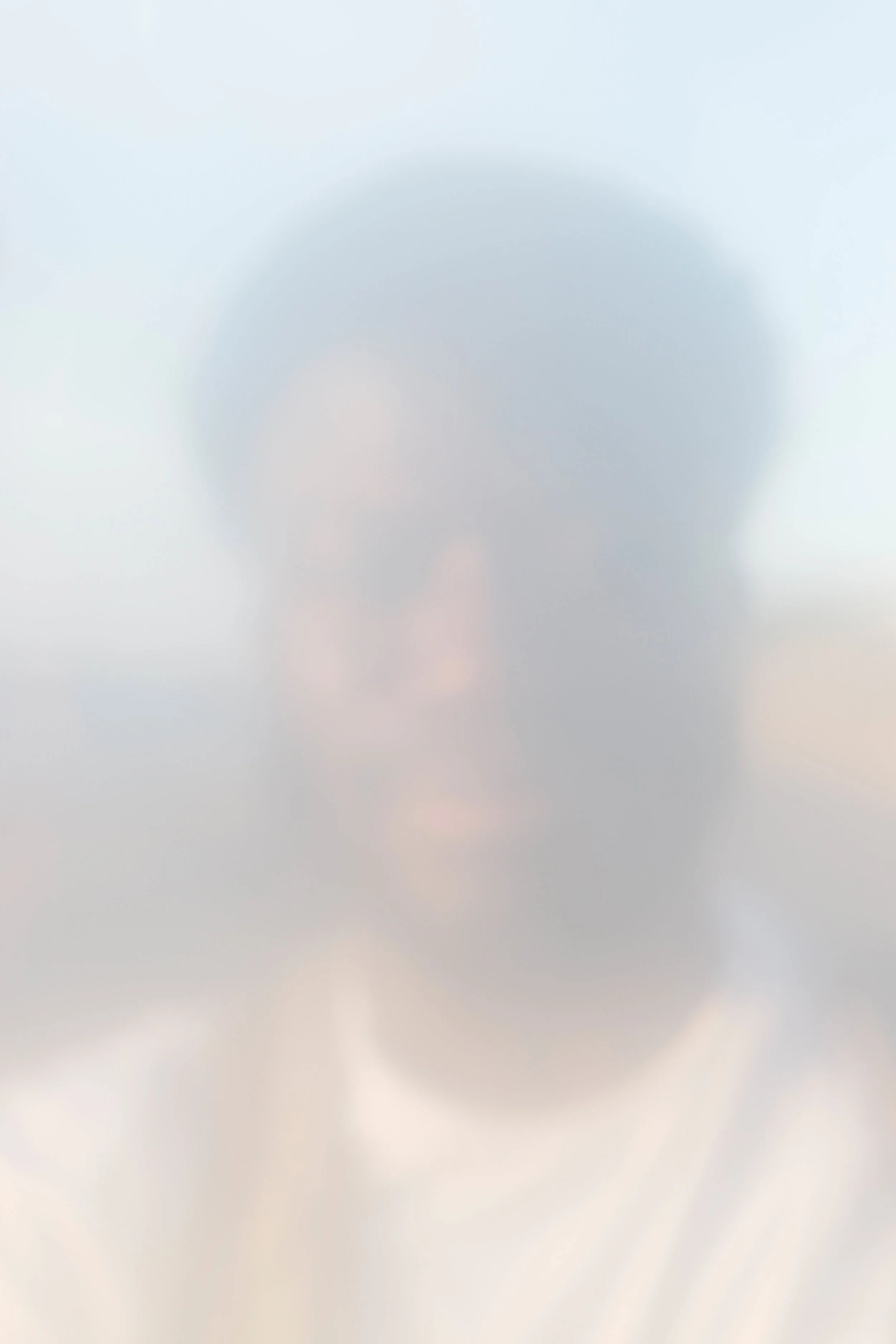
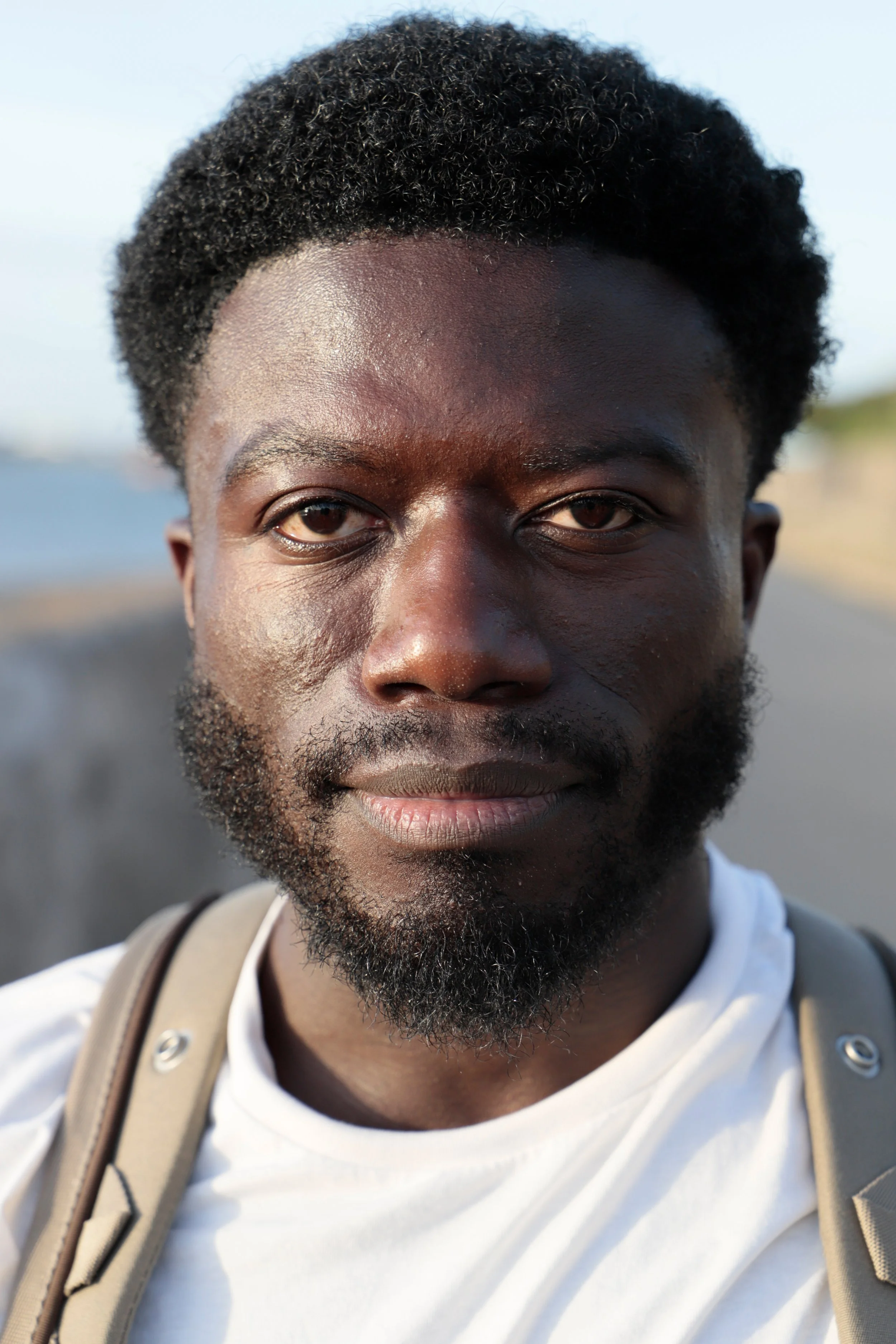
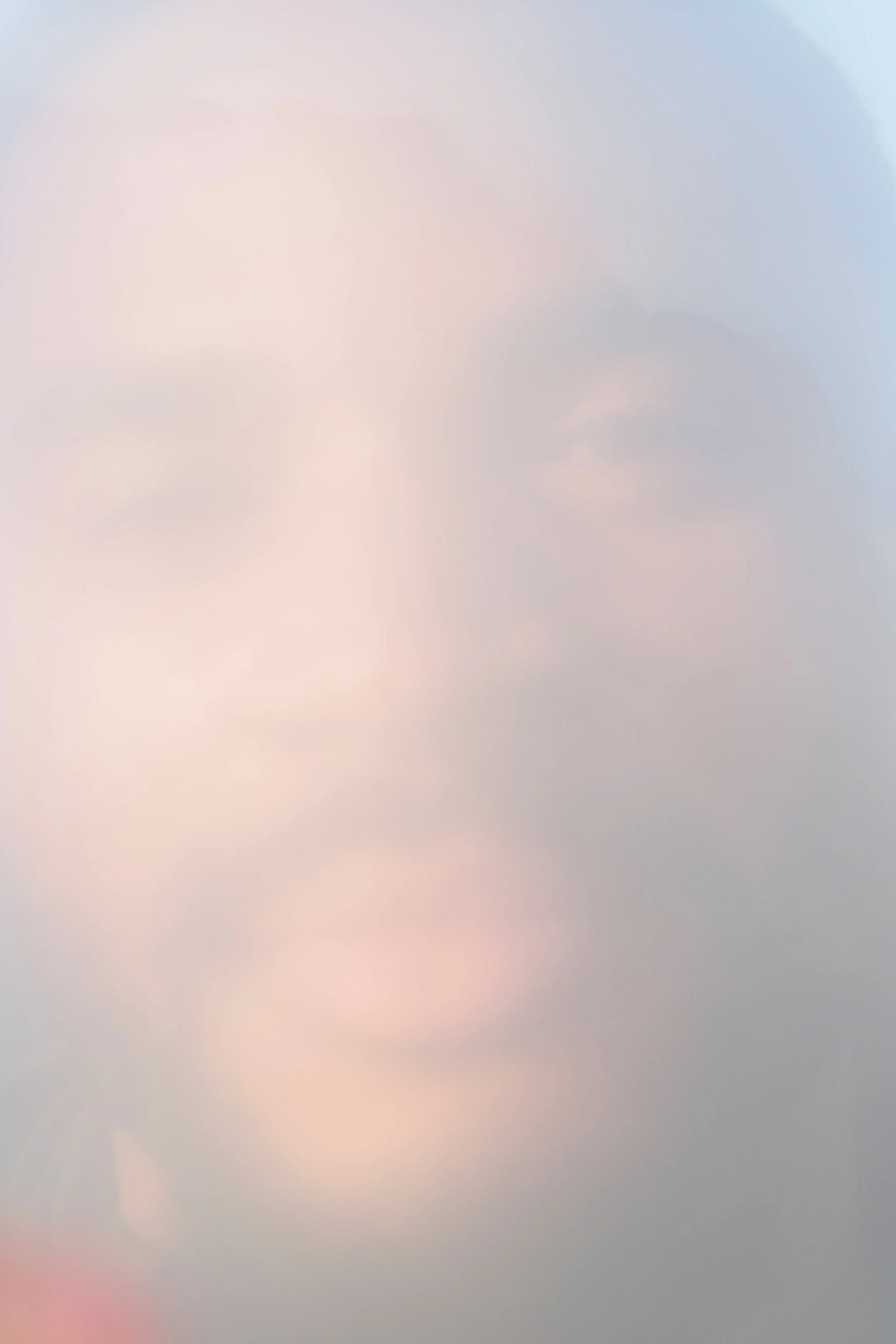
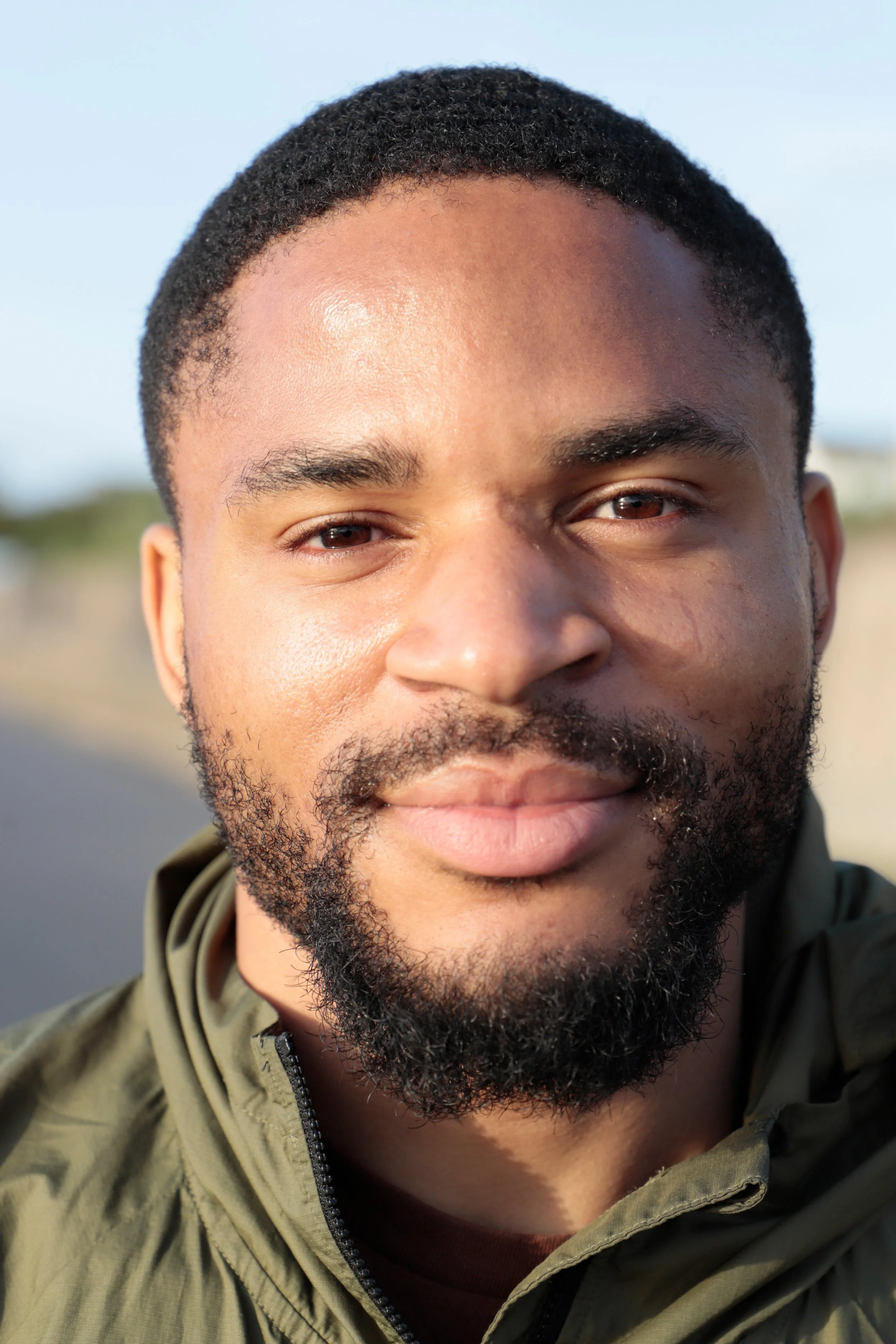
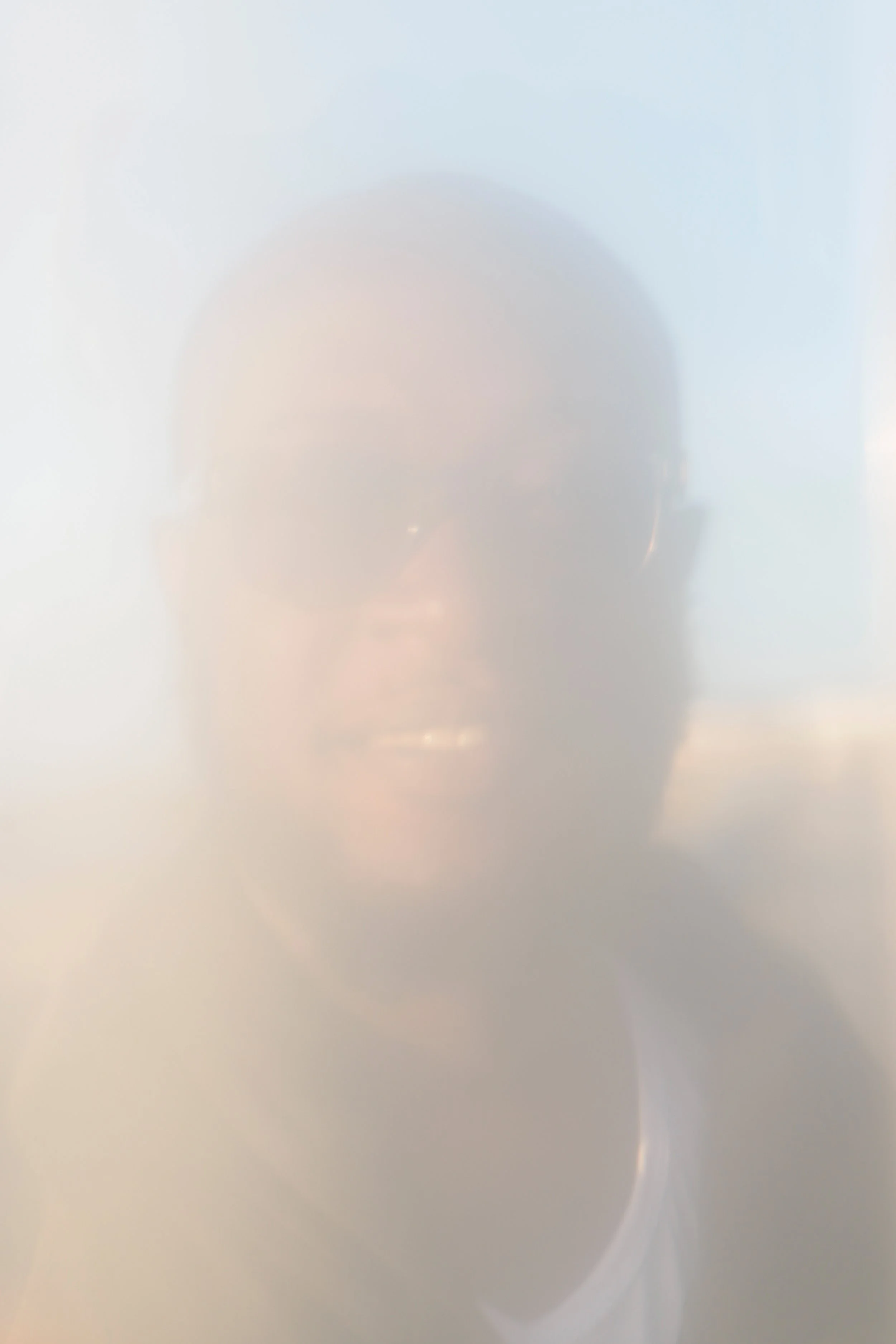
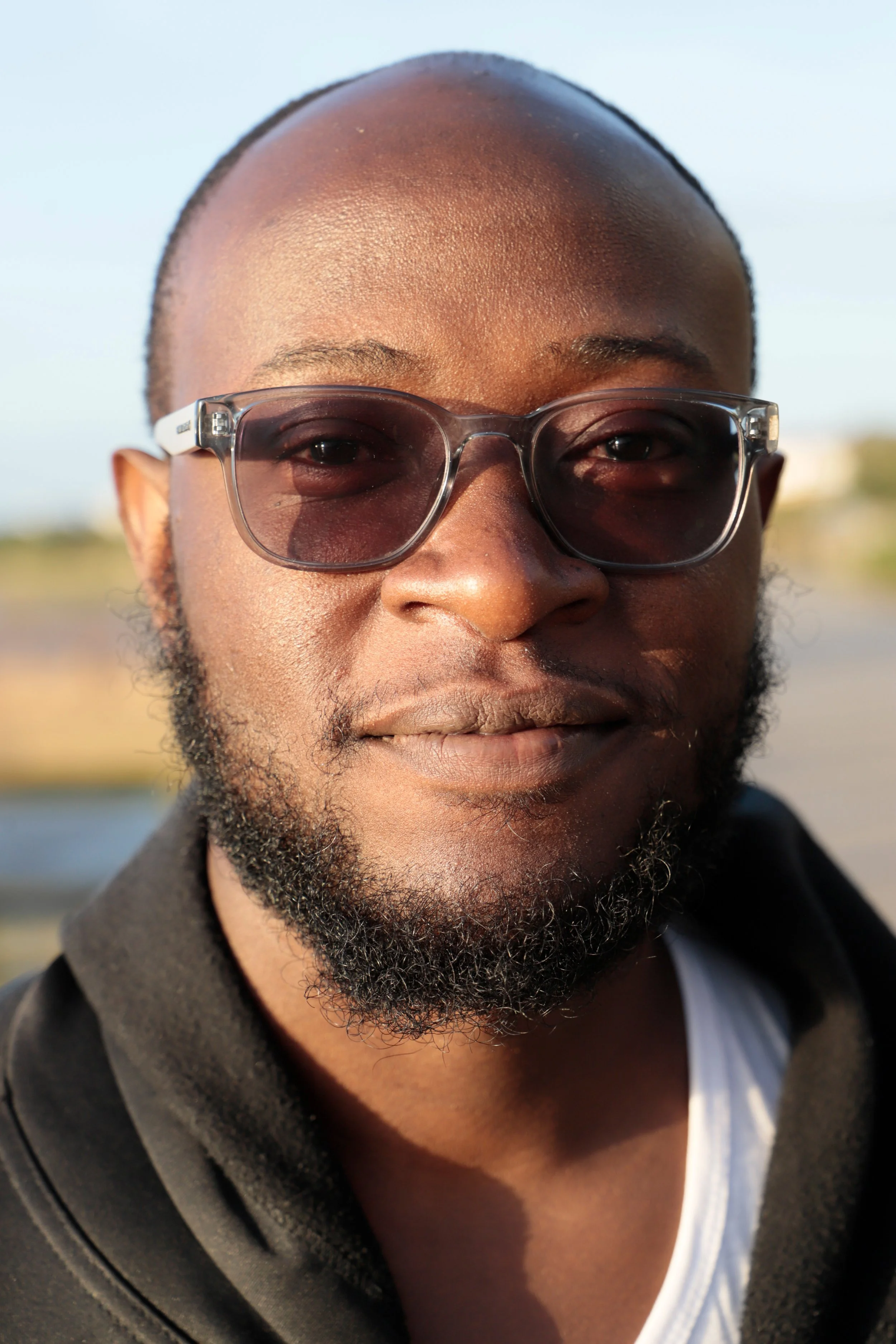
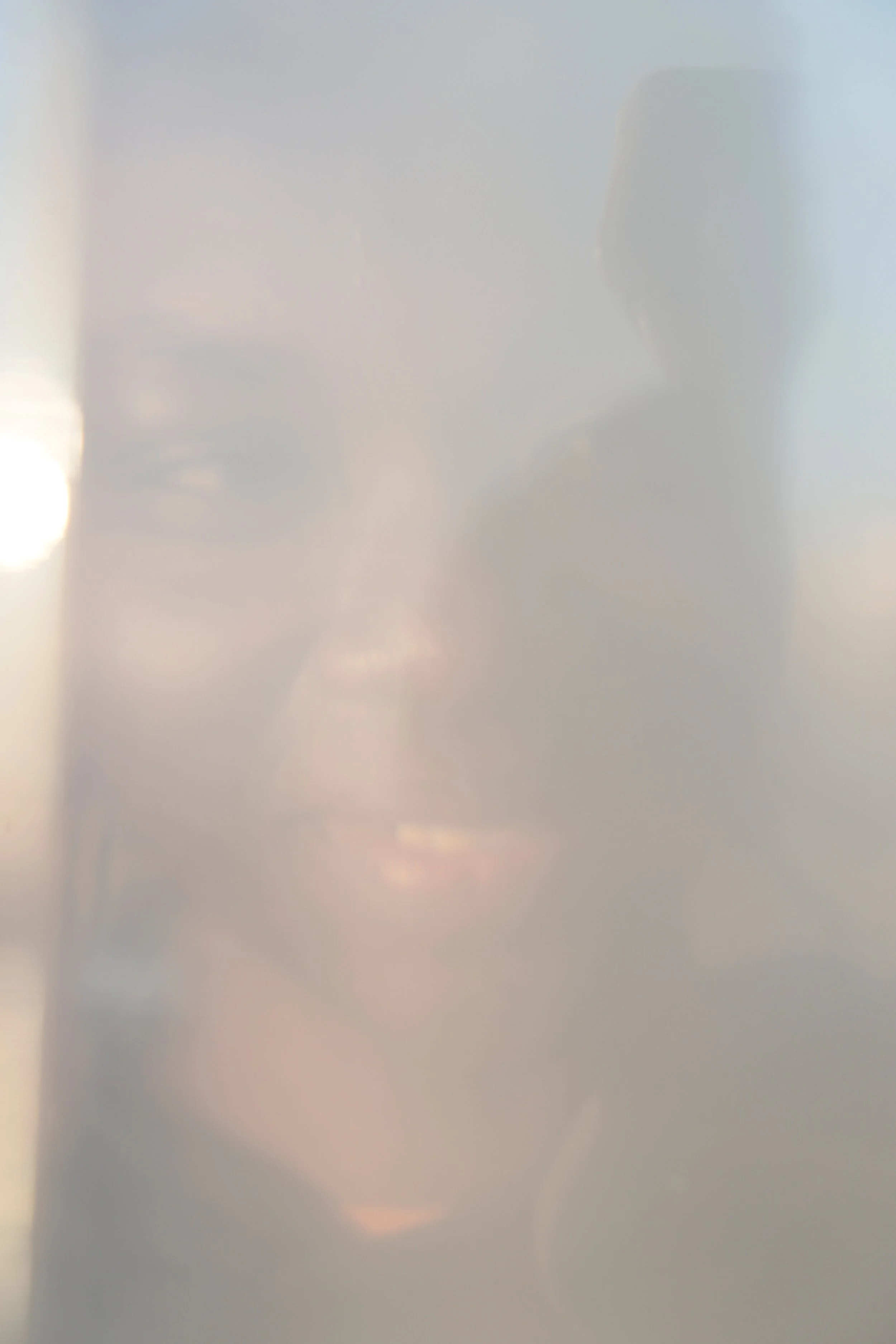
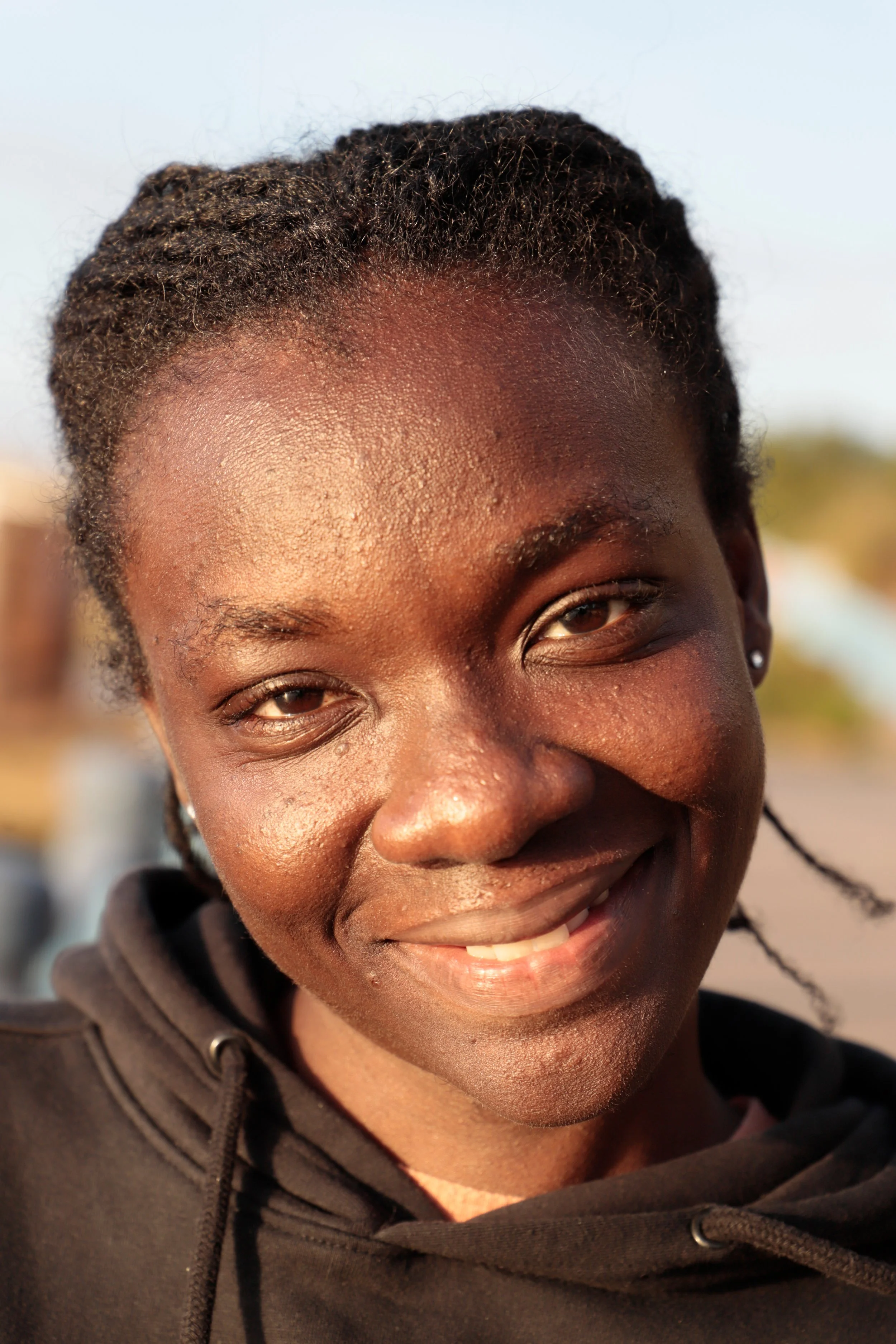
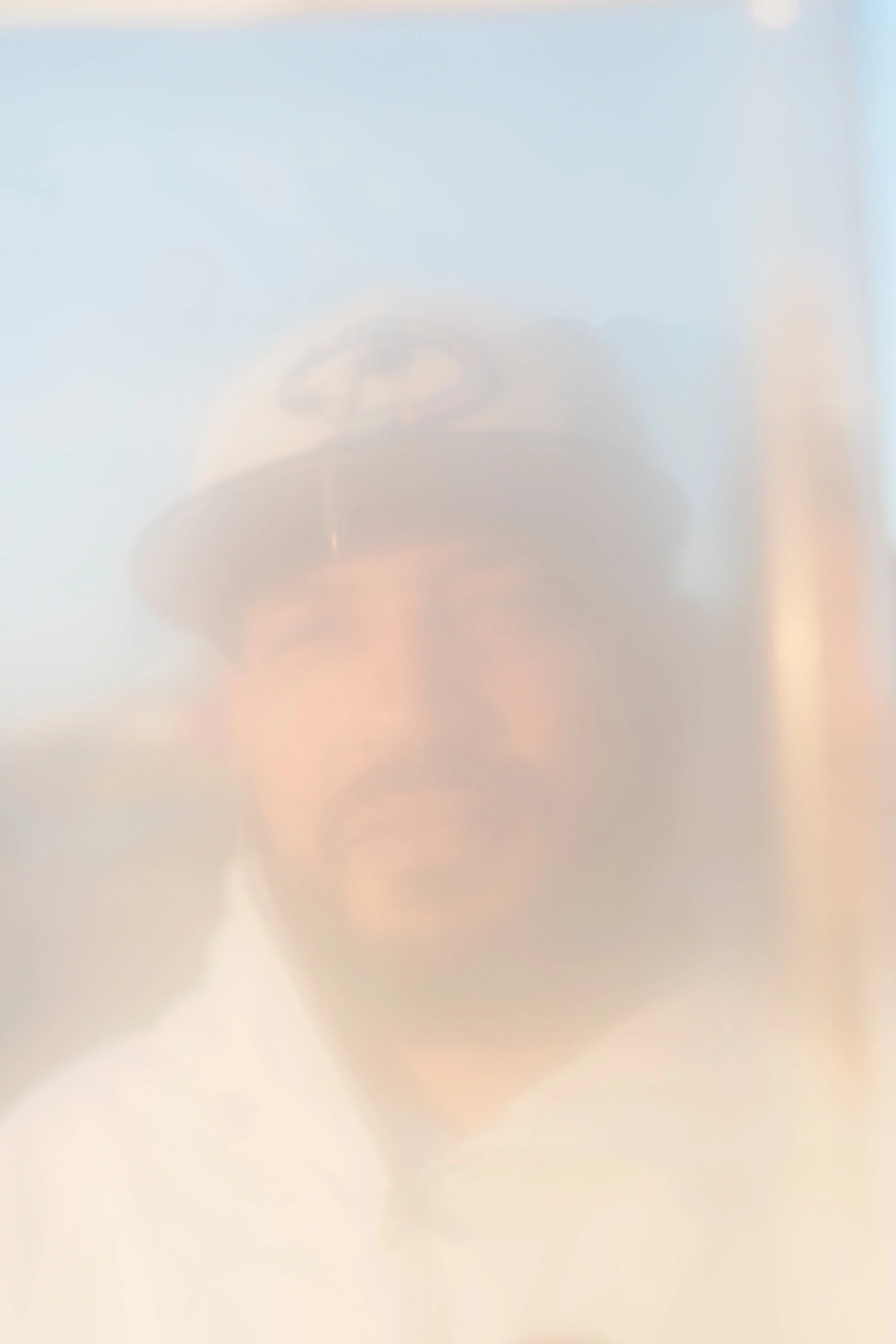
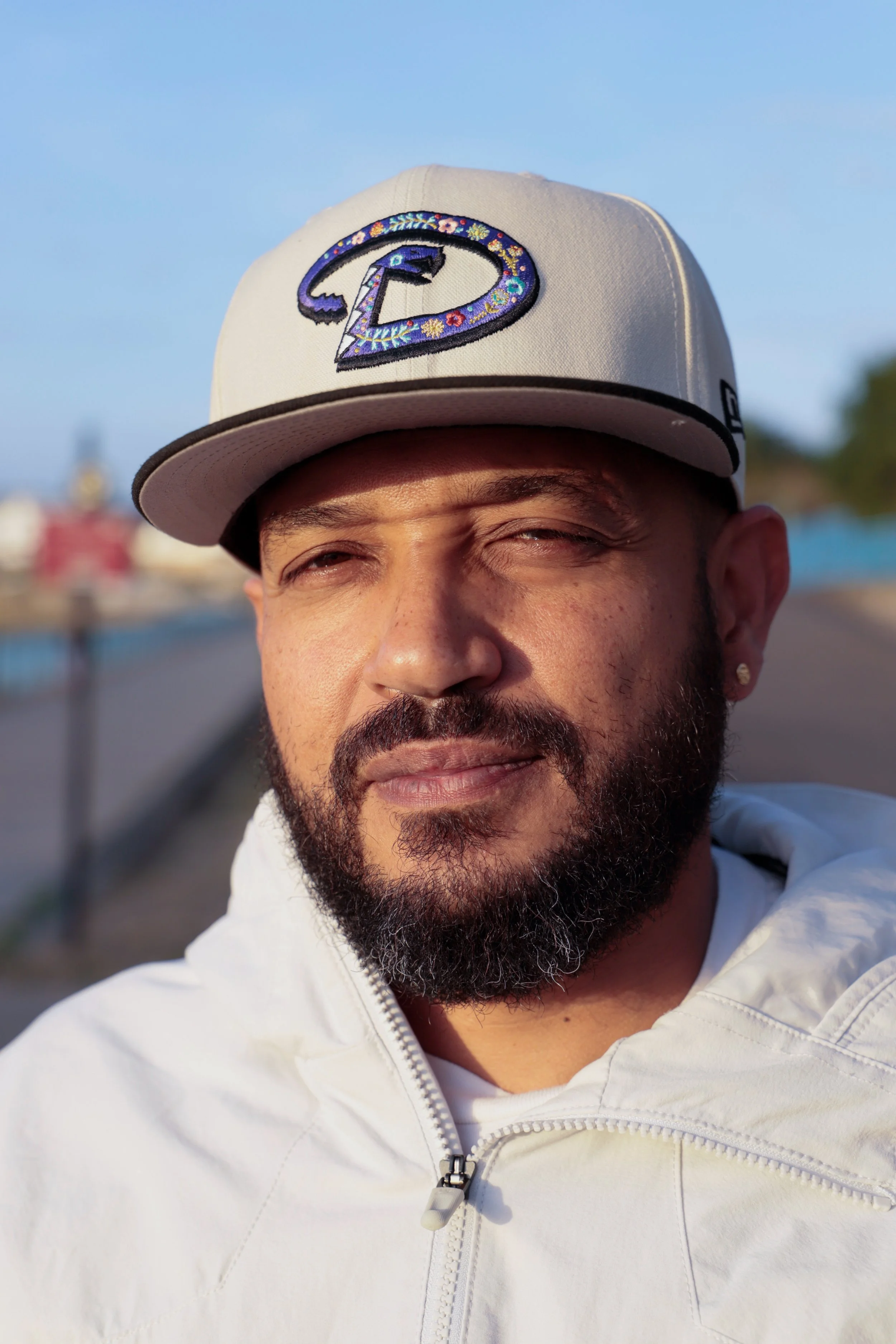
“River Yamuna”

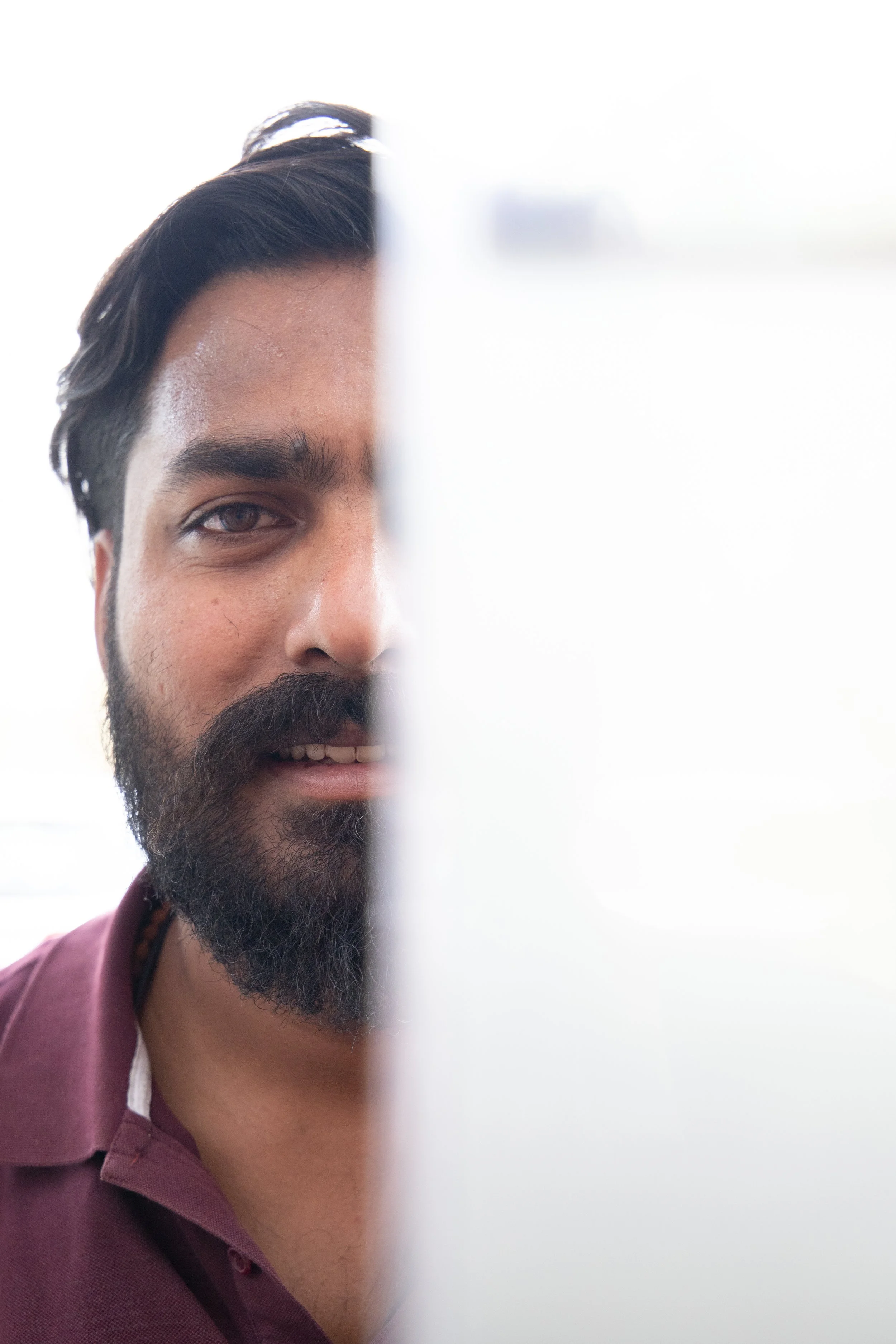
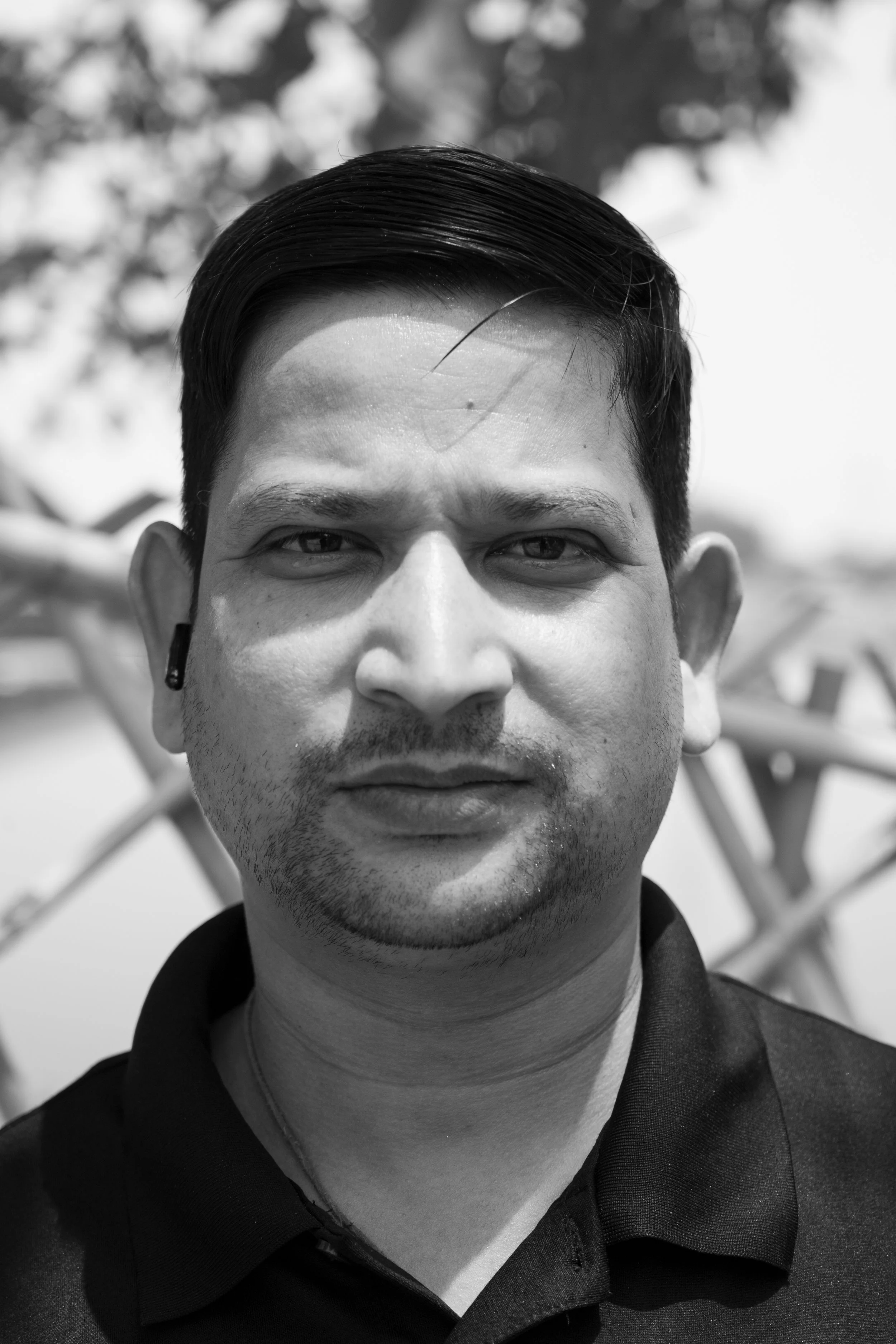
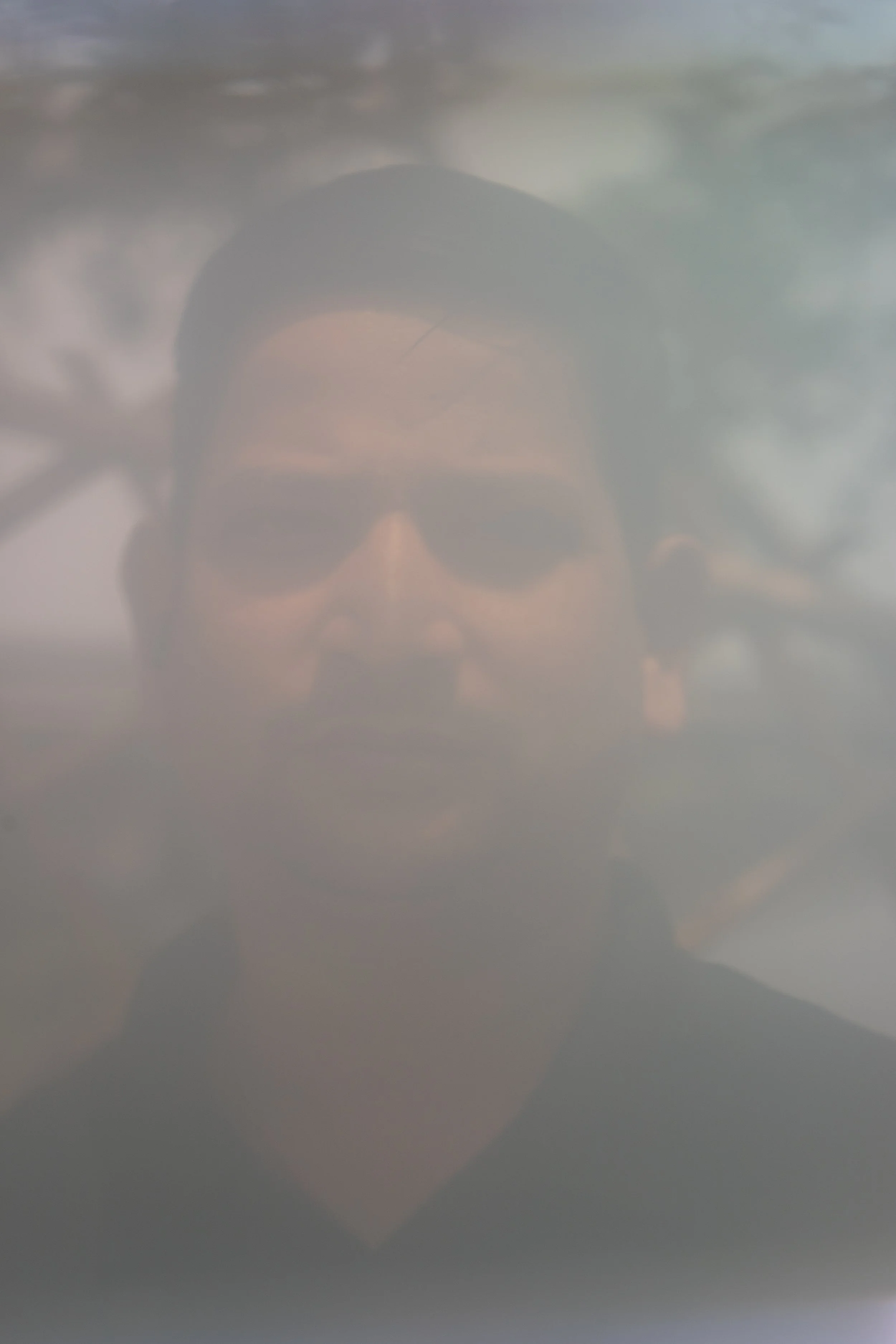
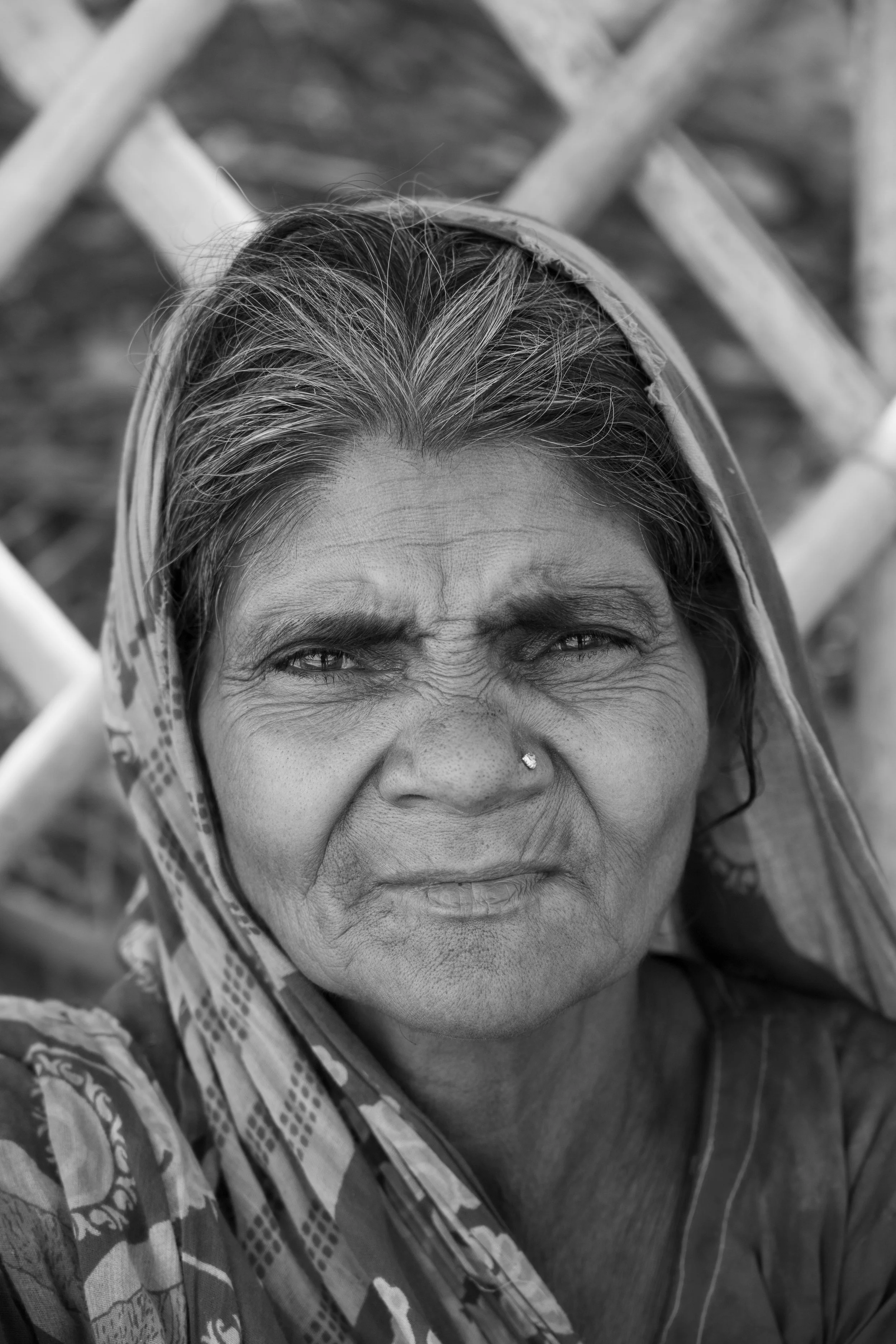
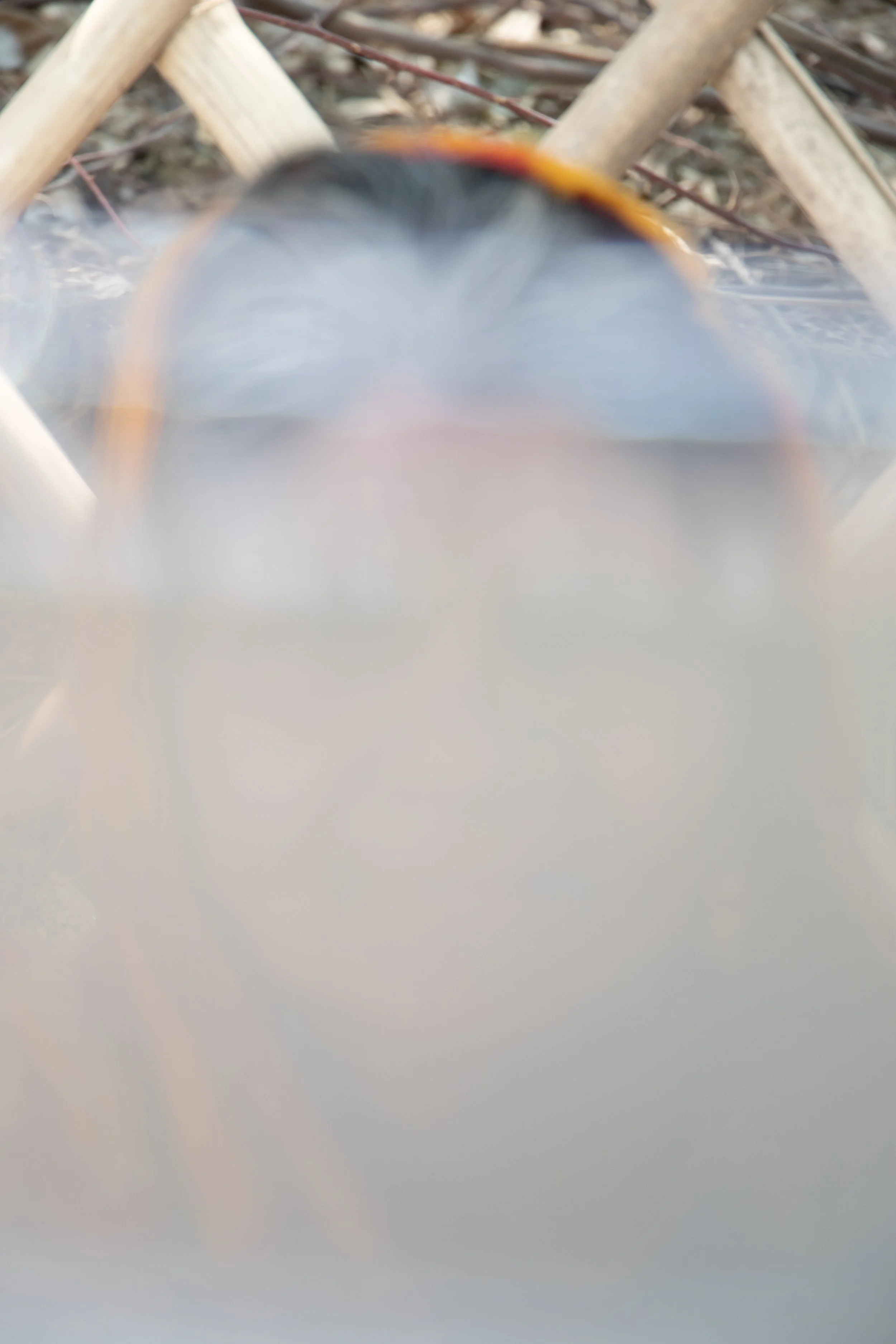
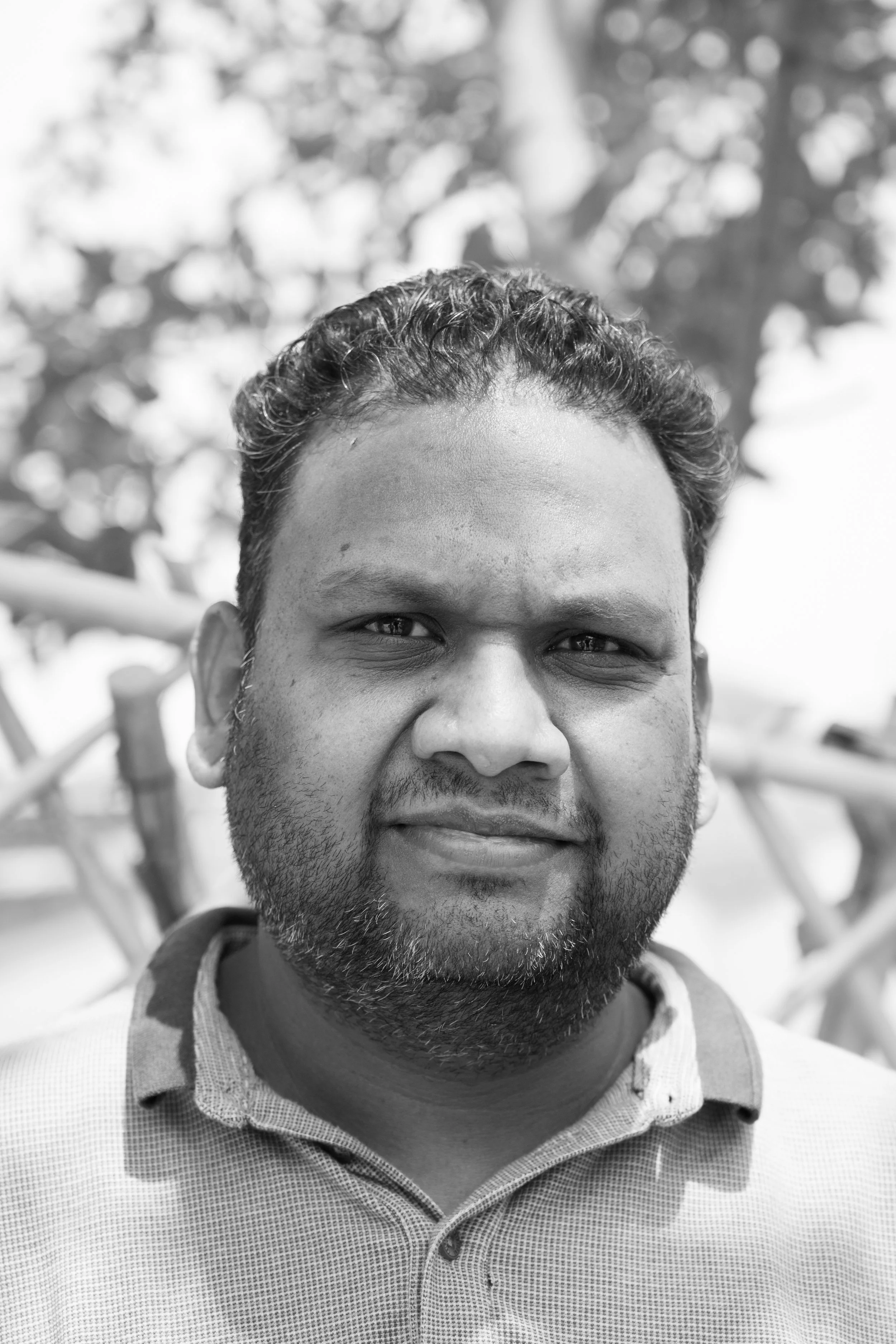
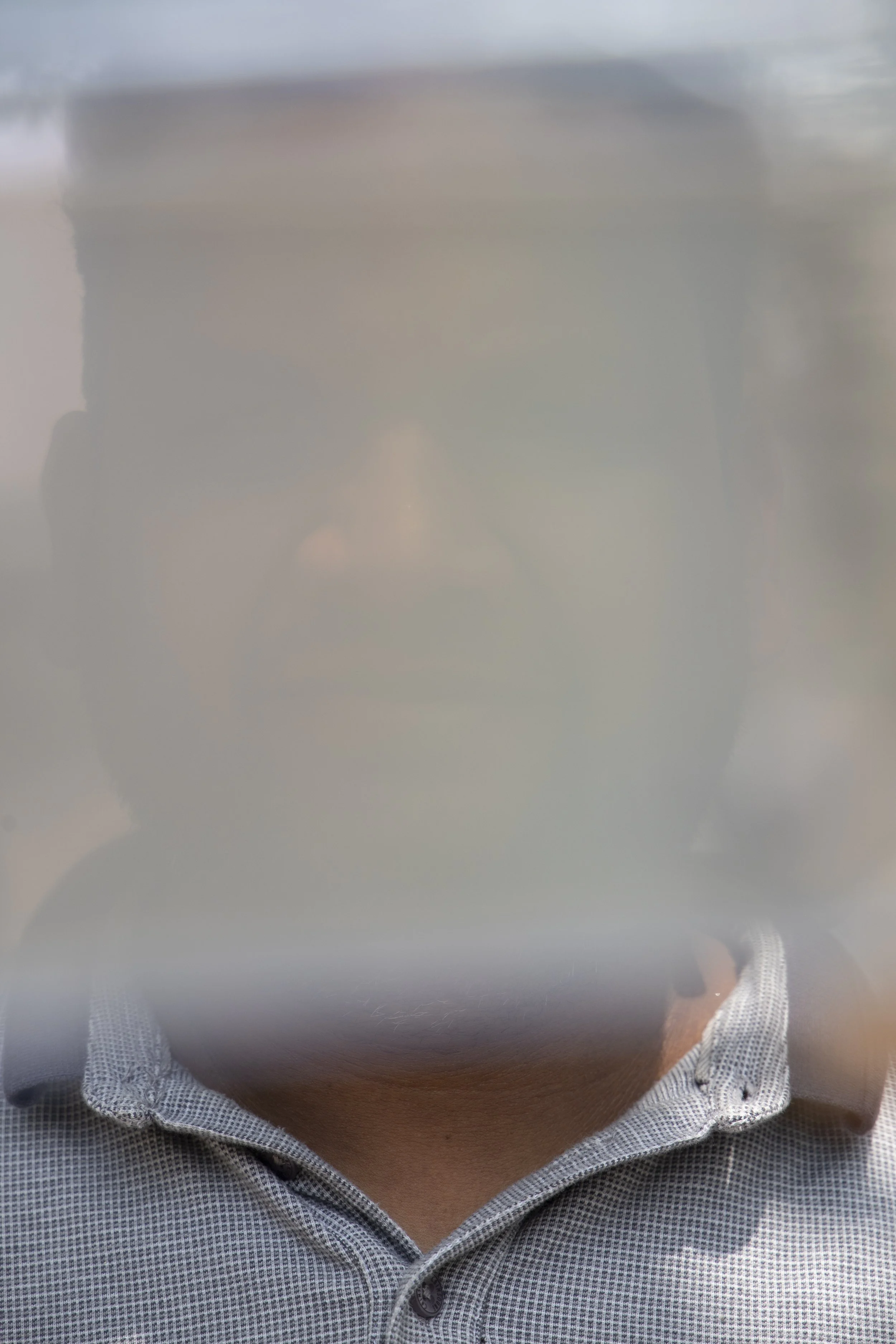
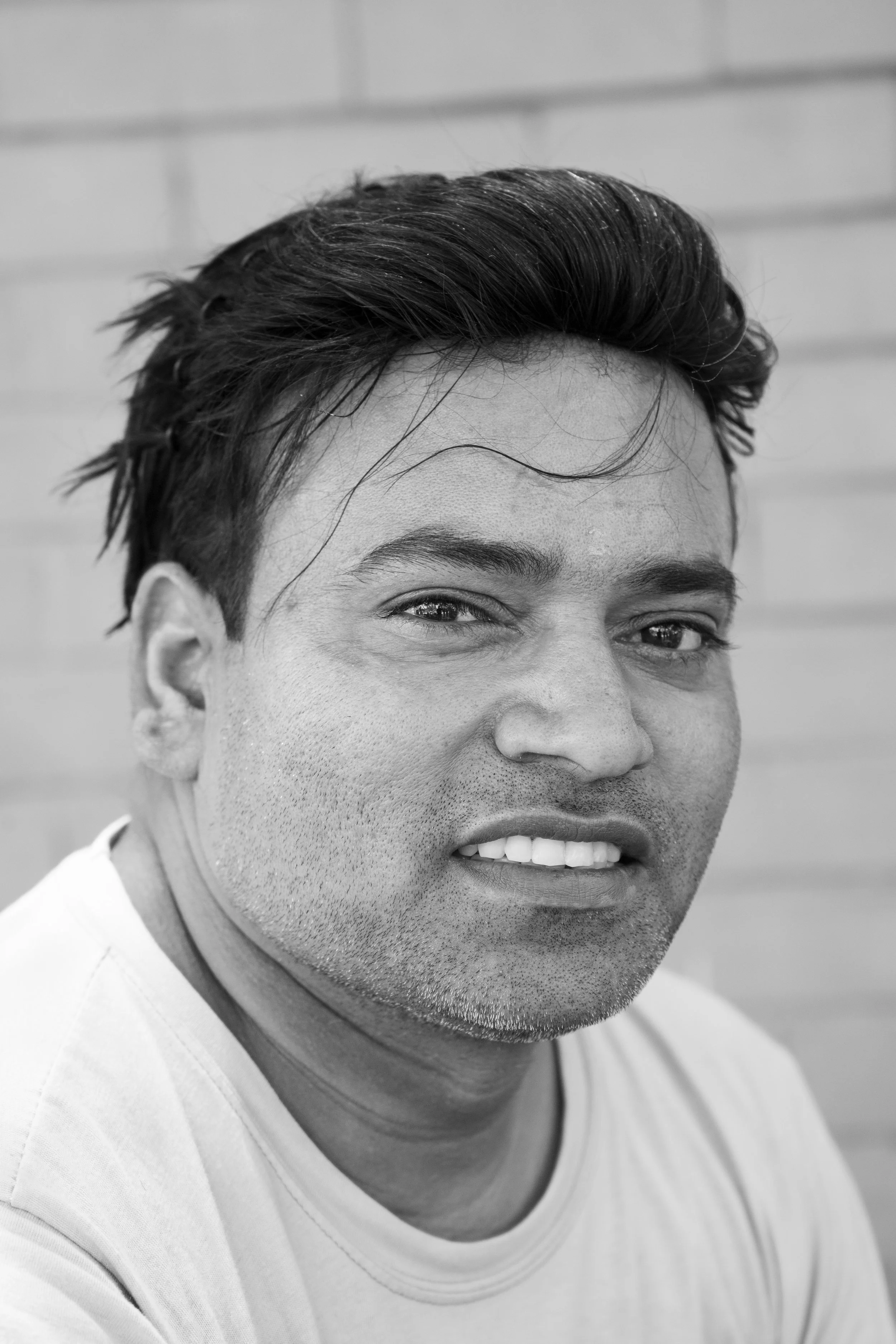
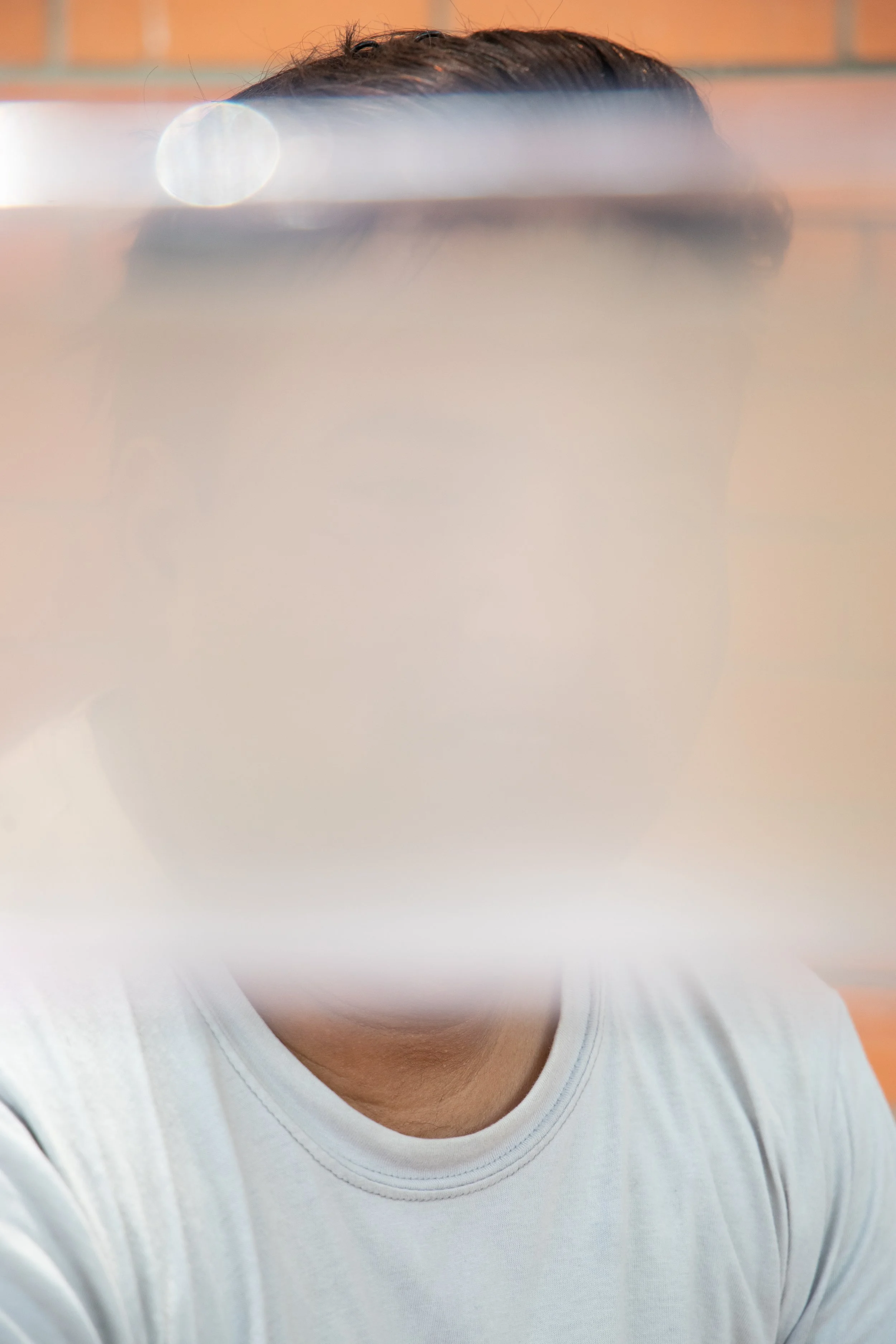
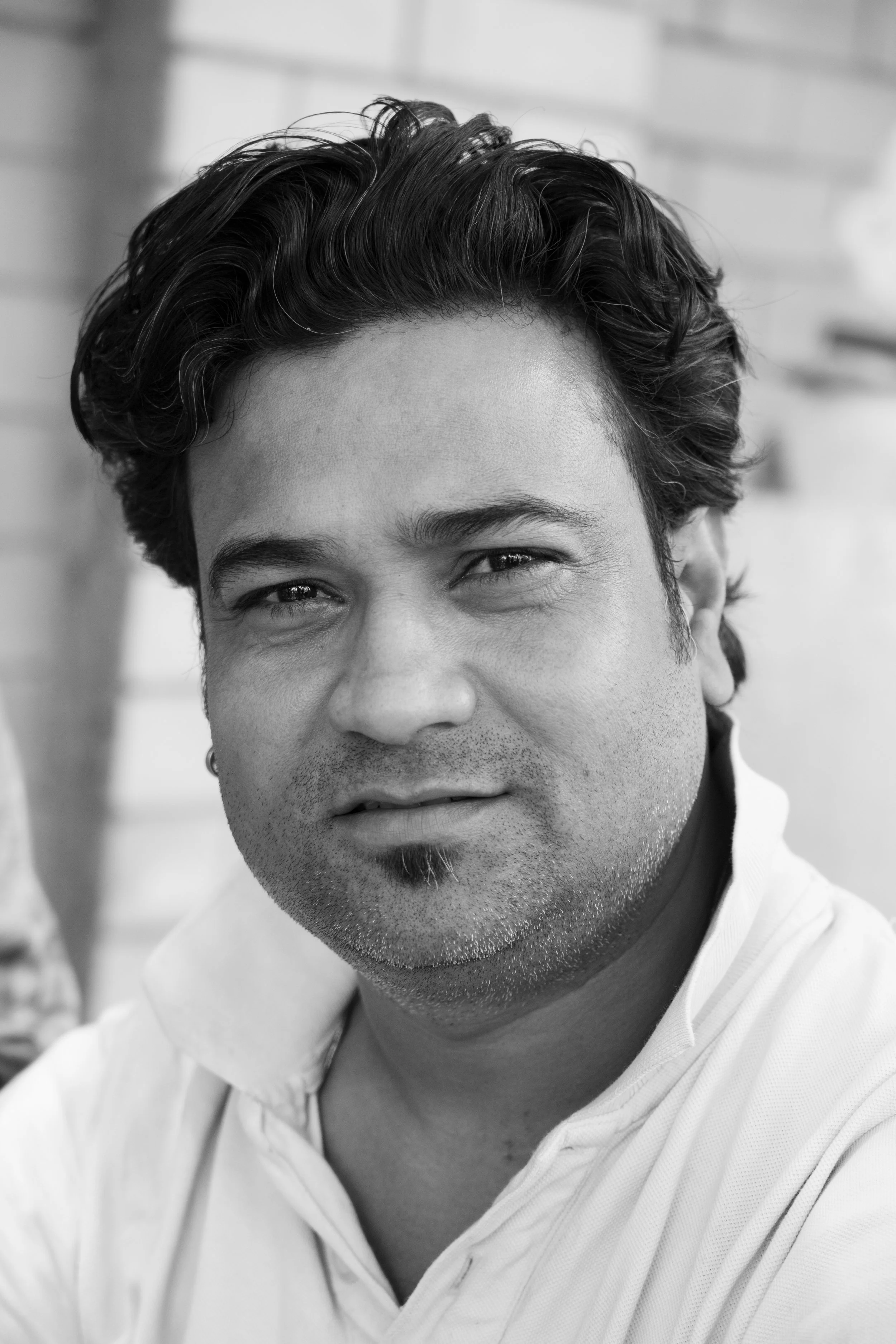
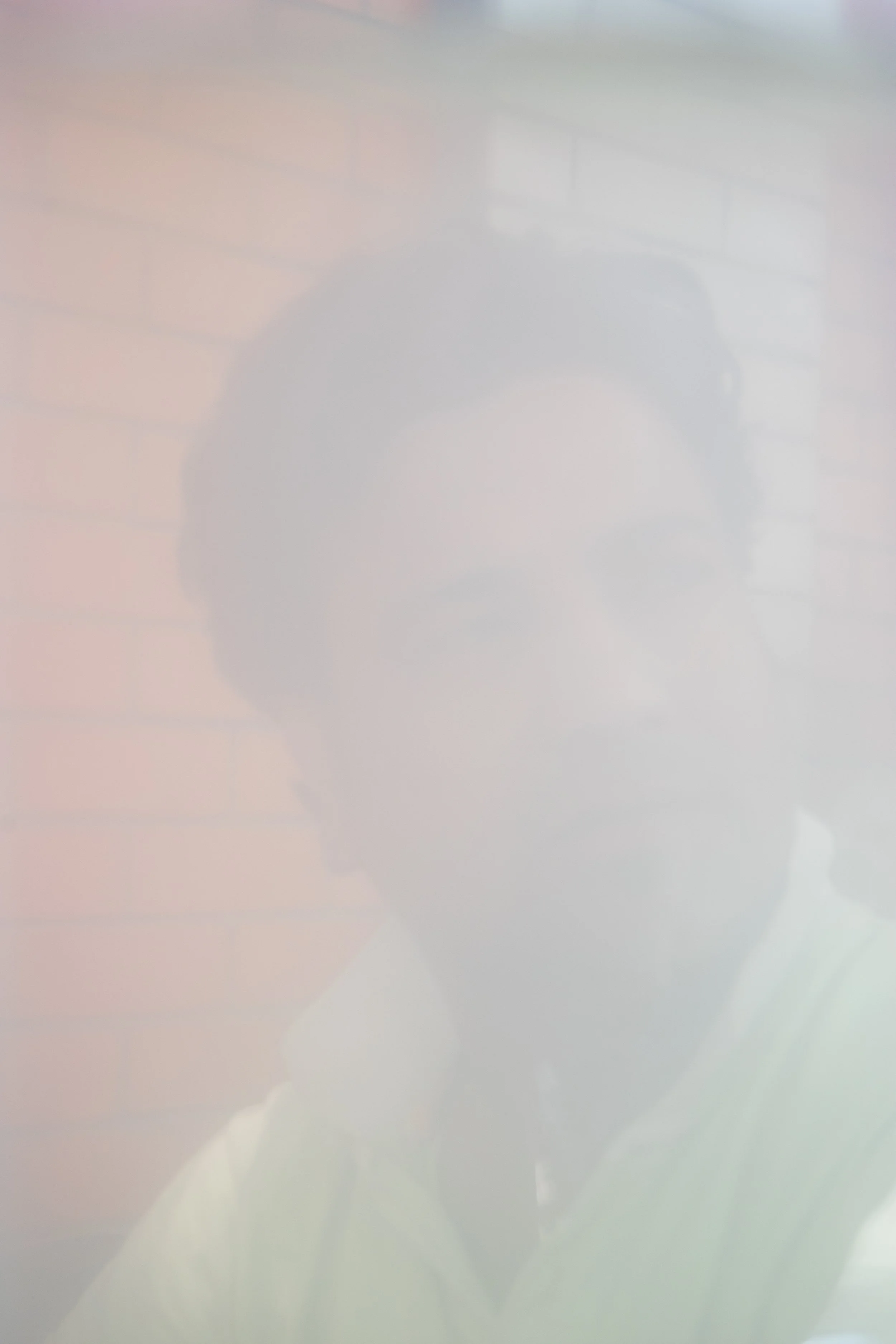
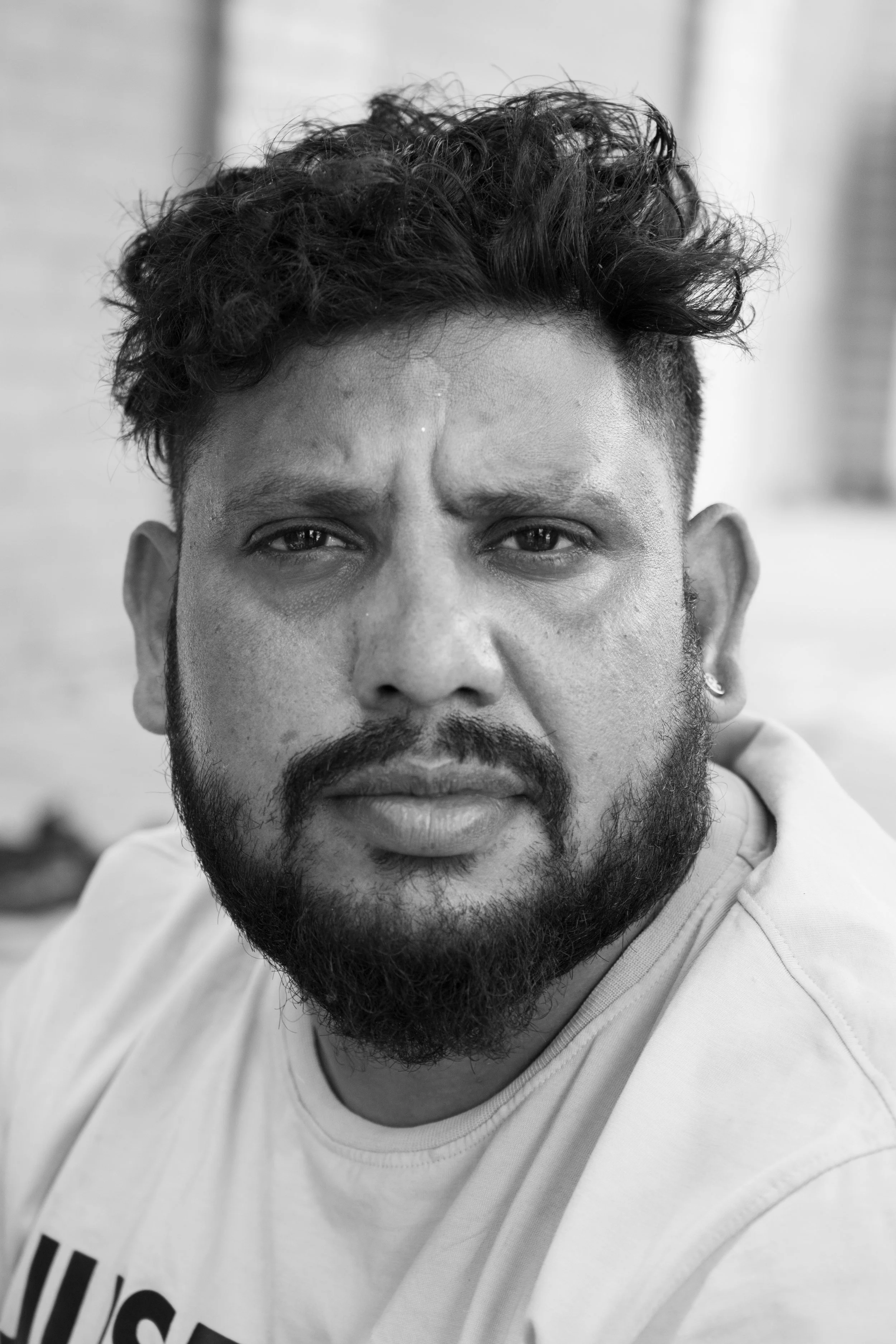
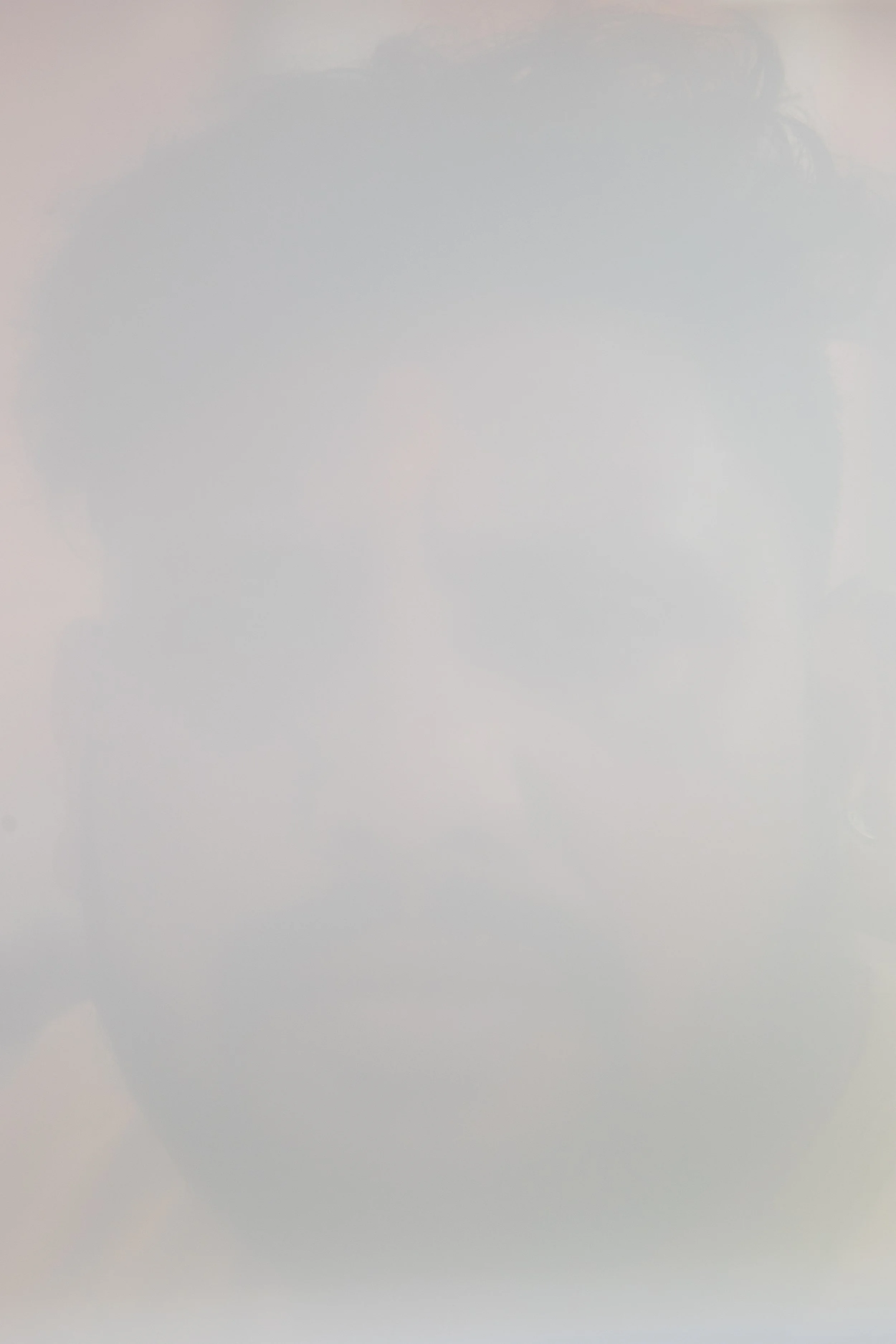
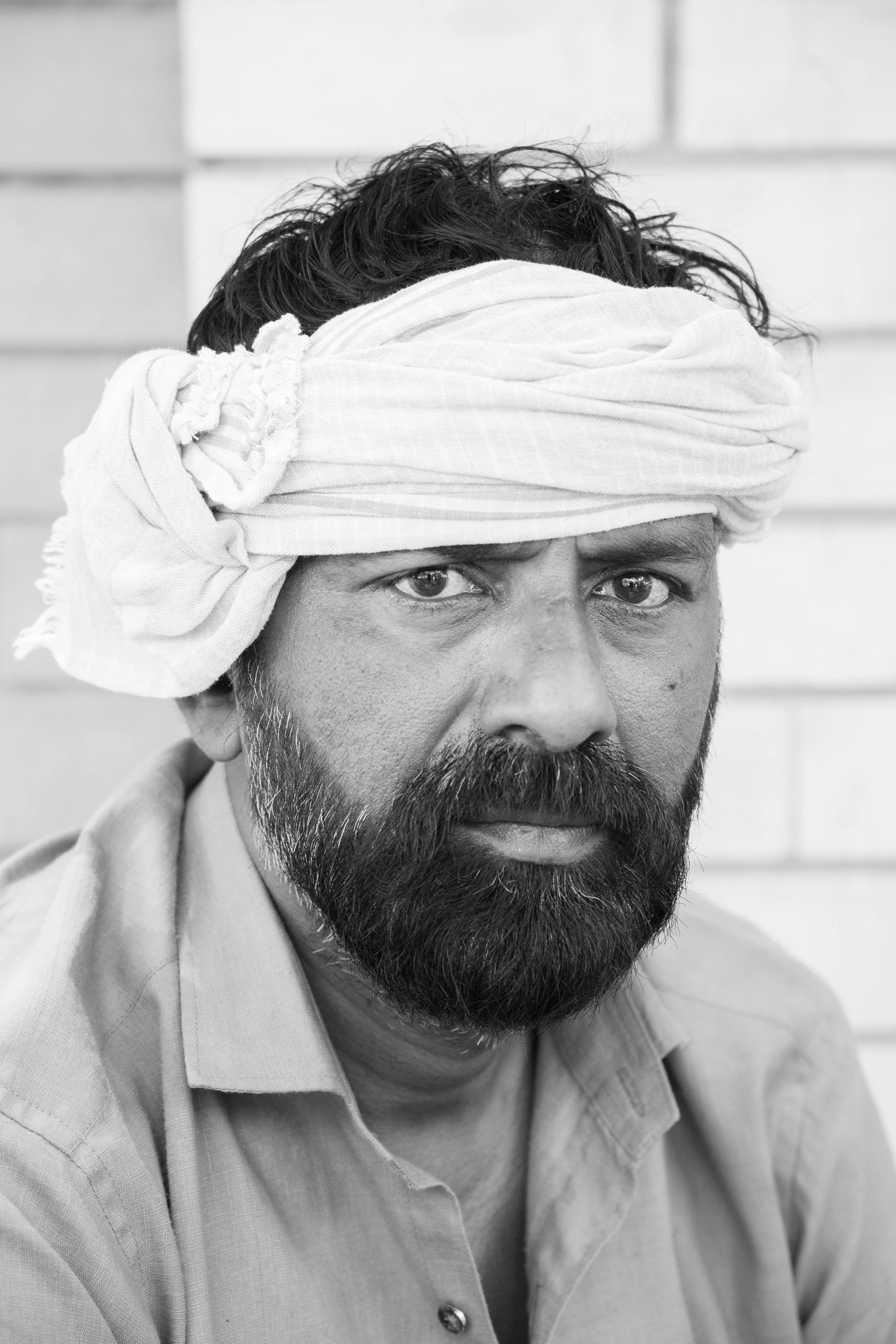

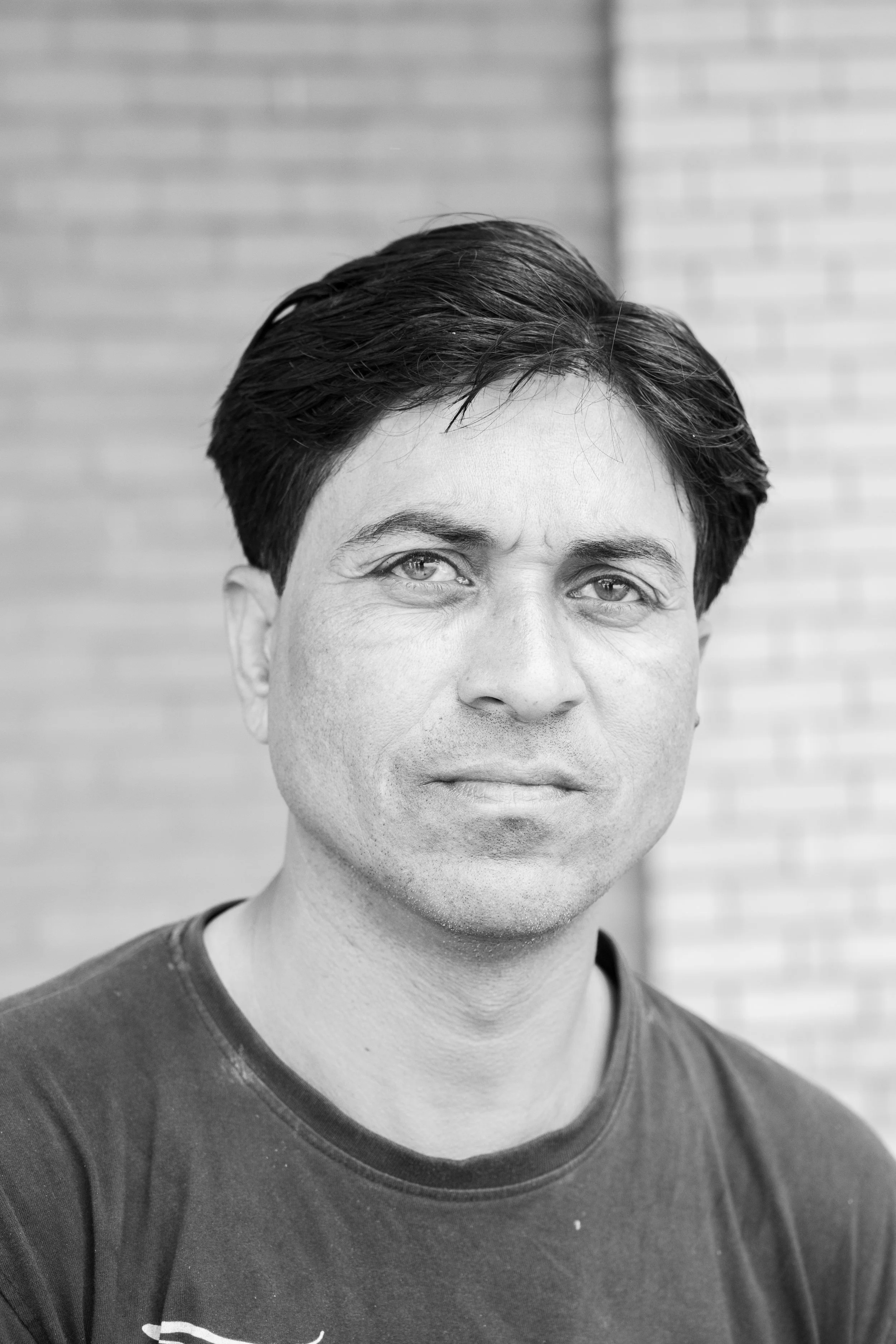
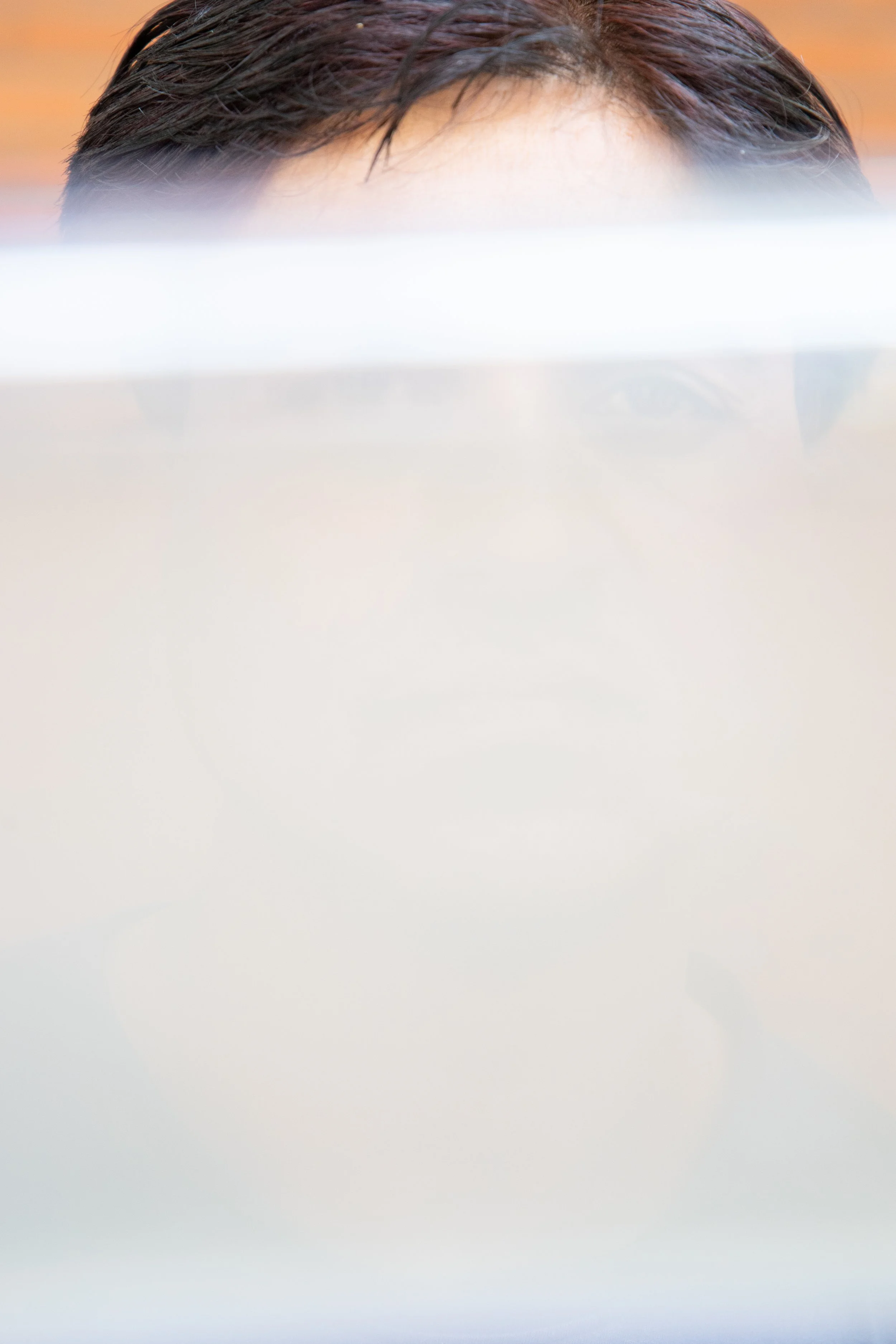
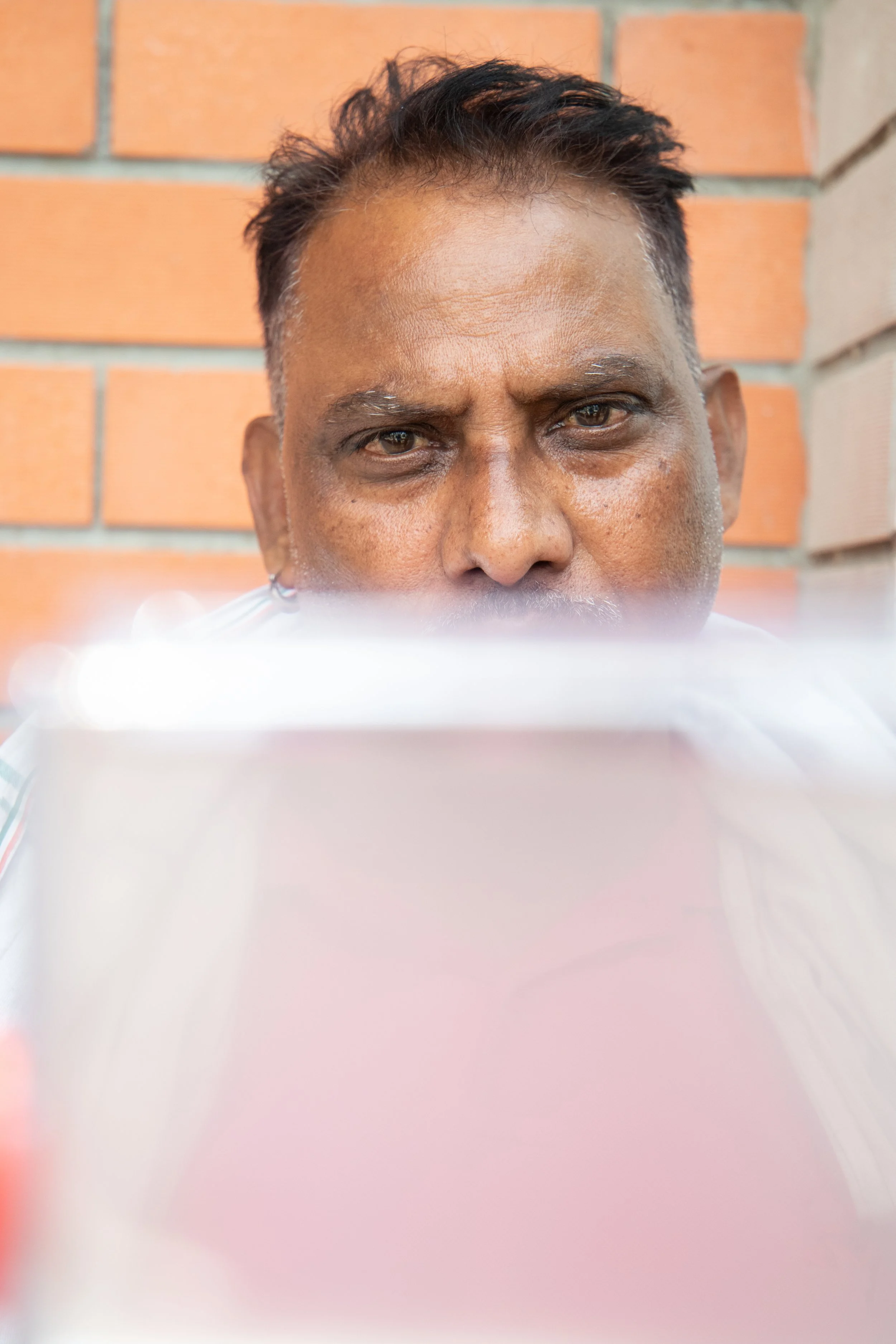
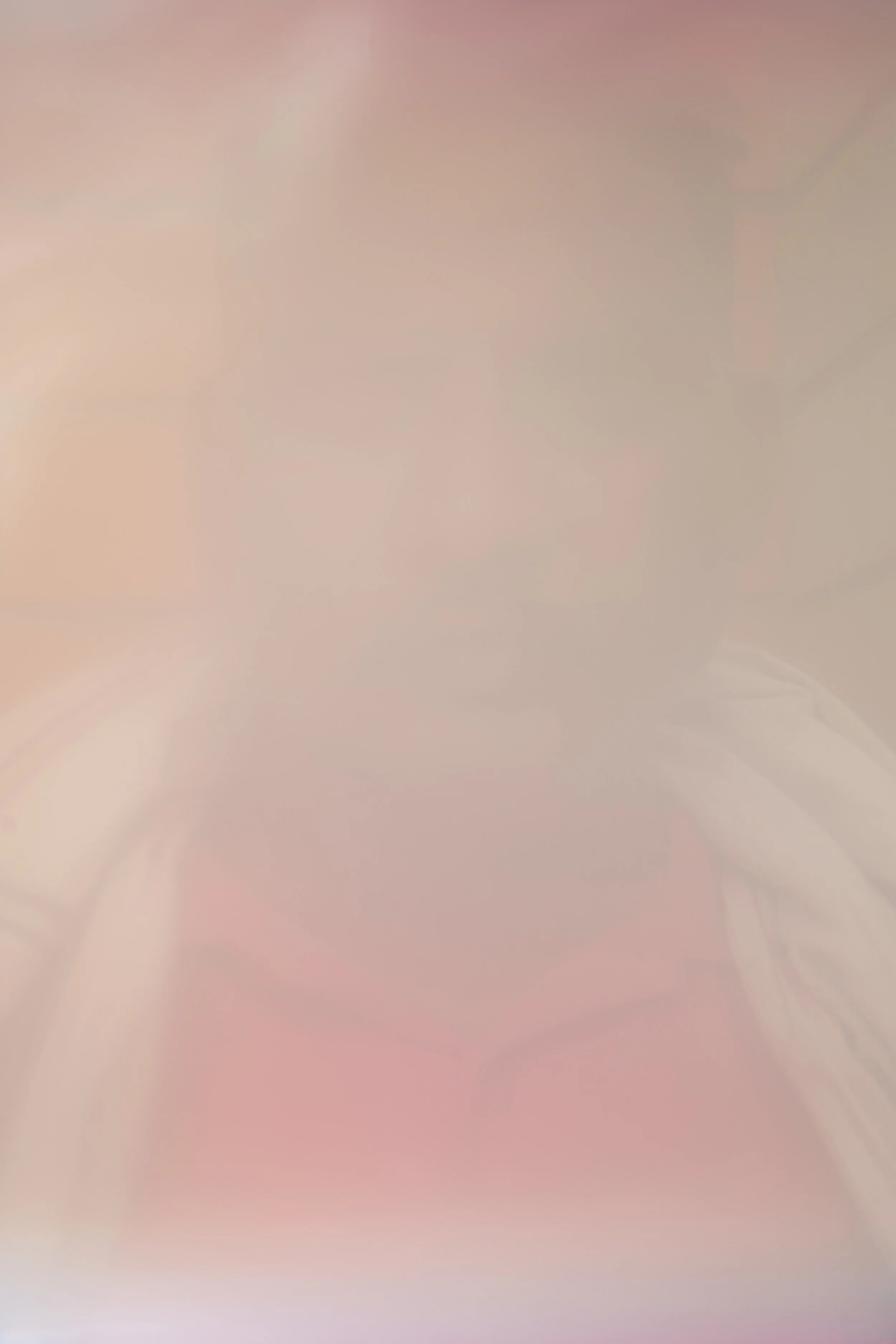
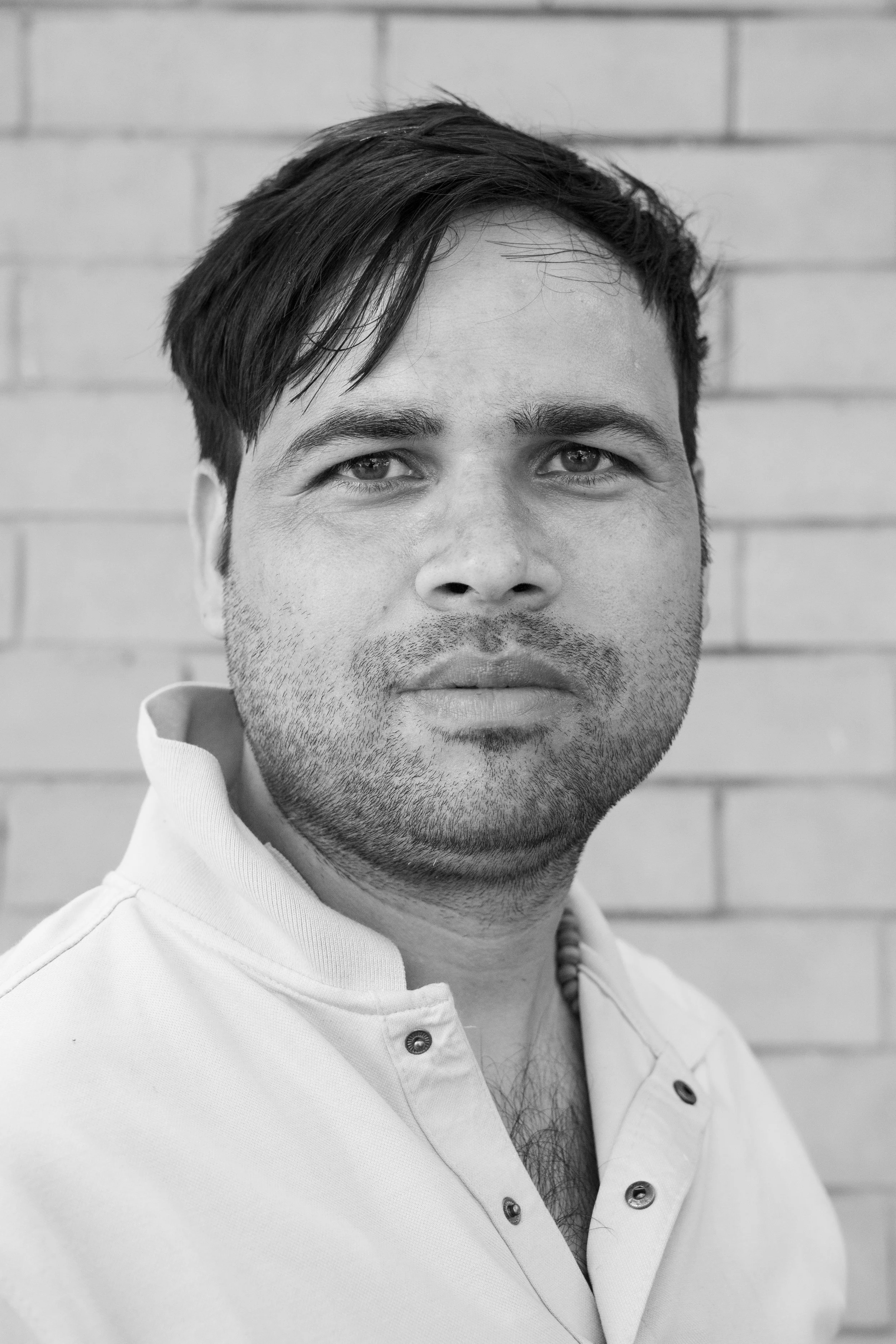
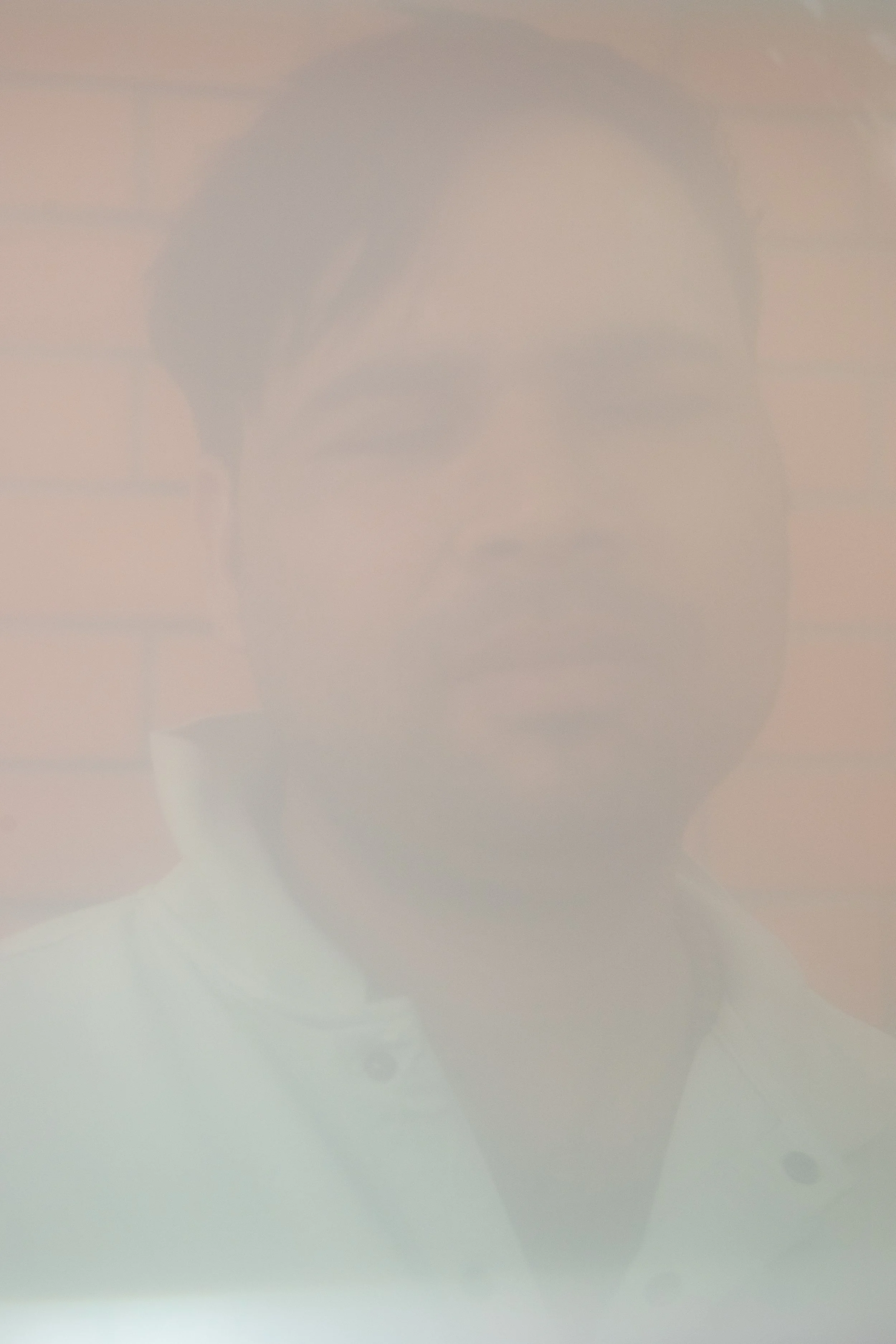
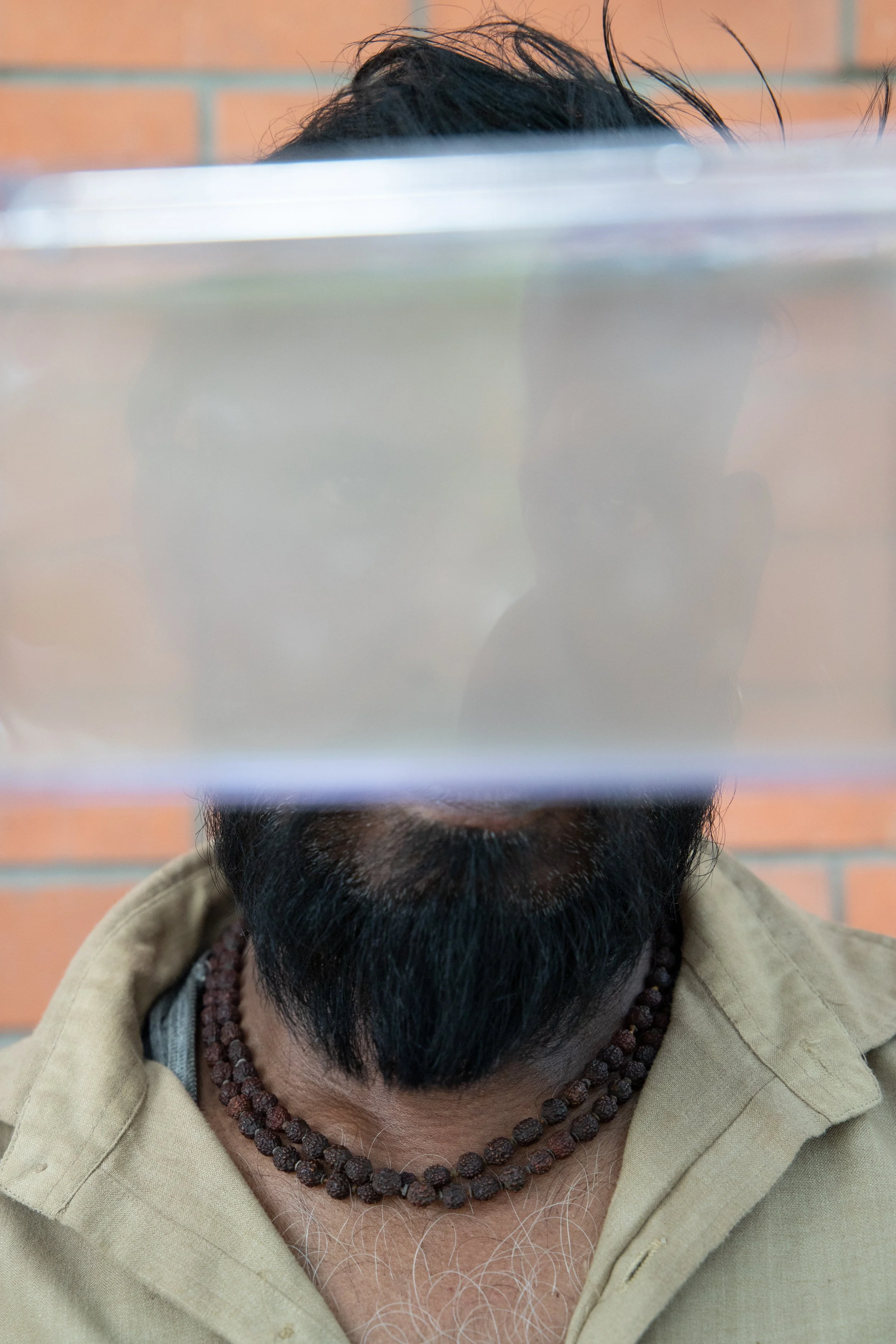
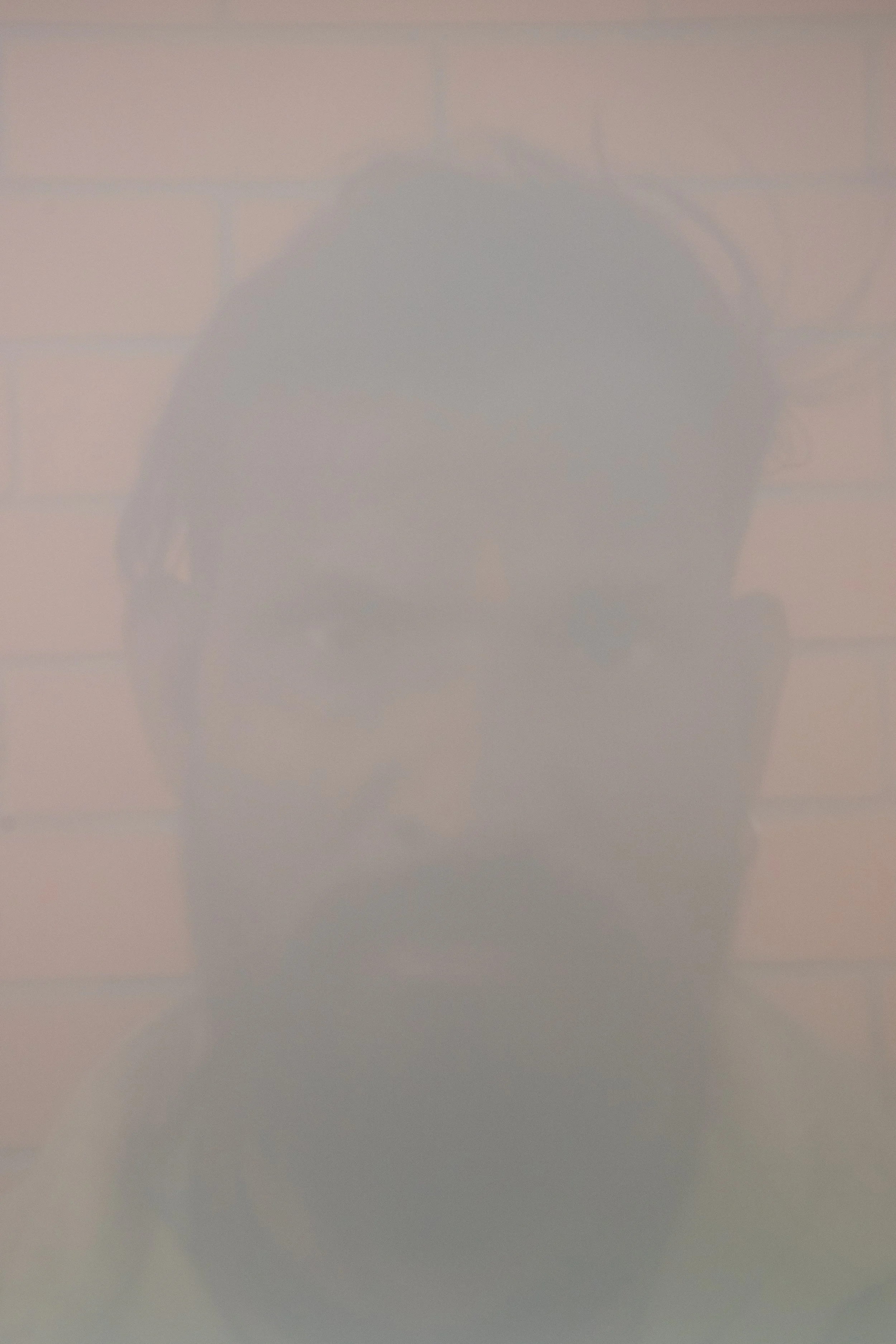
Thames
Yamuna
Exhibhition
Displayed at Atrium Gallery, London Metropolitan University
12th-18th May 2025
Reminiscence
An immersive installation connecting the rivers Yamuna (Delhi) and Thames (London) through portraiture, sound, and light. The work explored memory, belonging, and ecological witness, transforming the gallery into a confluence where rivers and people met.
Presented during Mental Health Awareness Week 2025.
Supported by London Metropolitan University and The Public Art & Performative Practices MA programme.
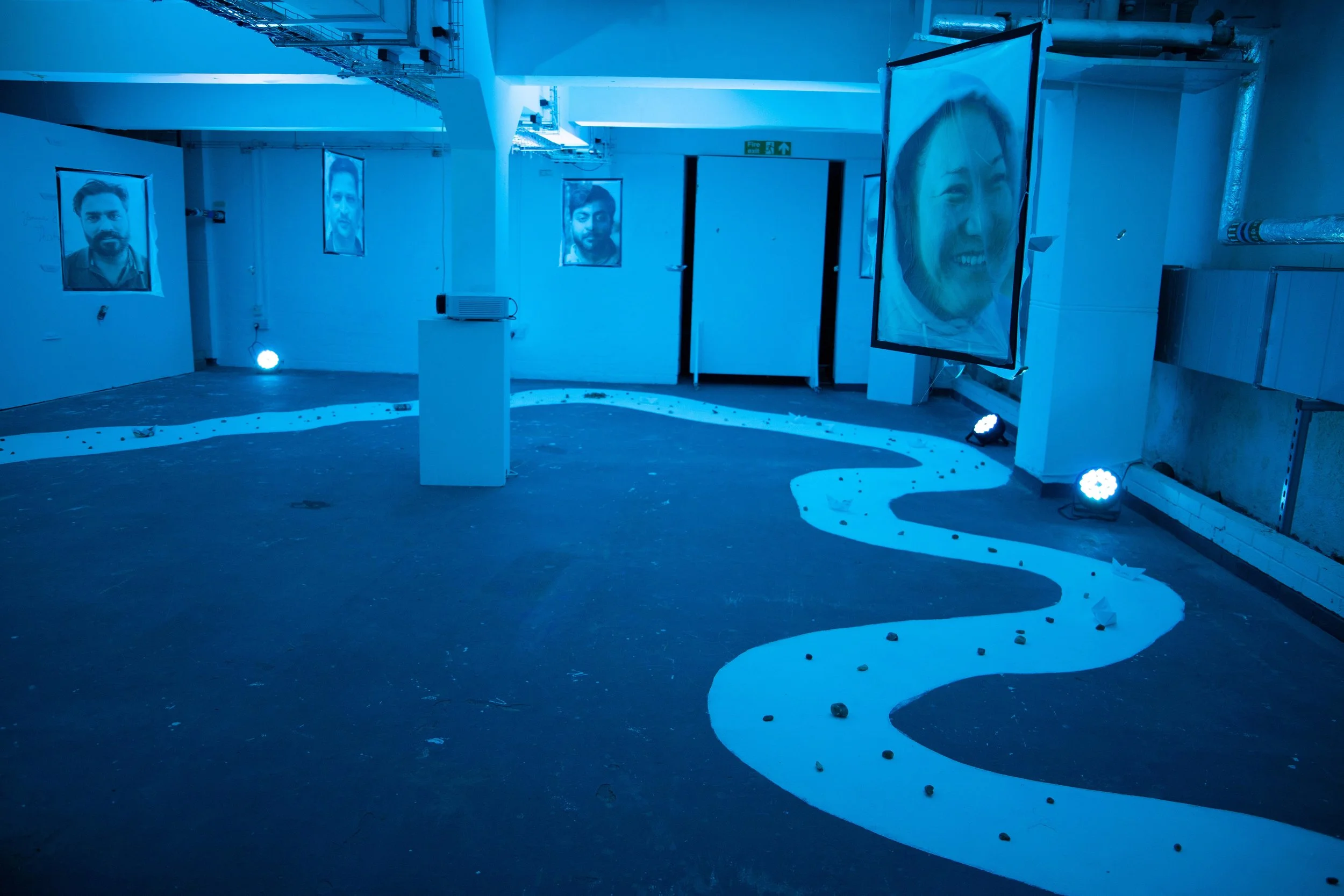
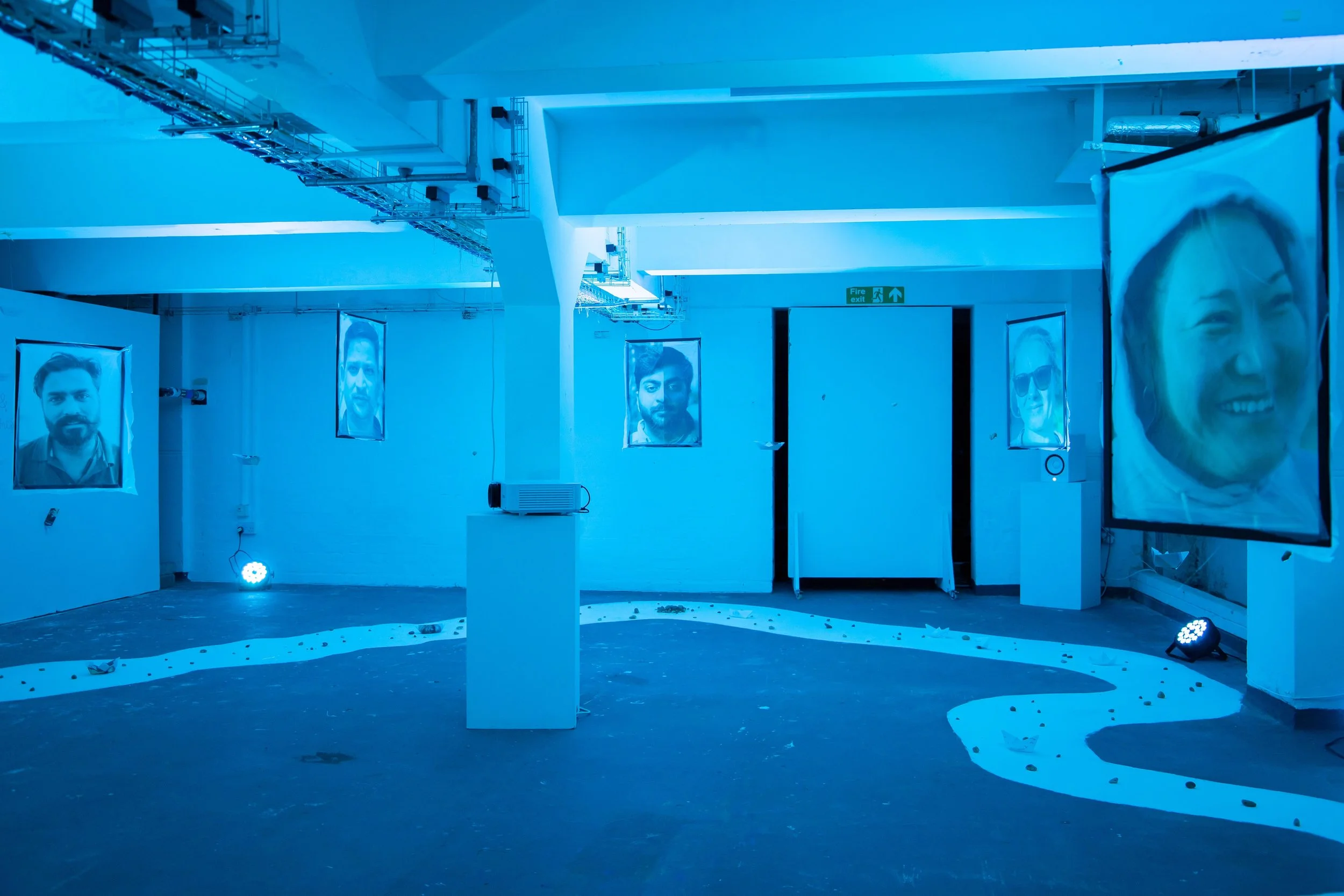
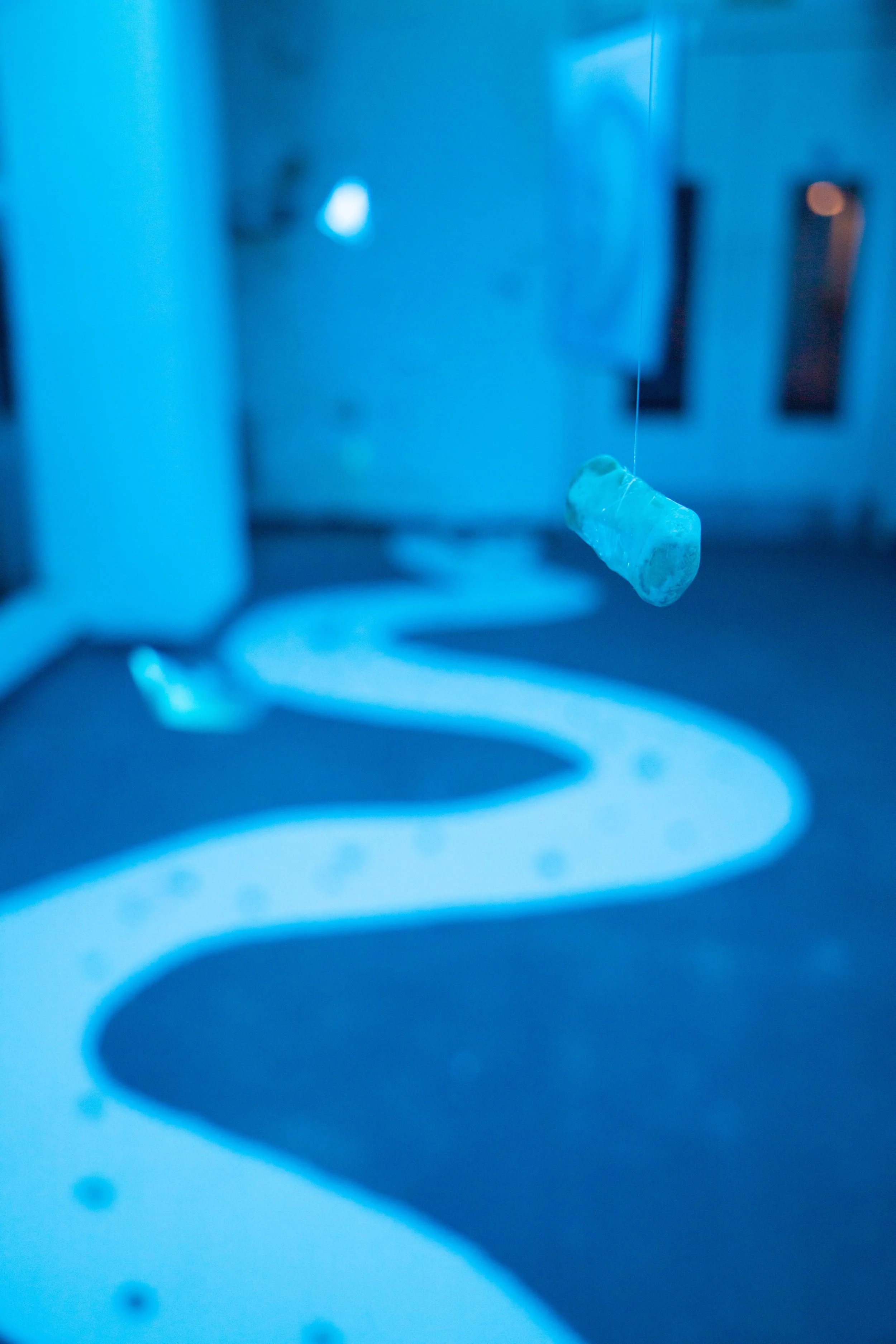
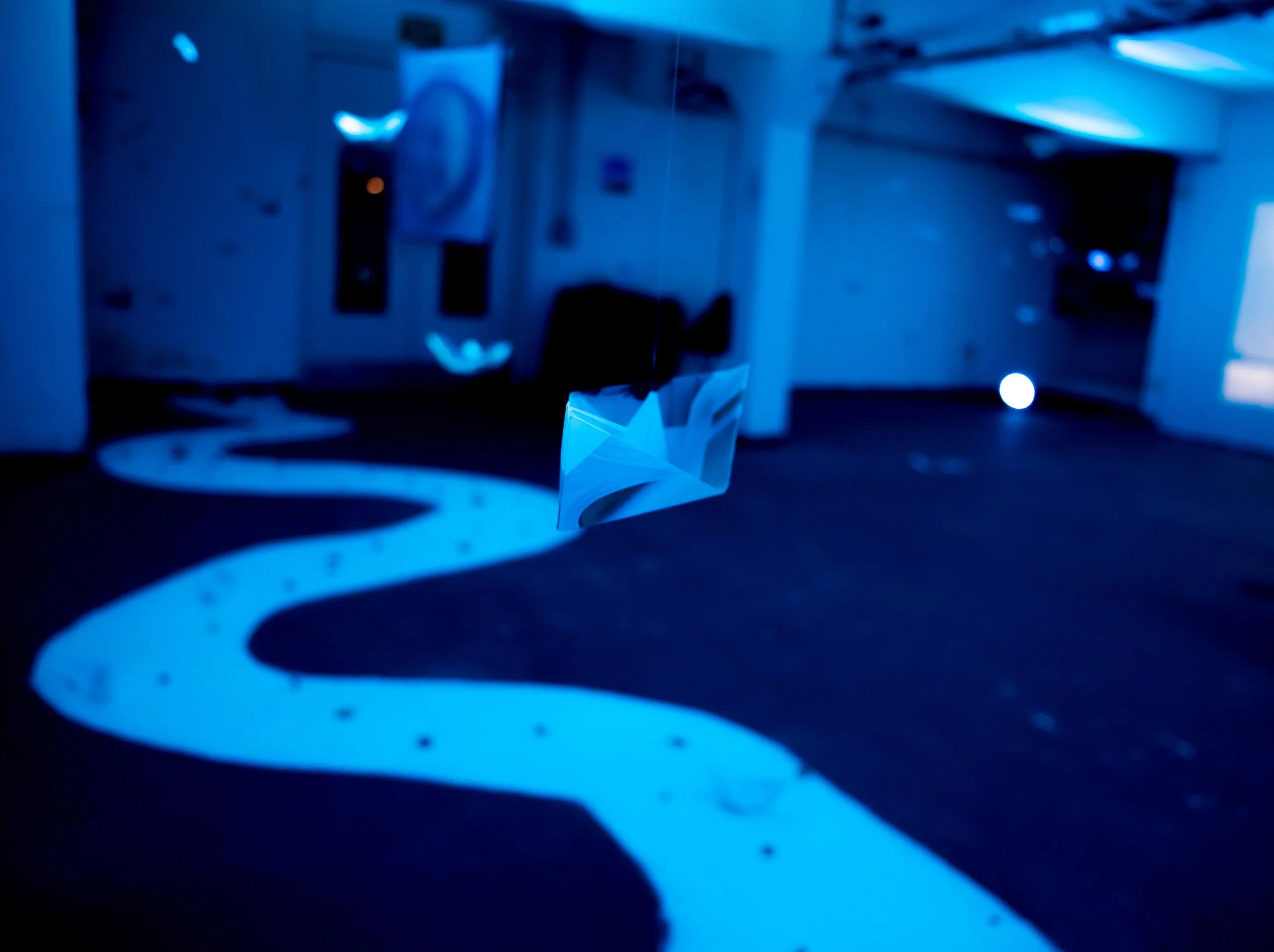
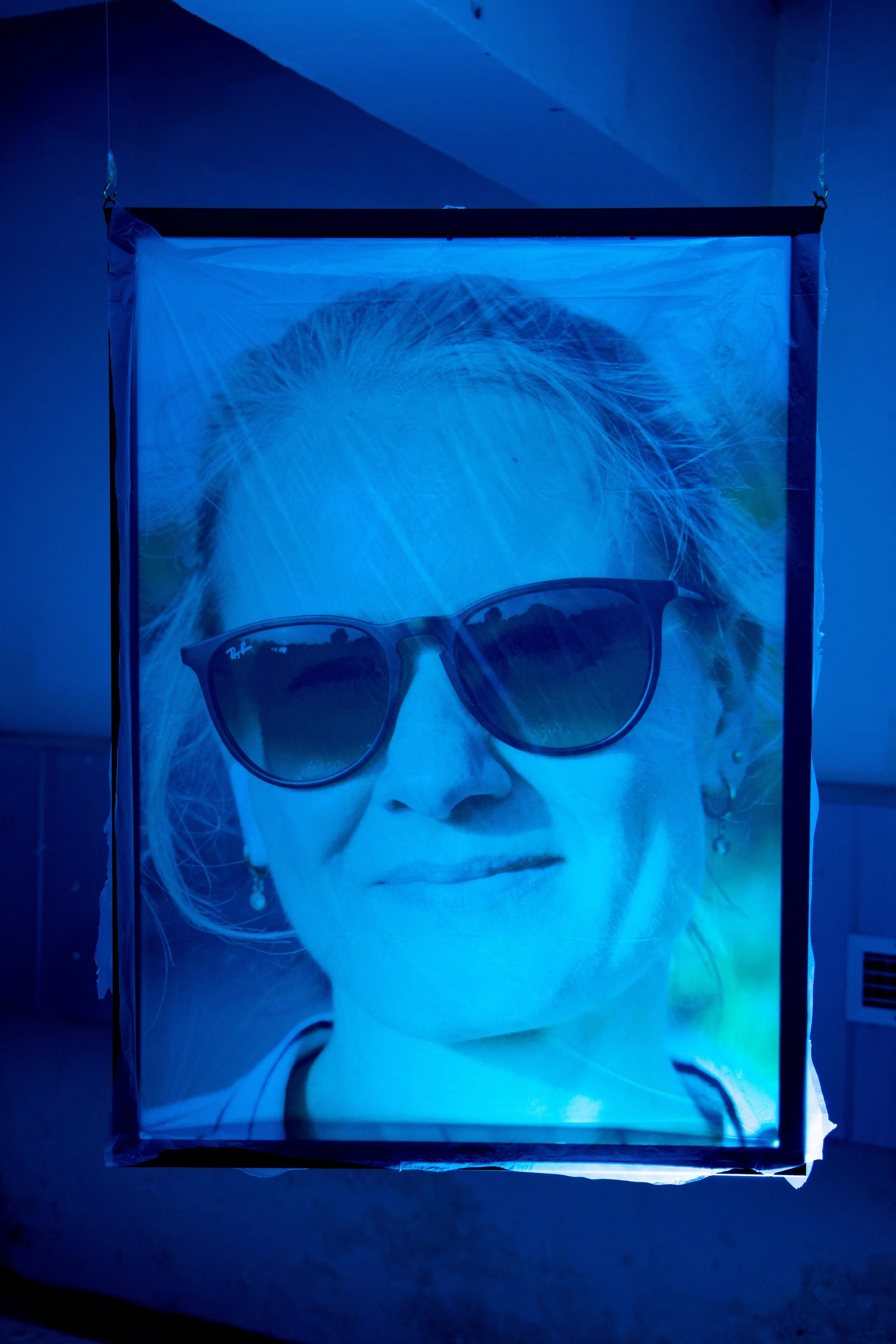
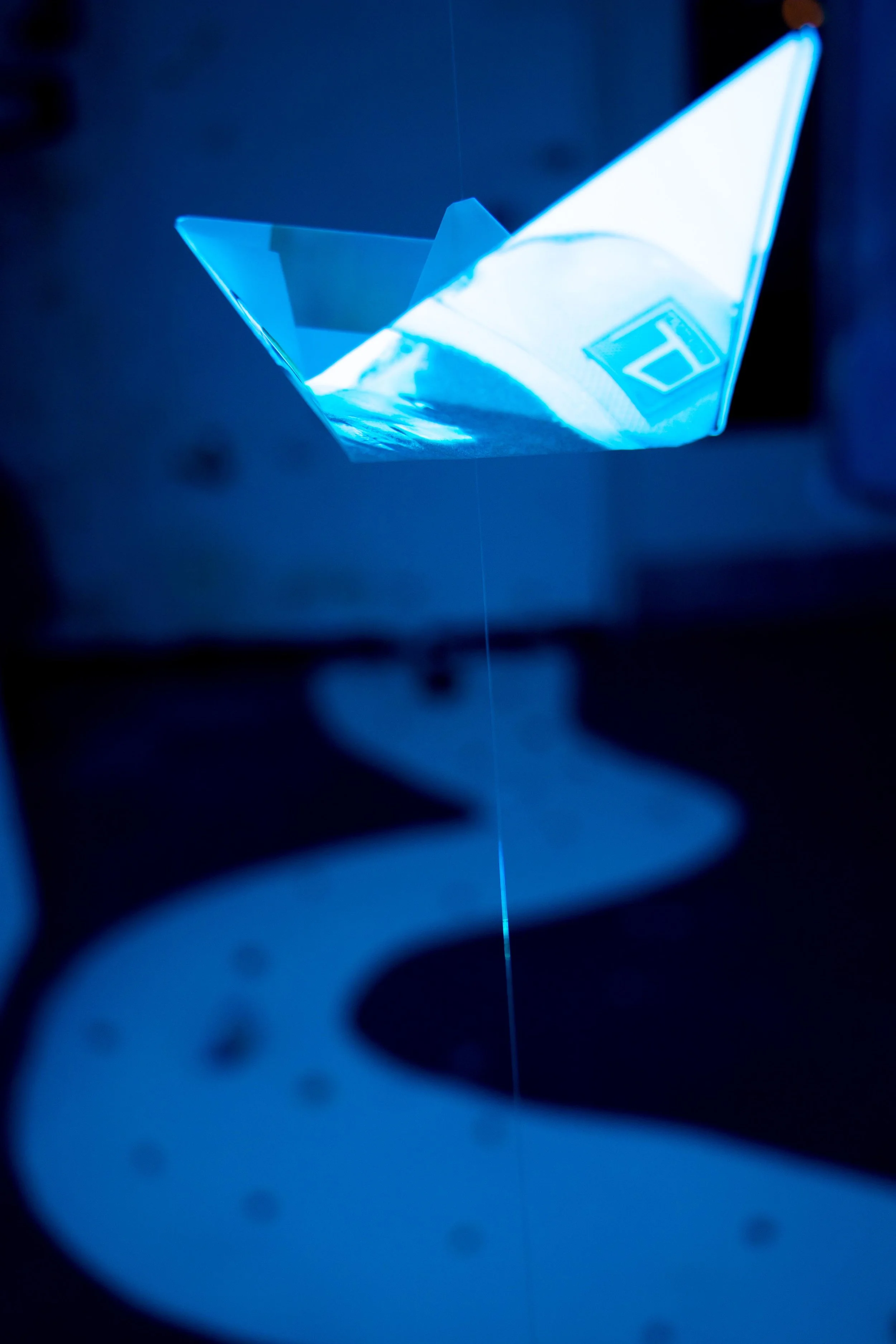
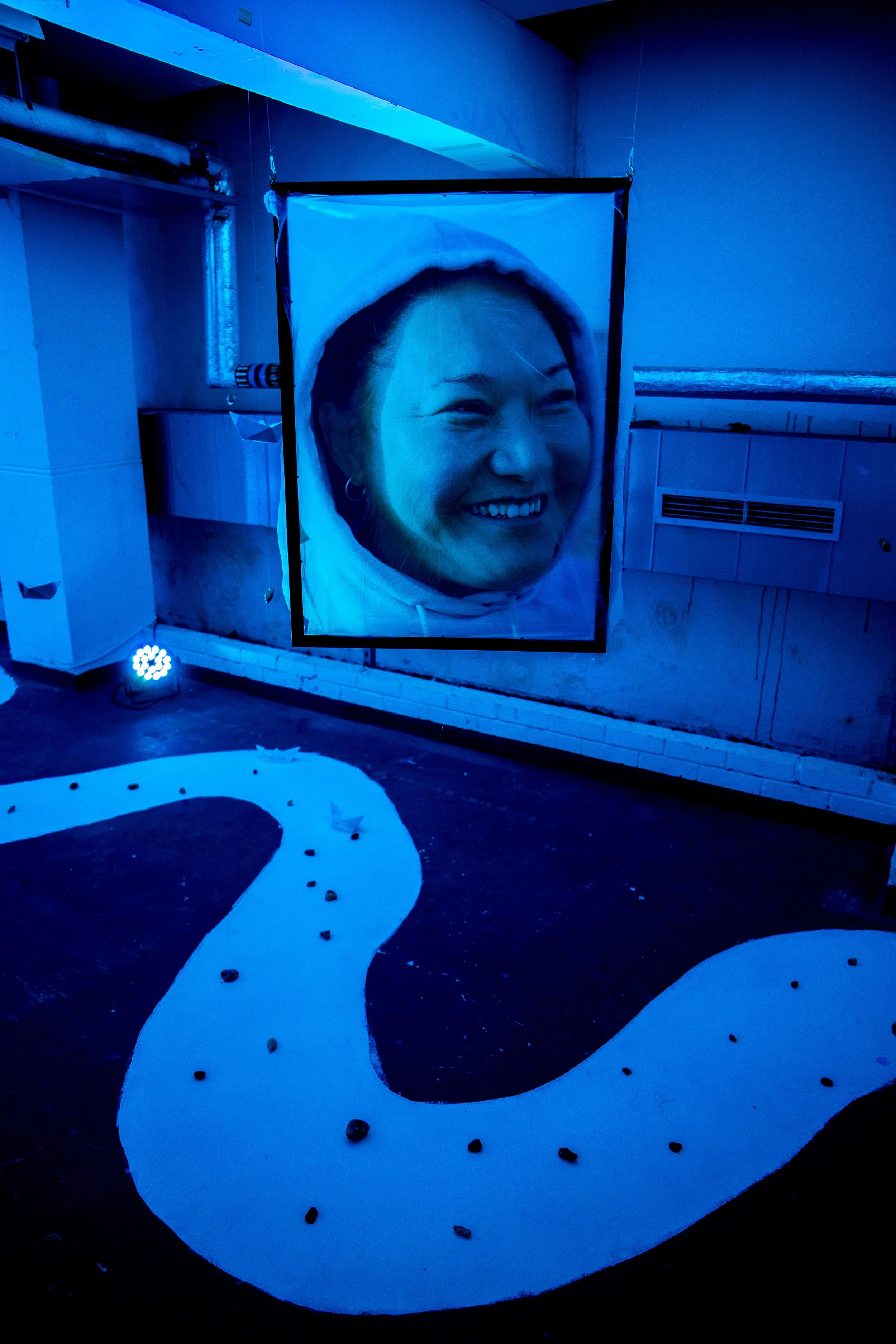
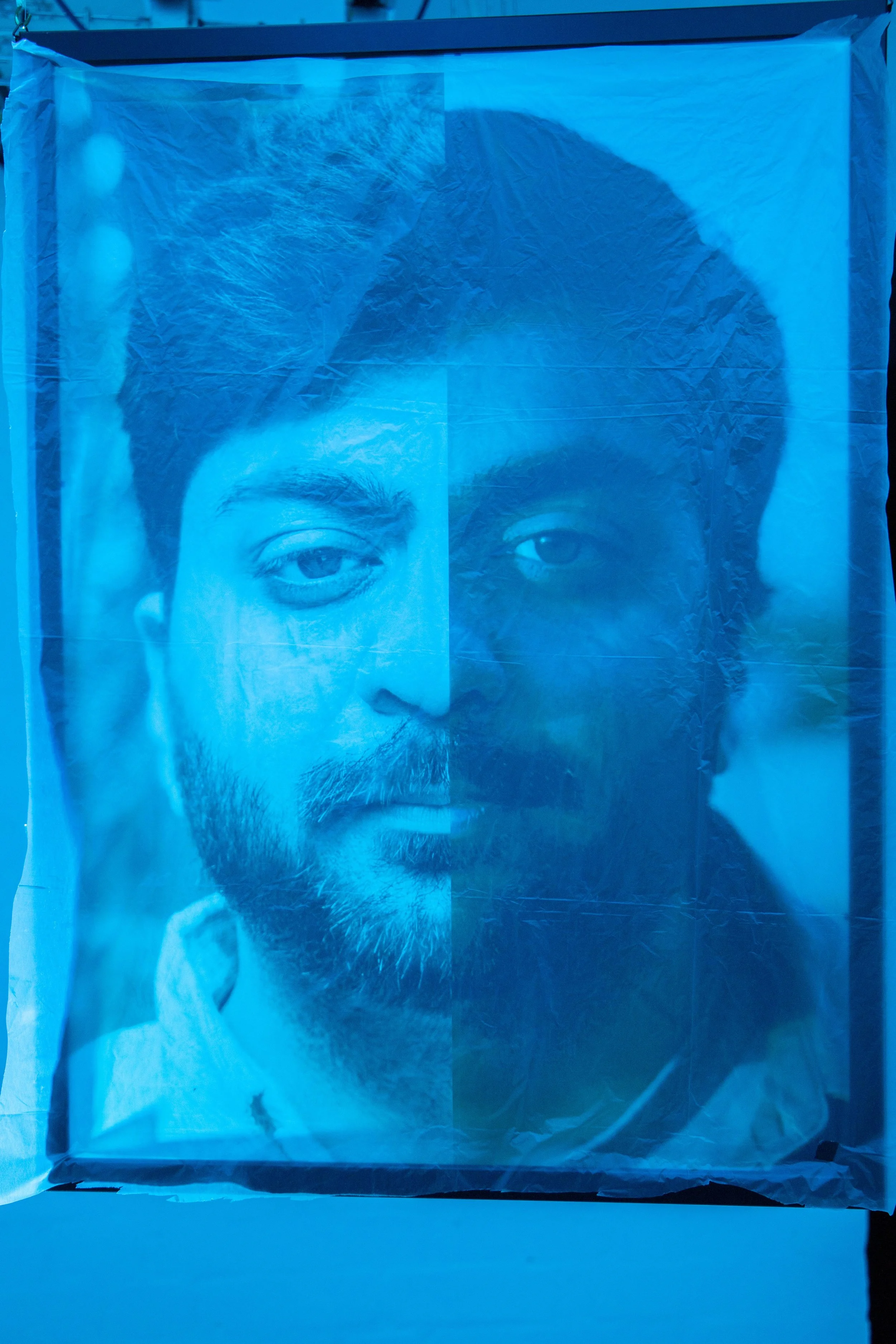
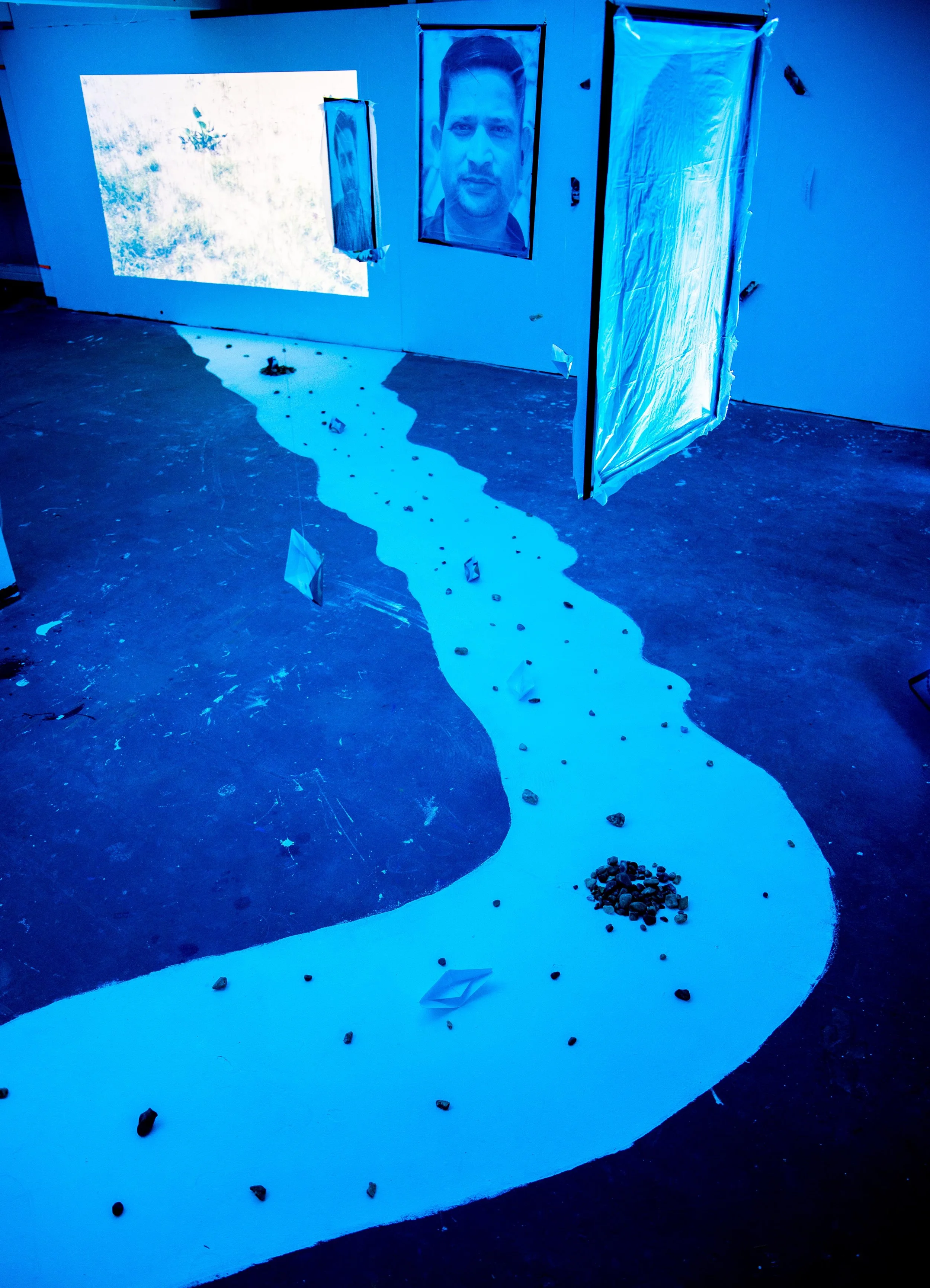
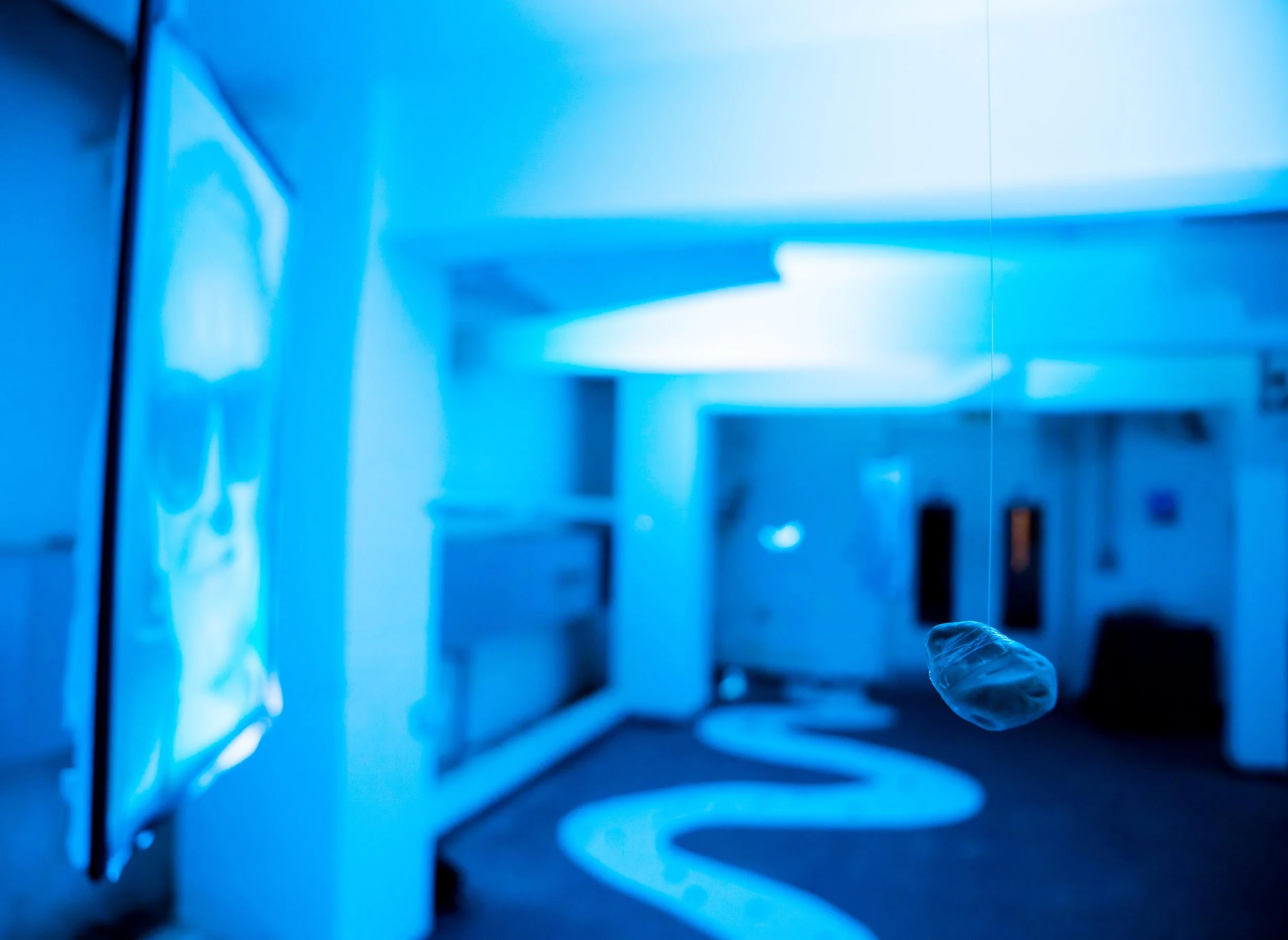
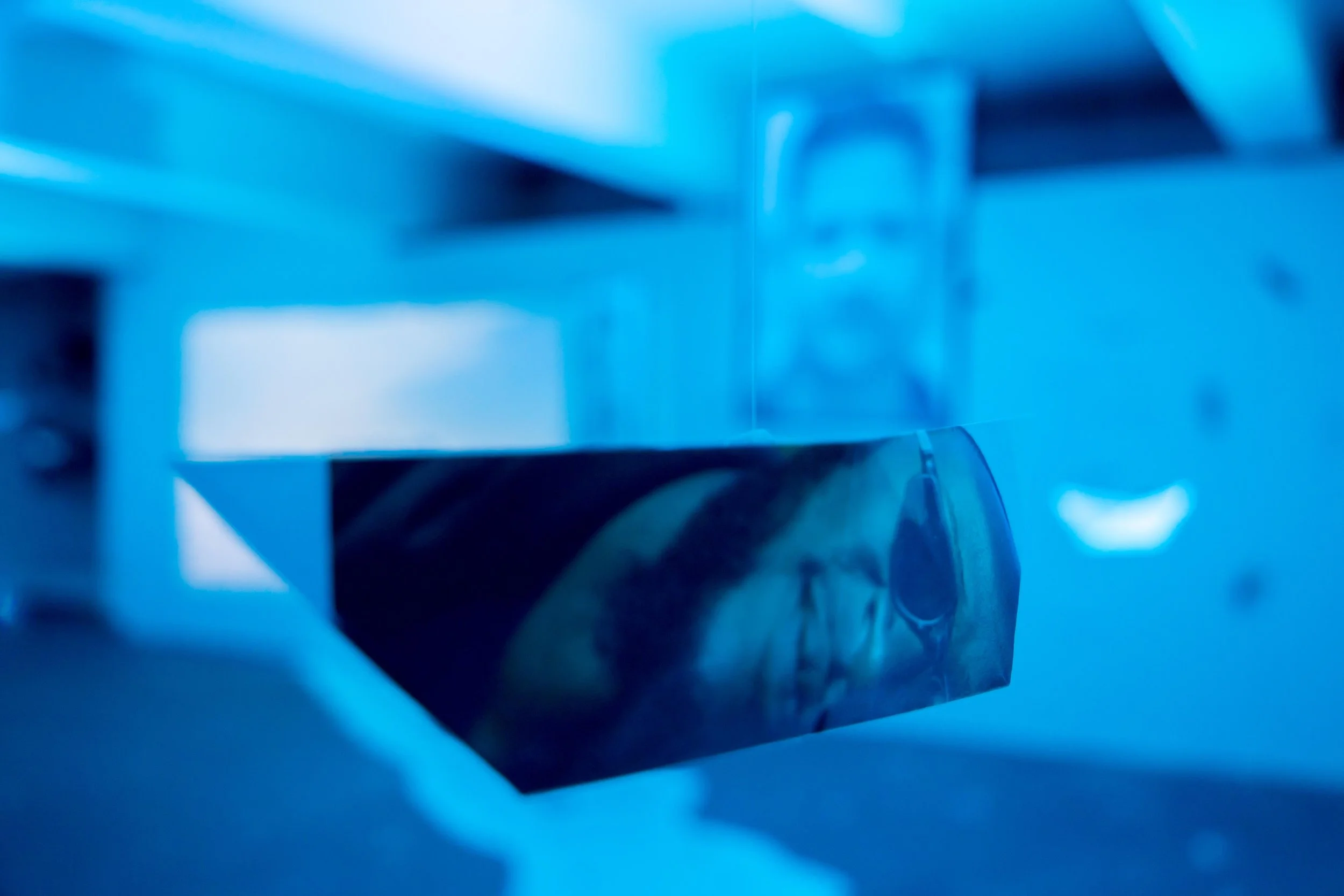
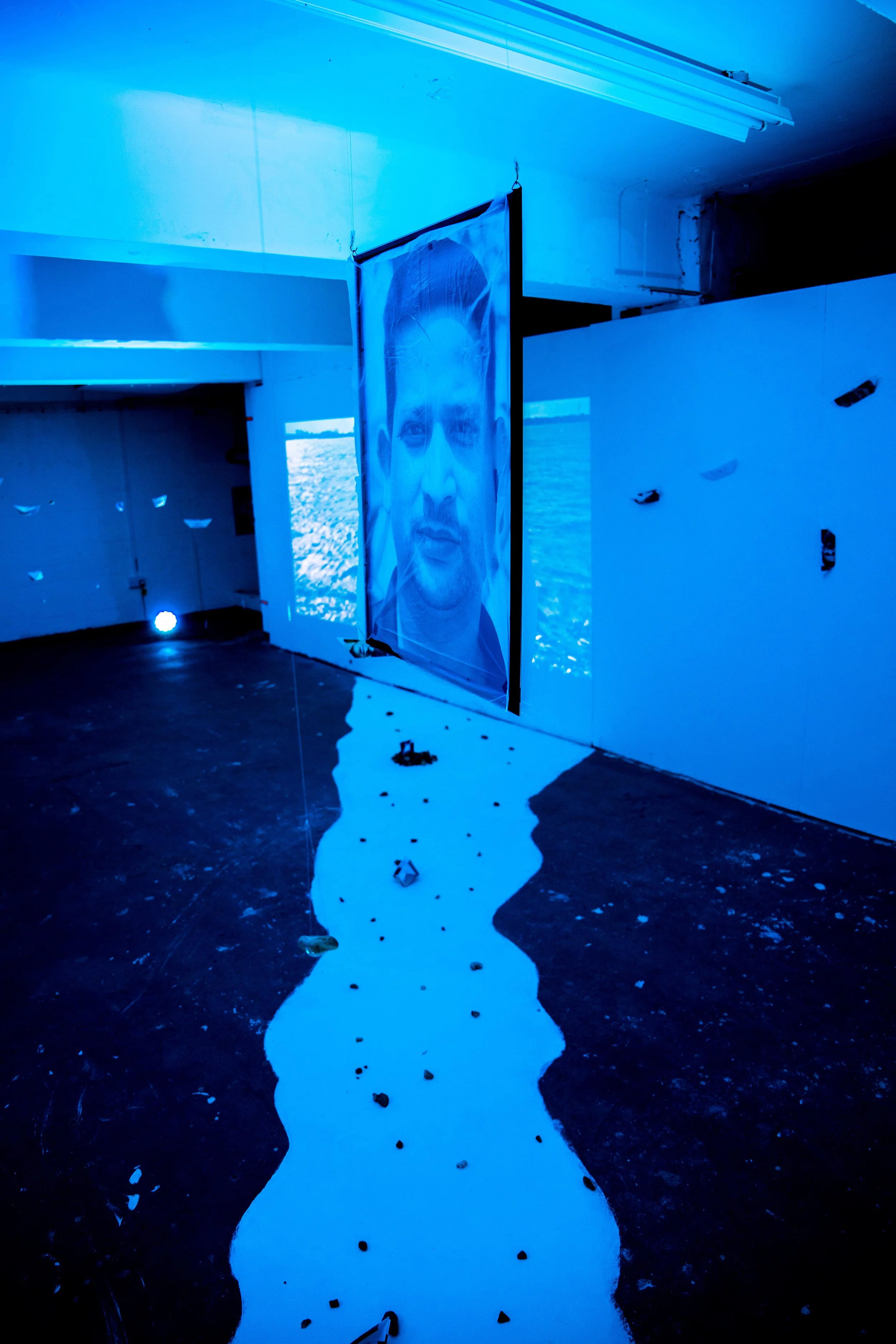
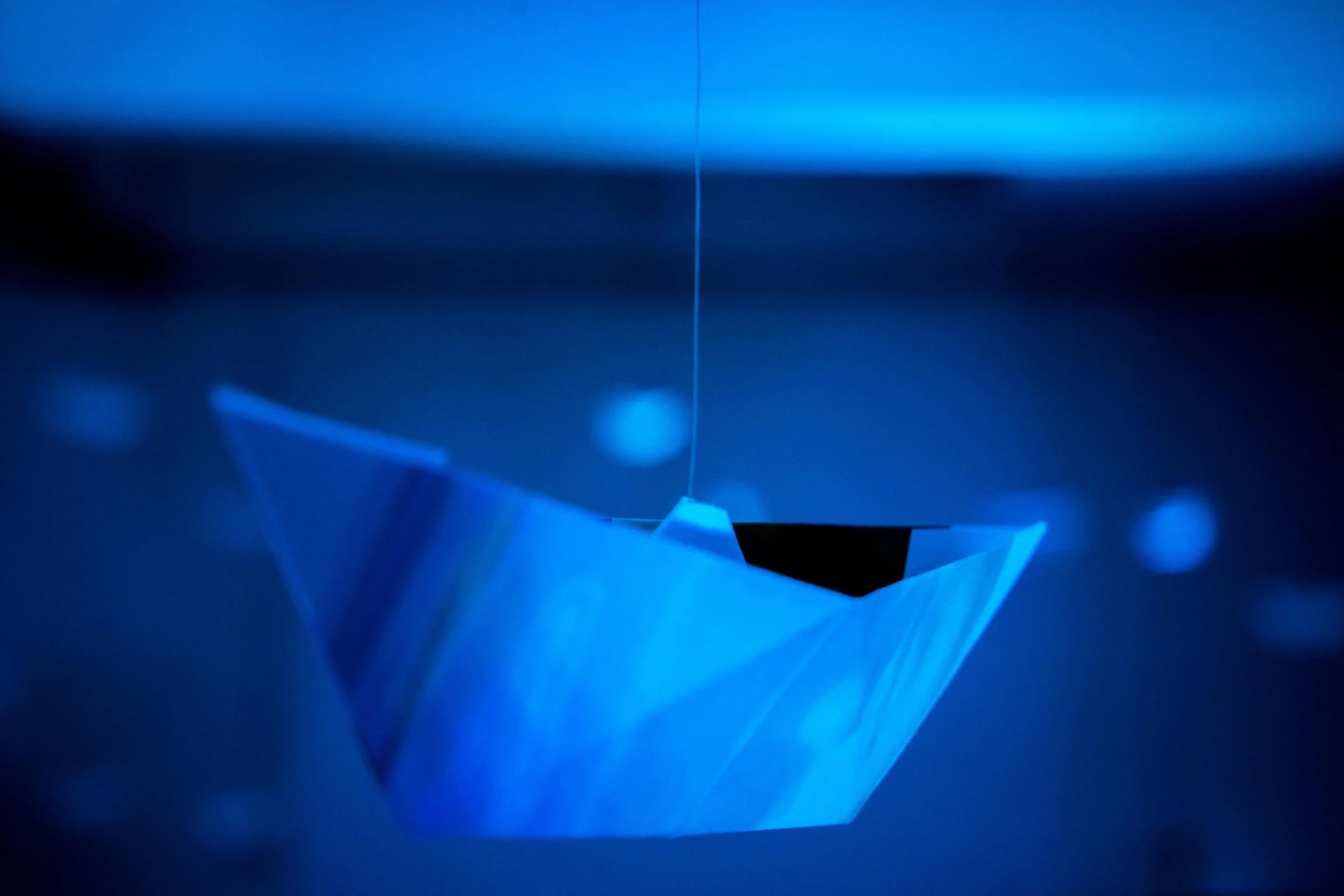
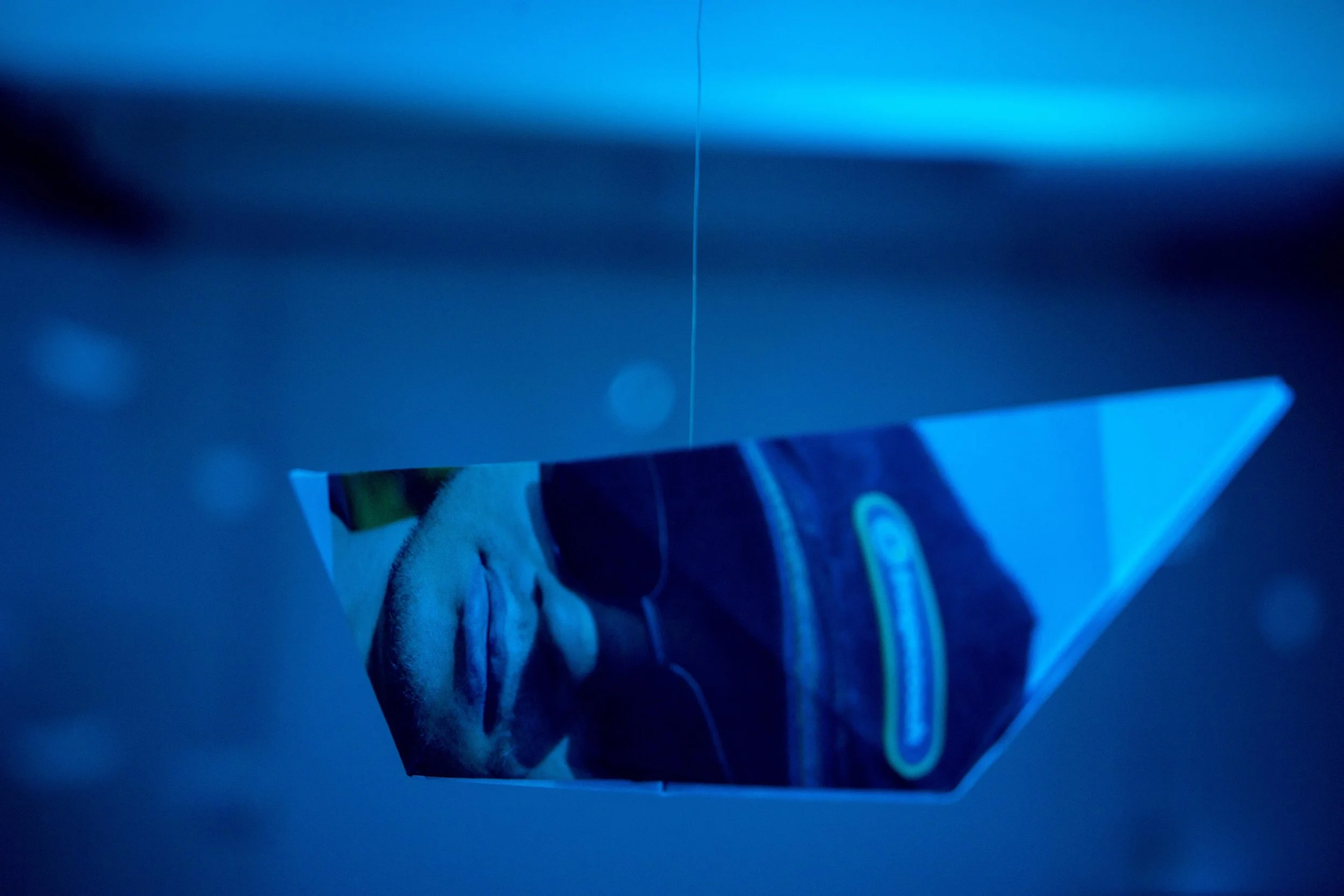
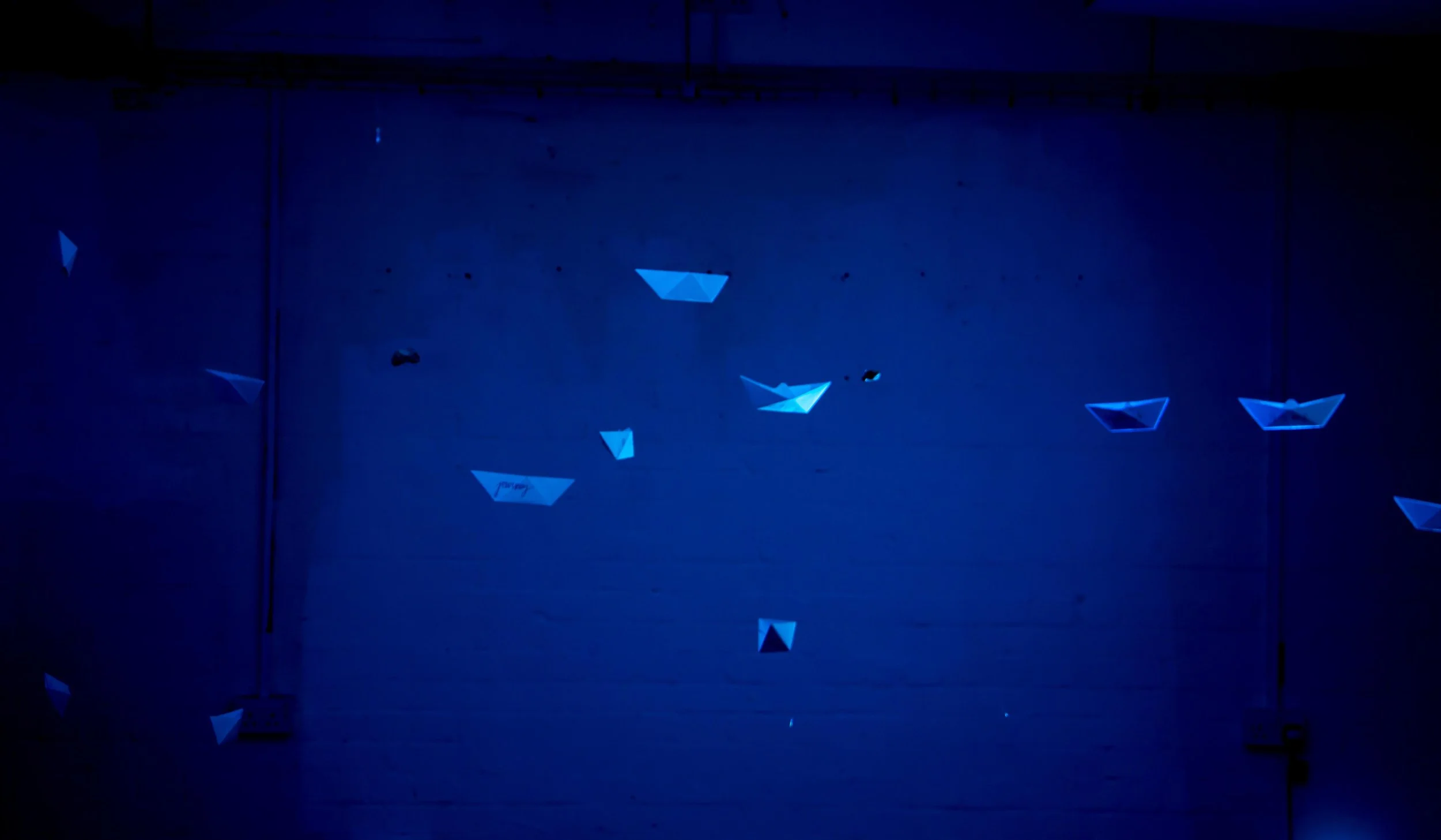
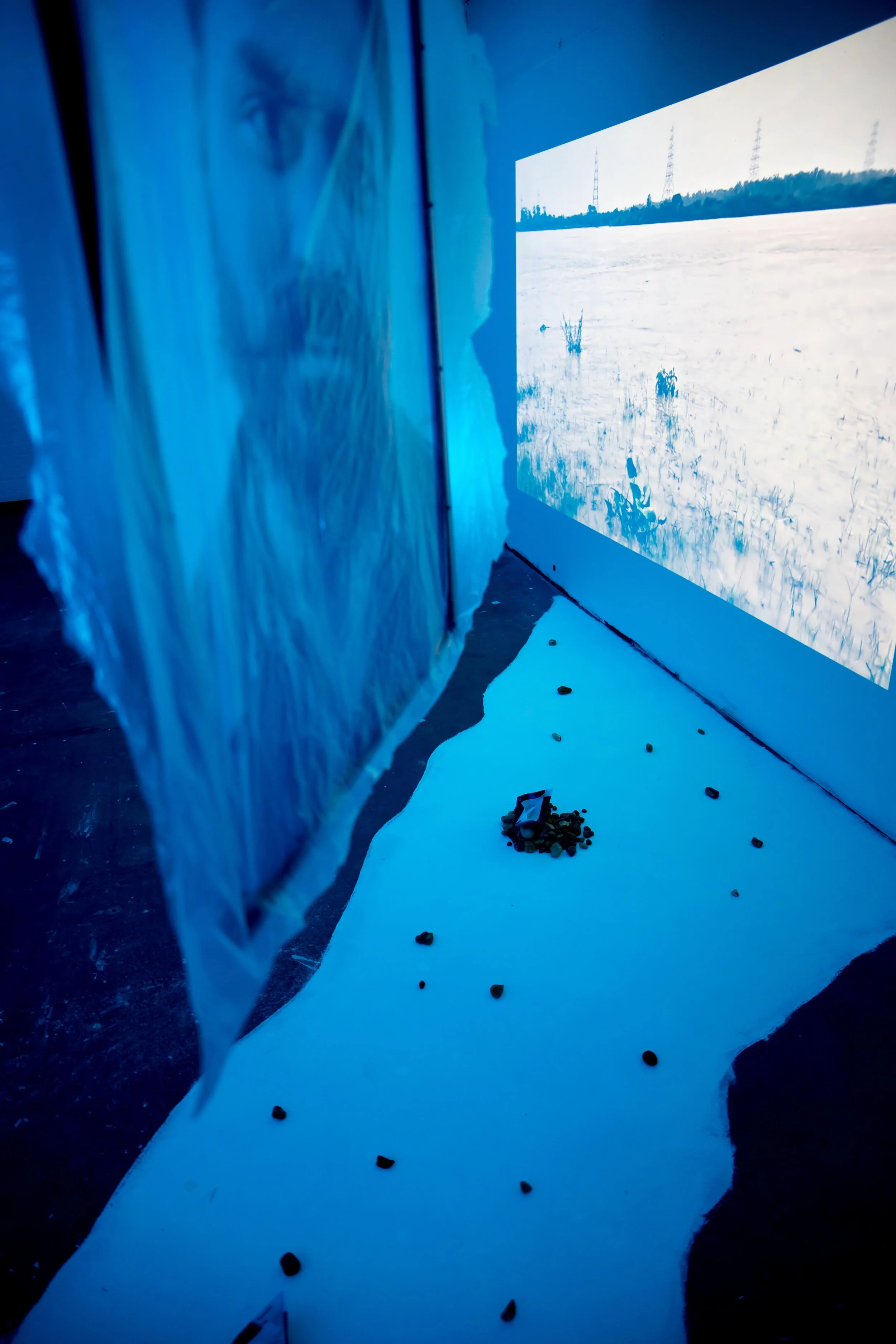
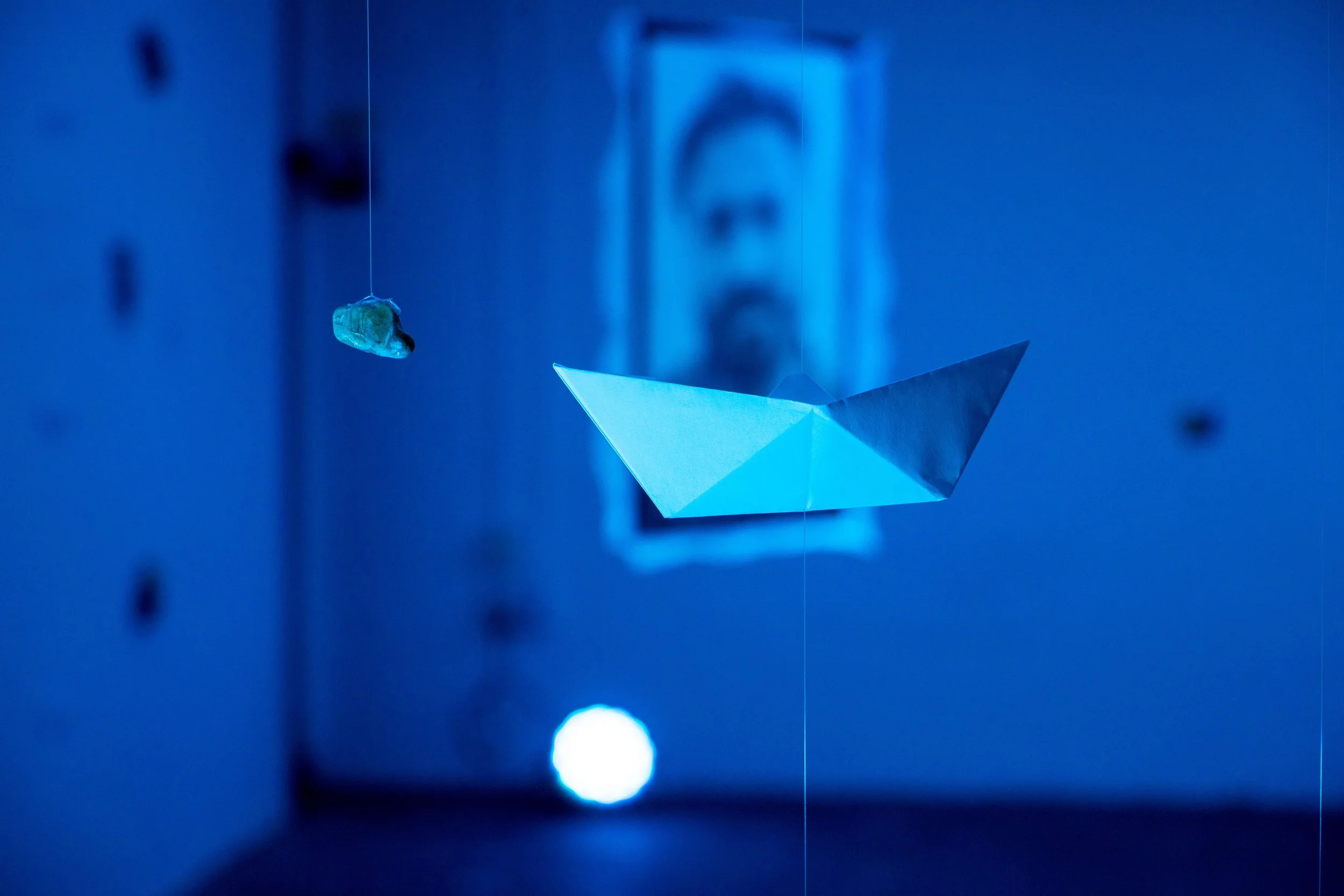
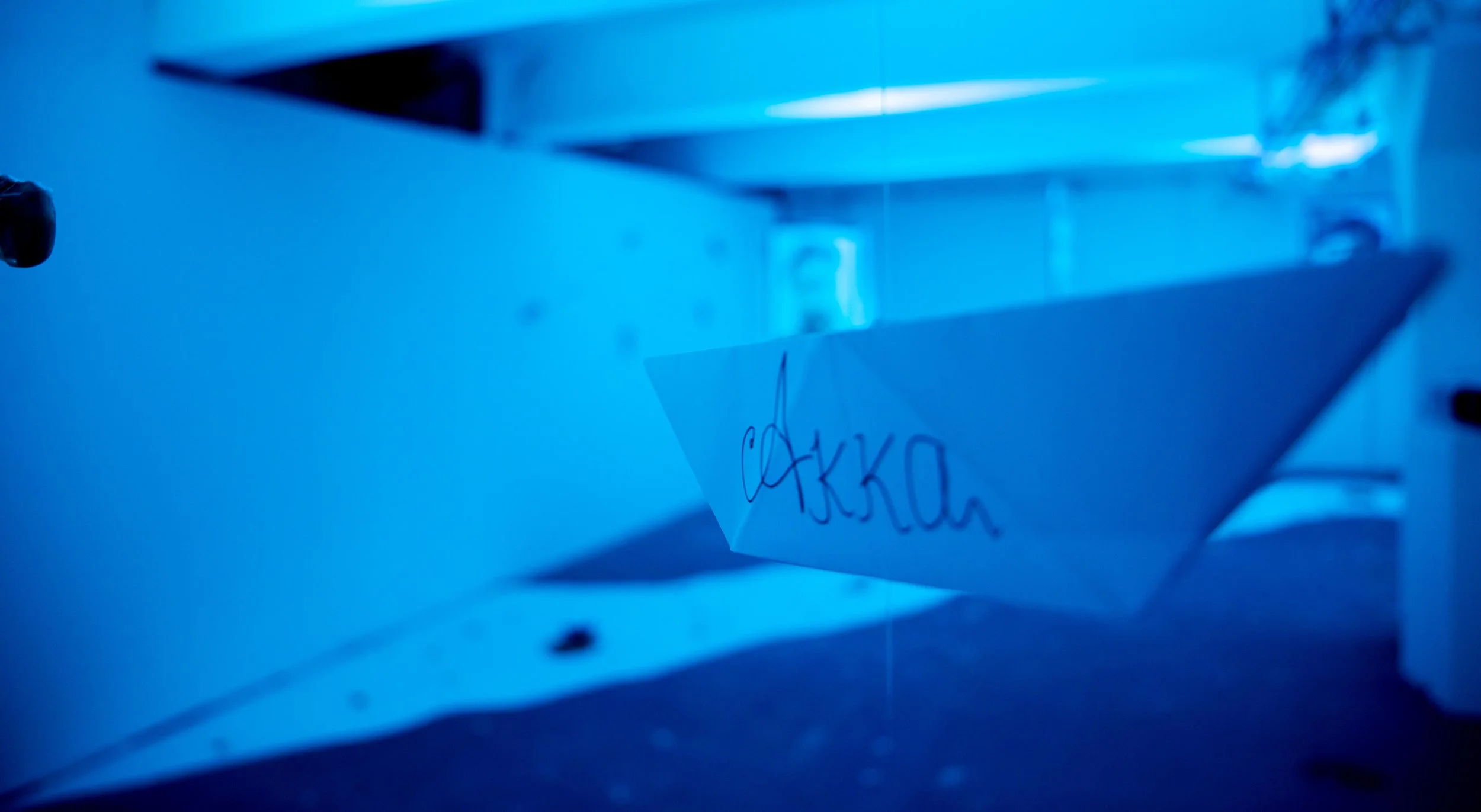
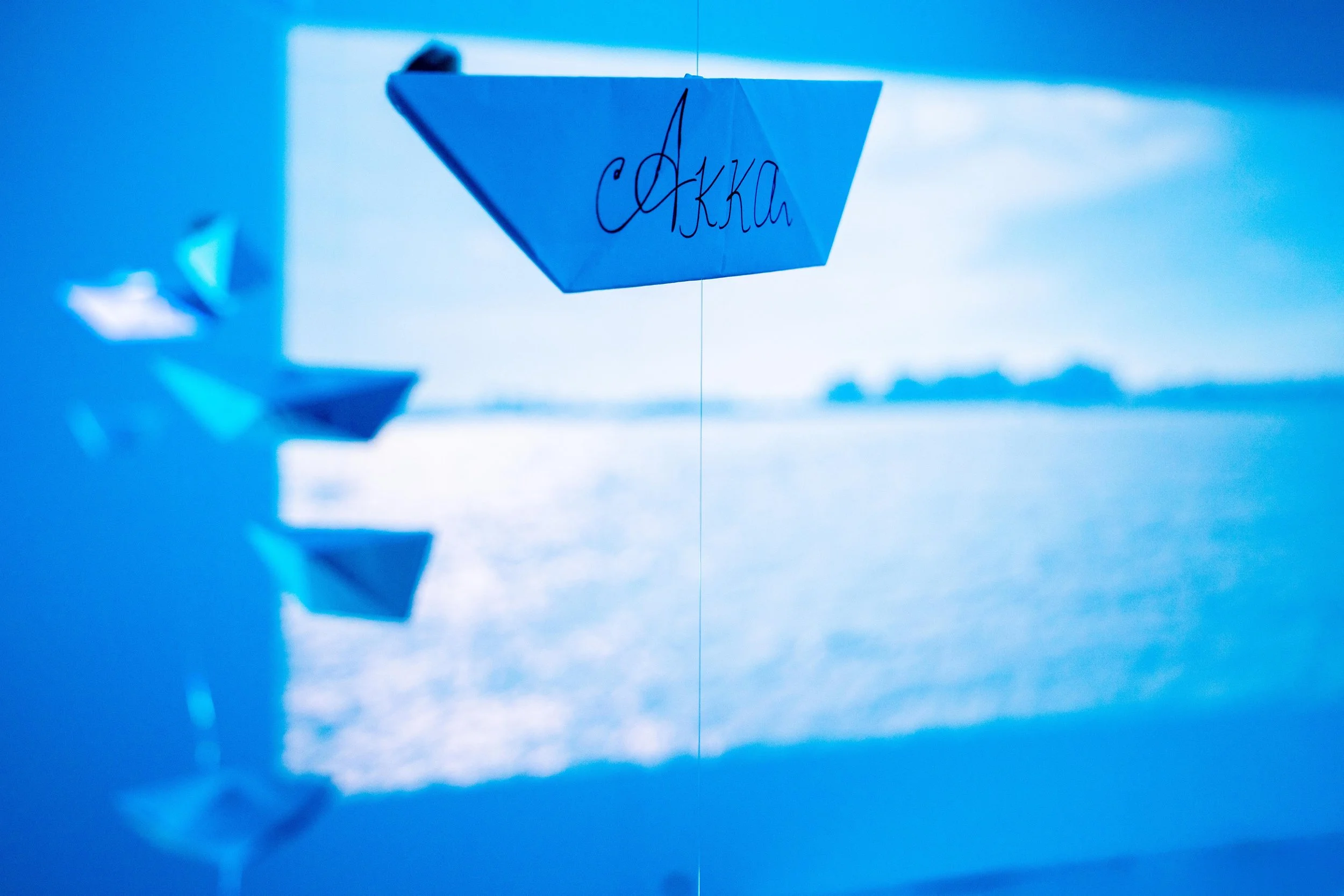
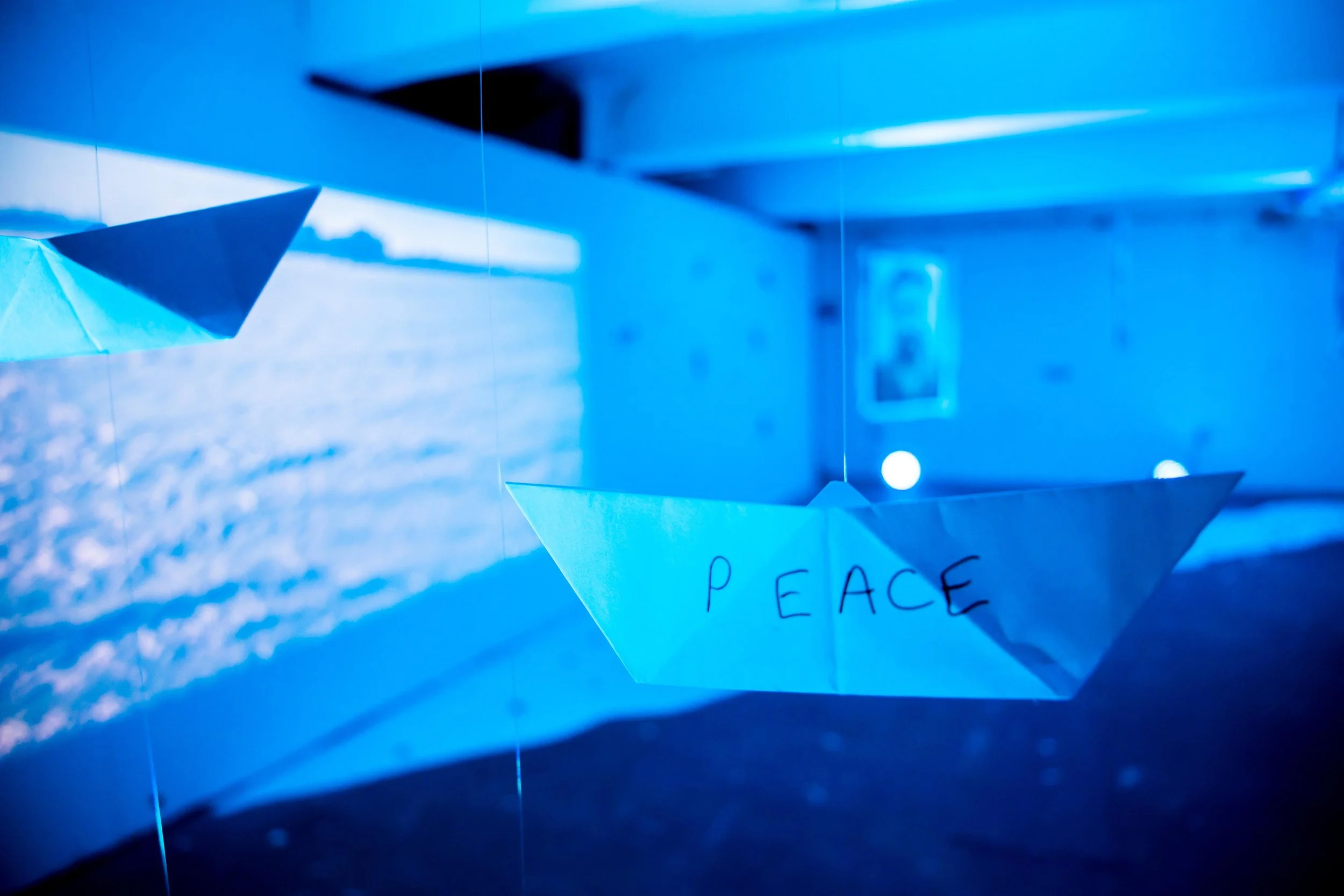
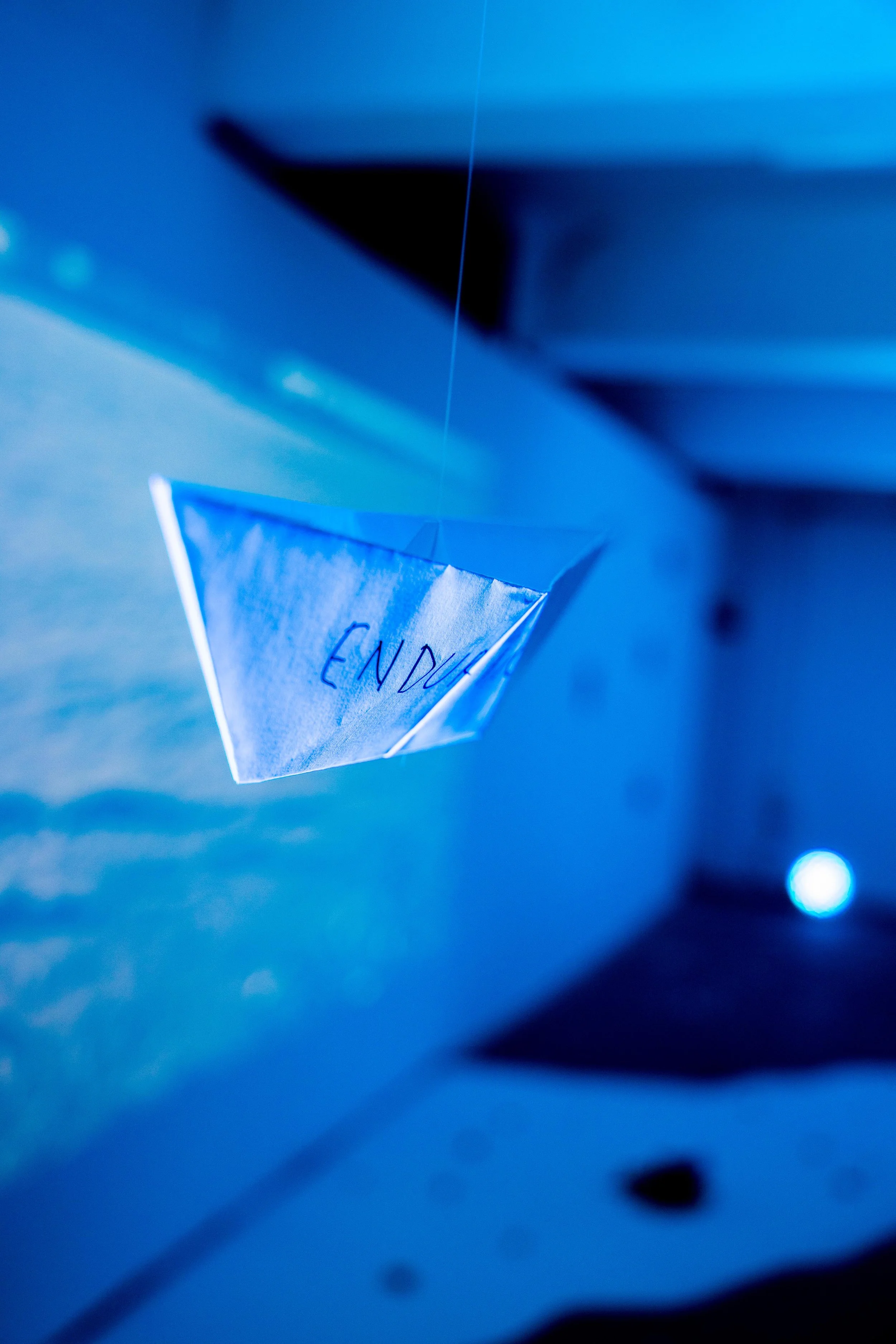
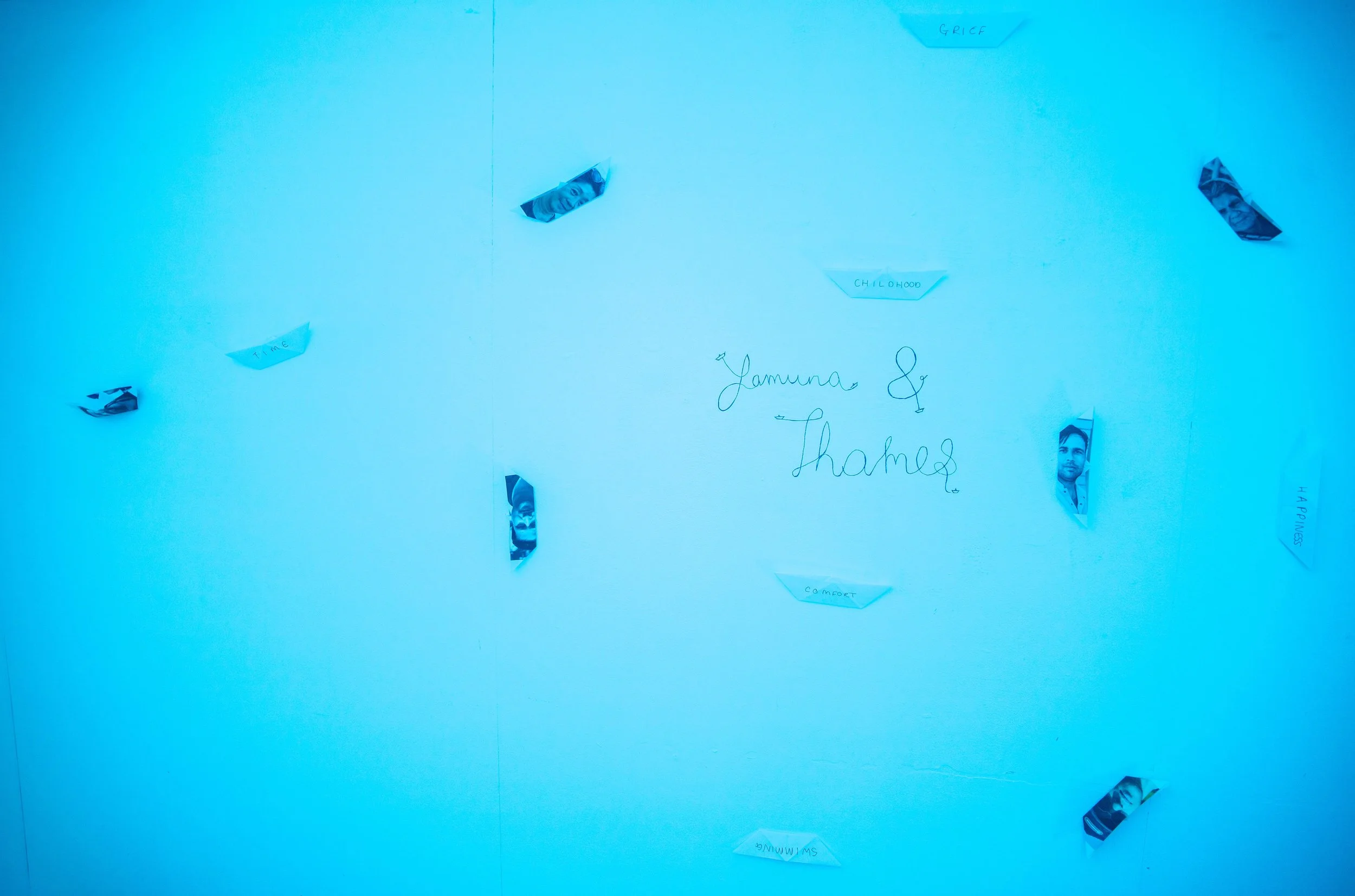
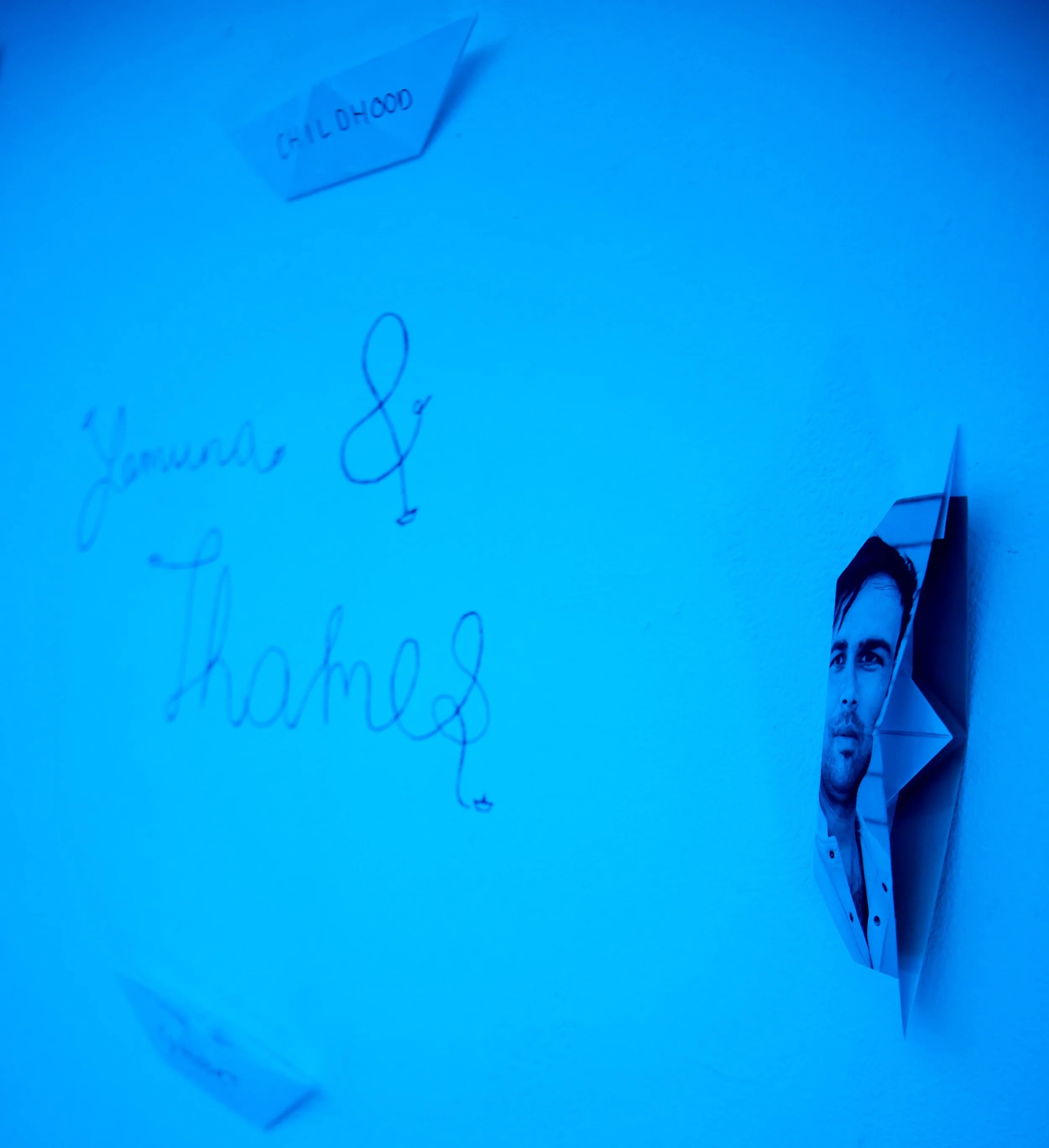
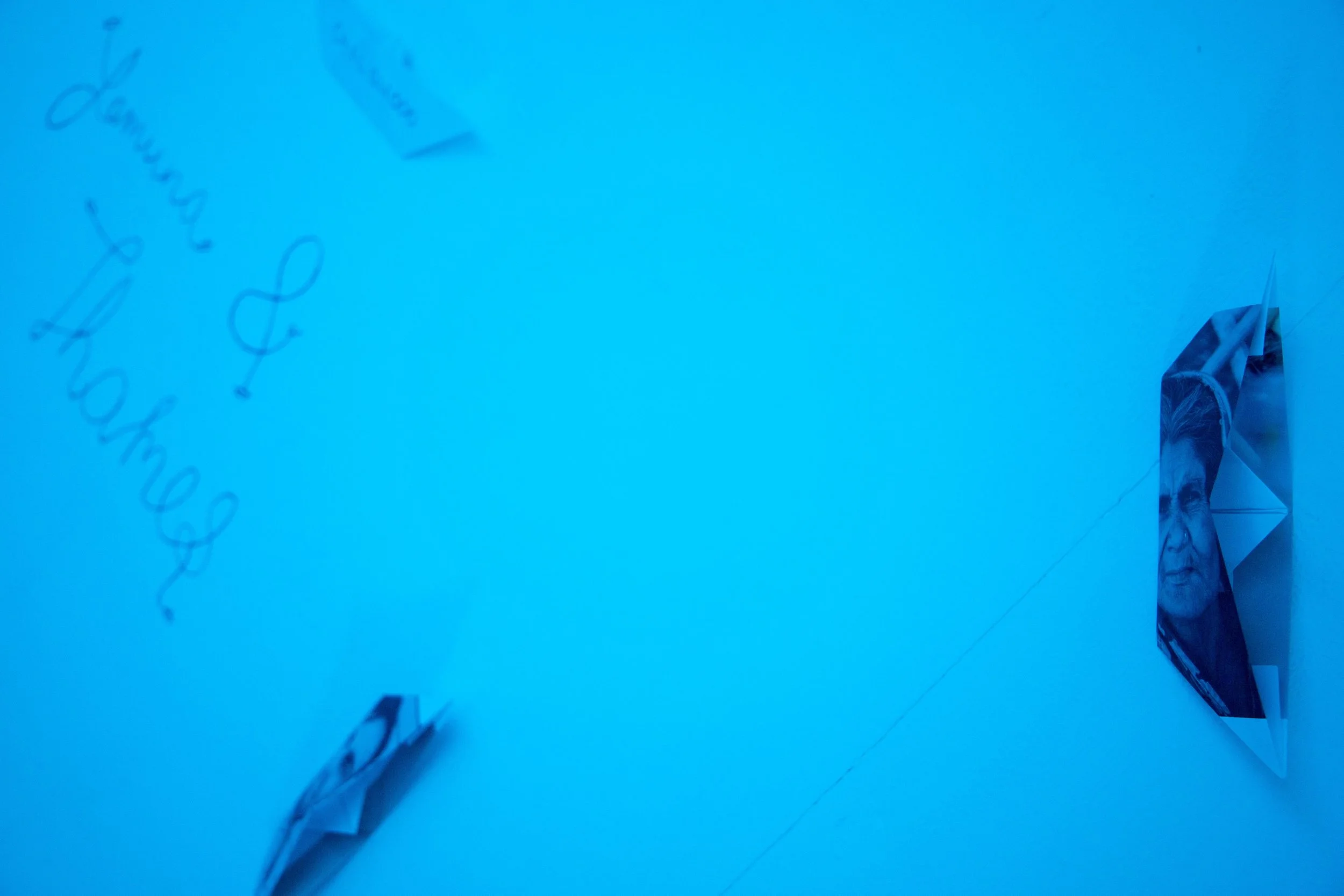
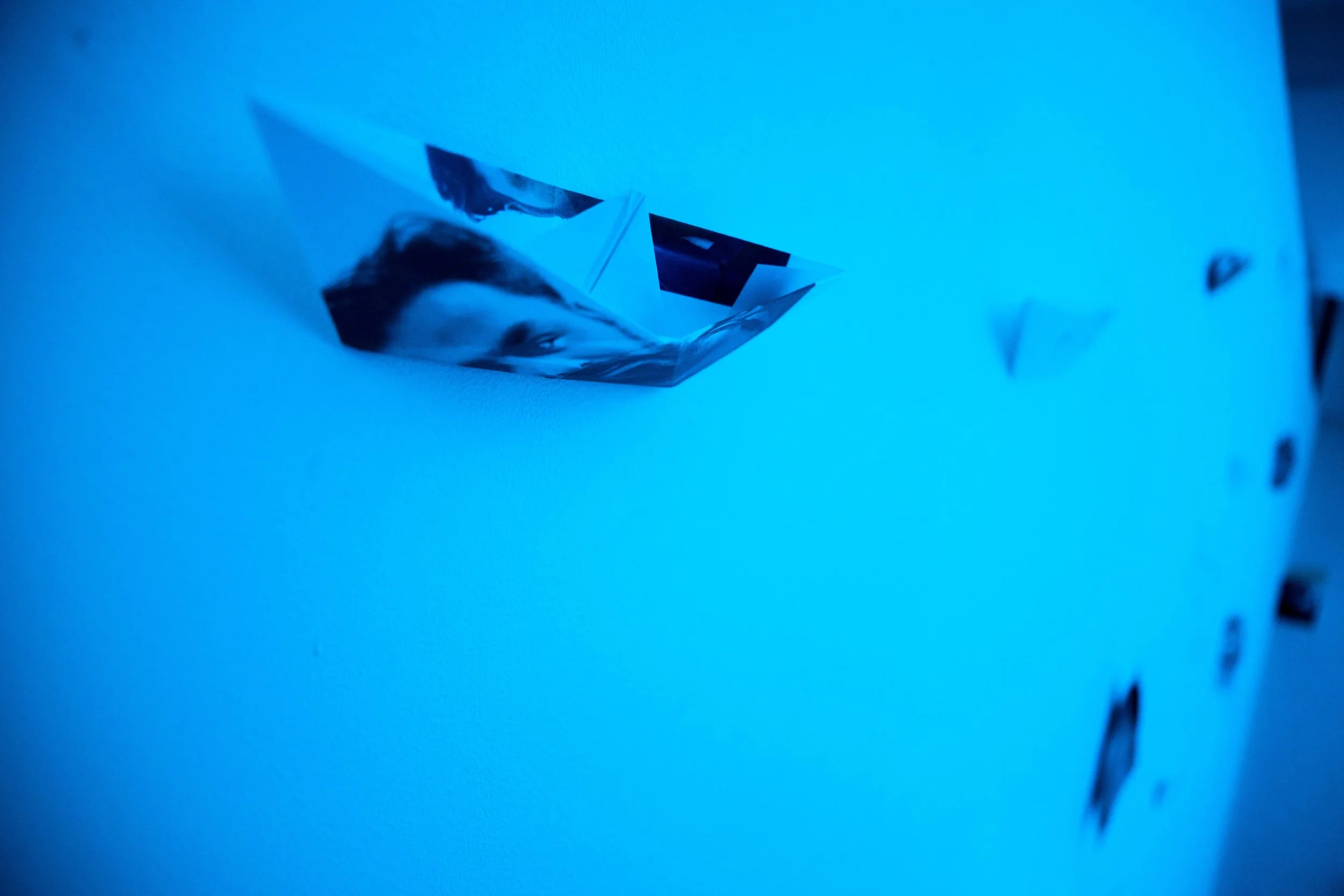
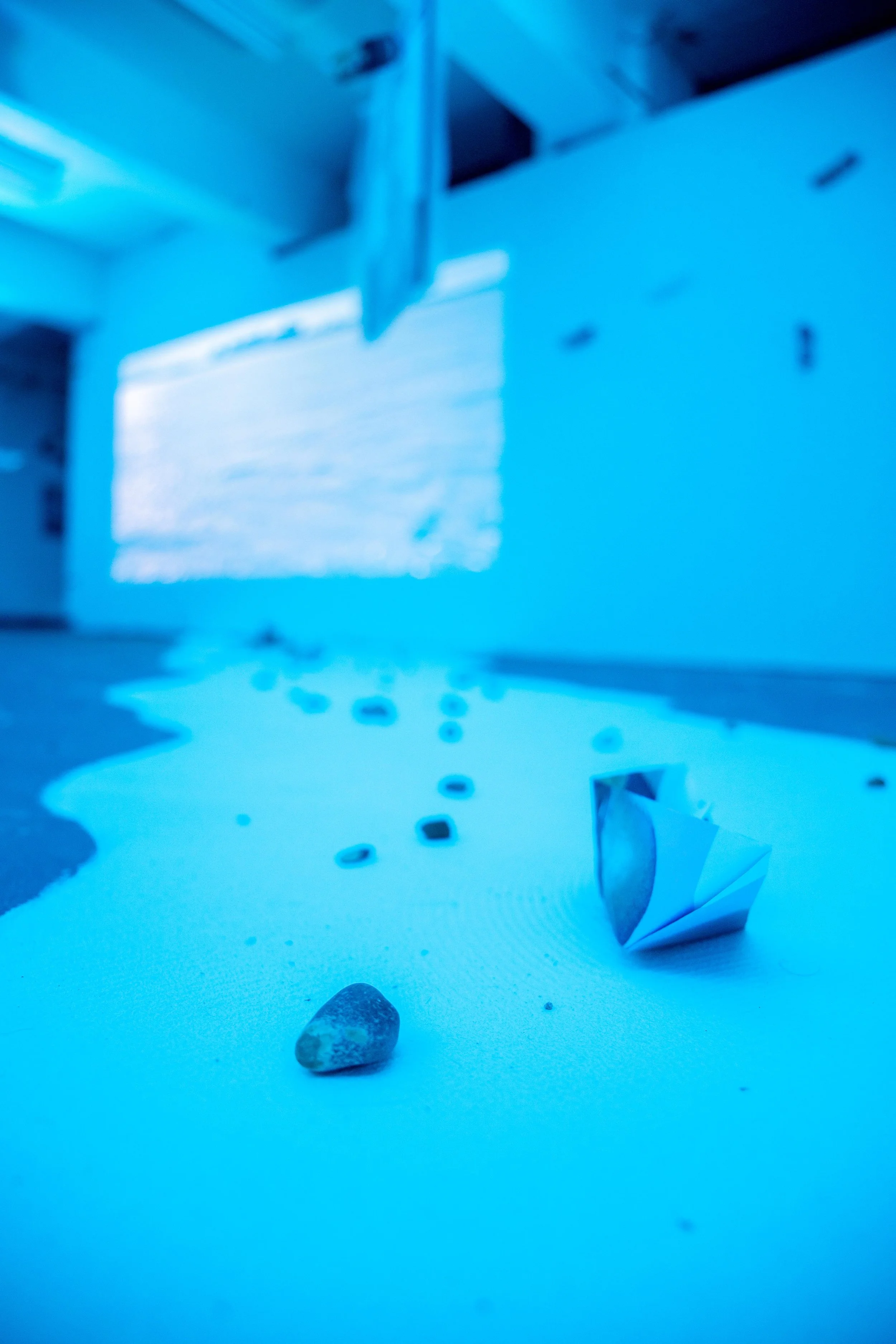
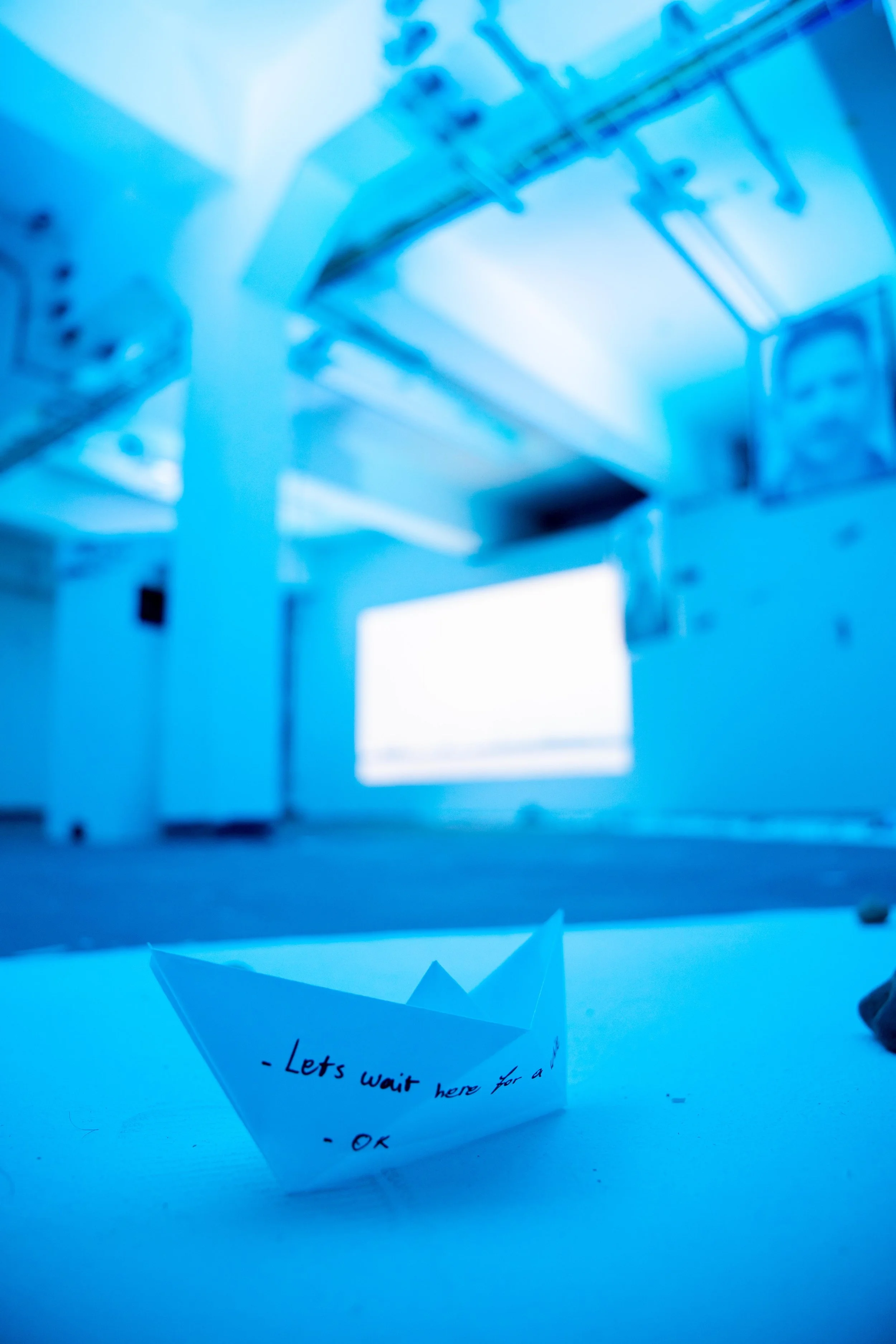
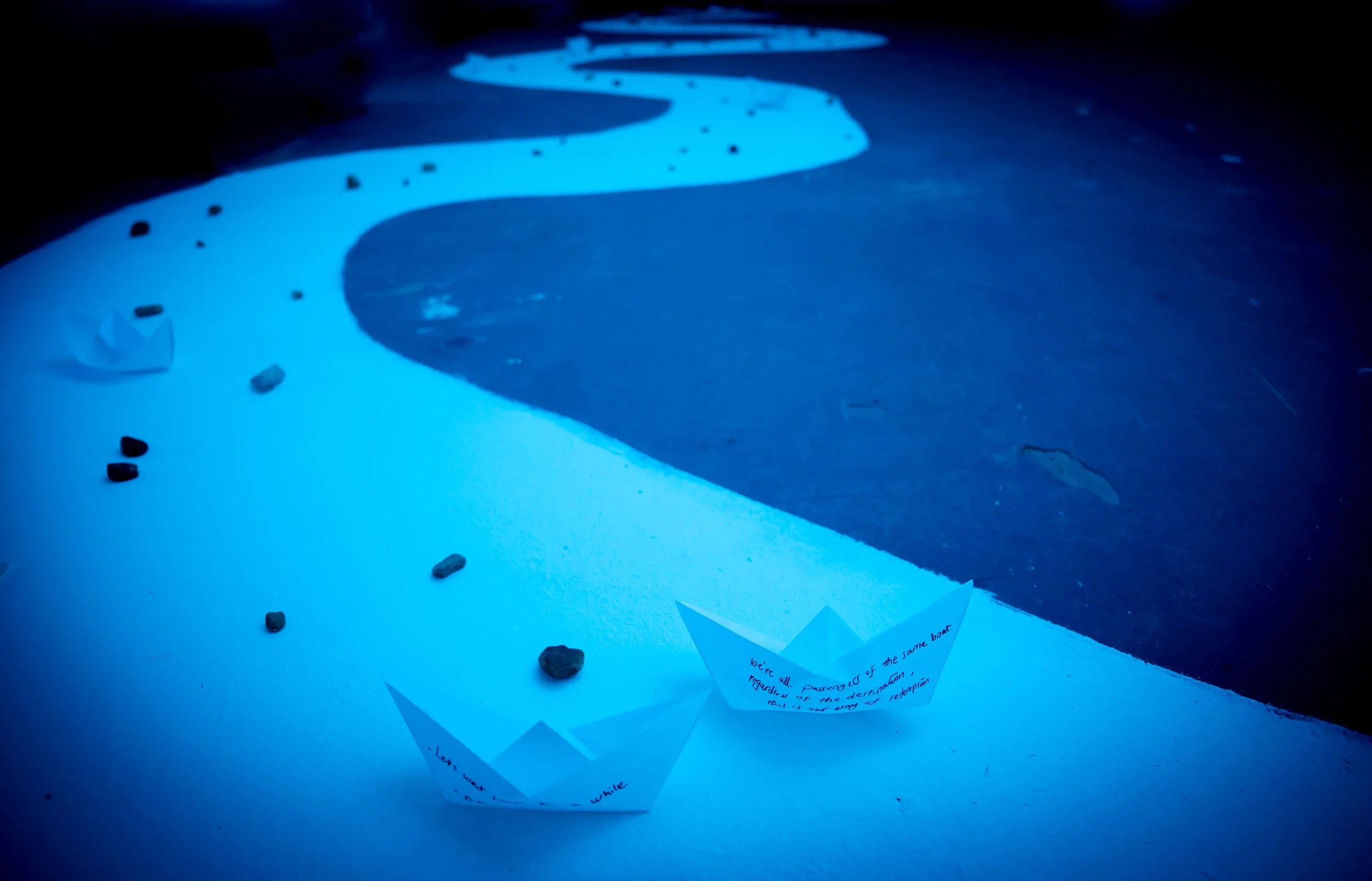
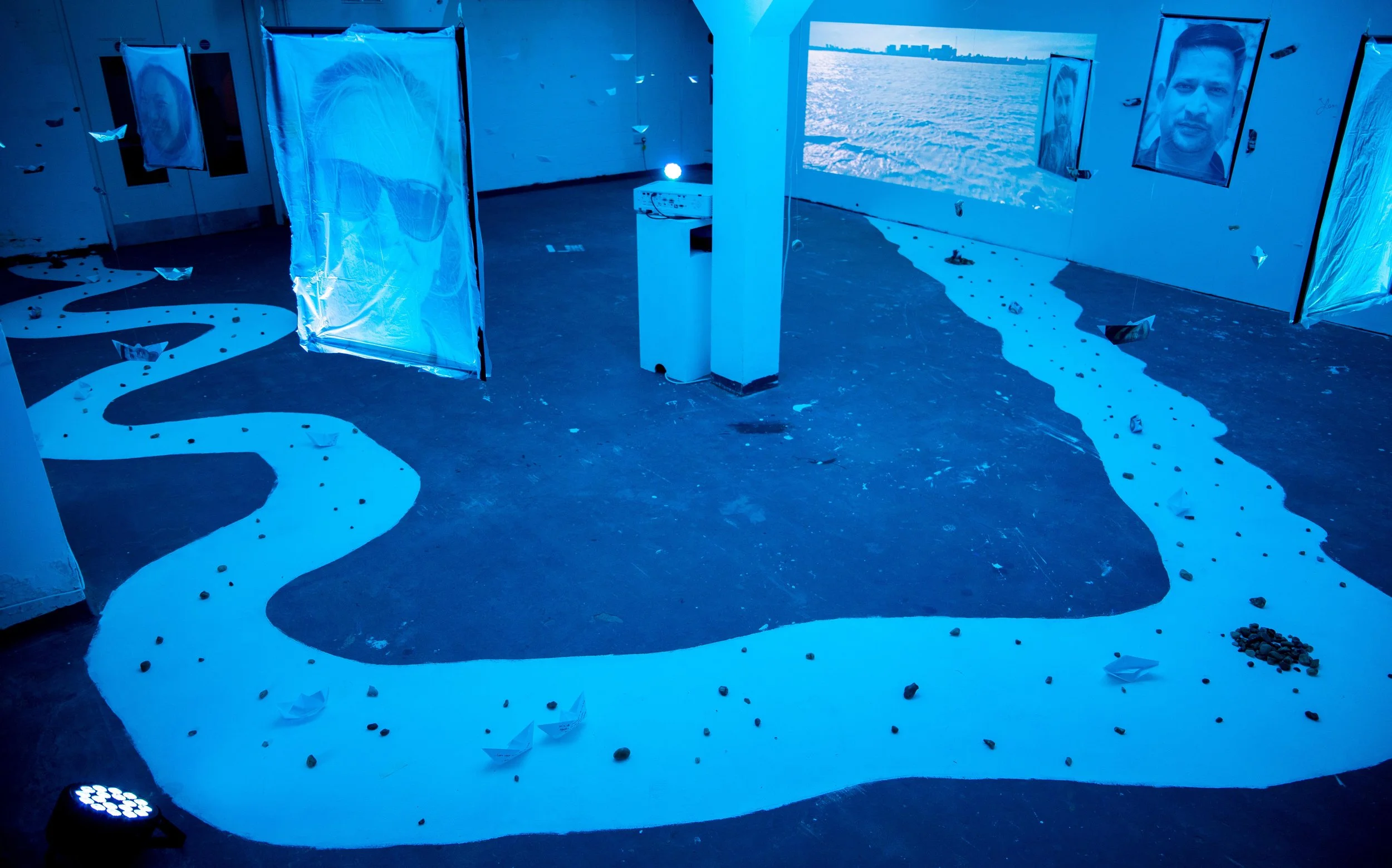
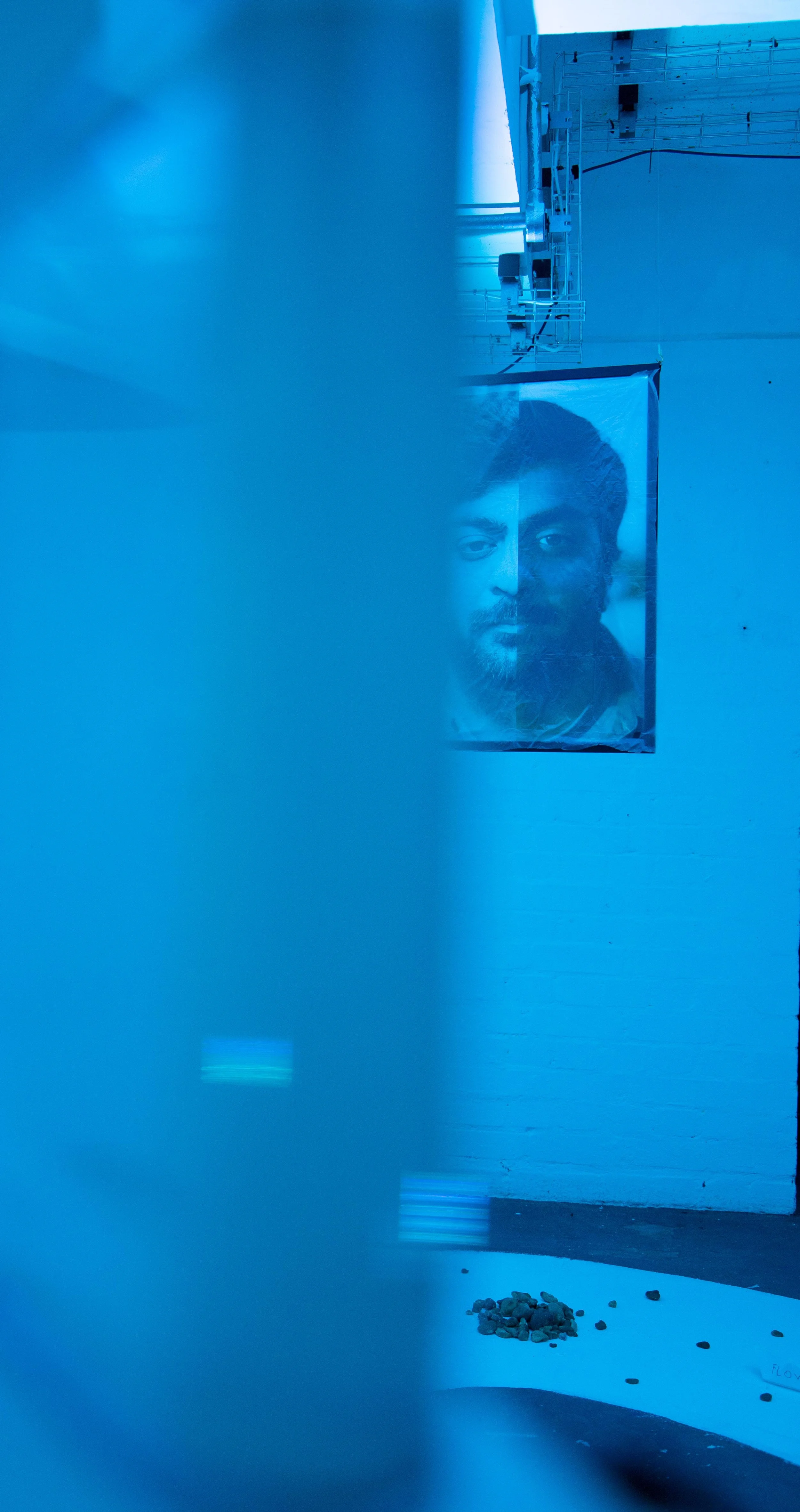
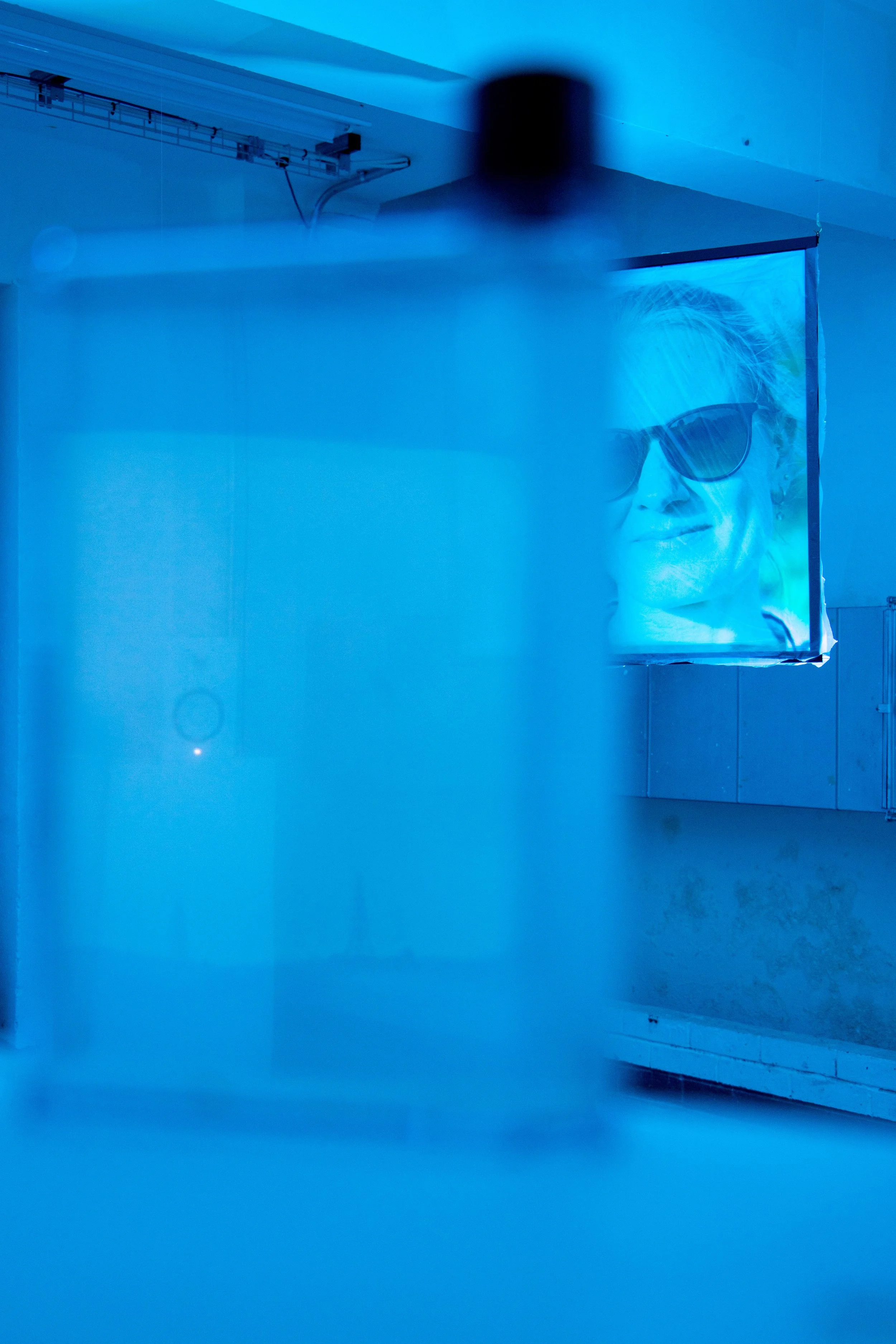
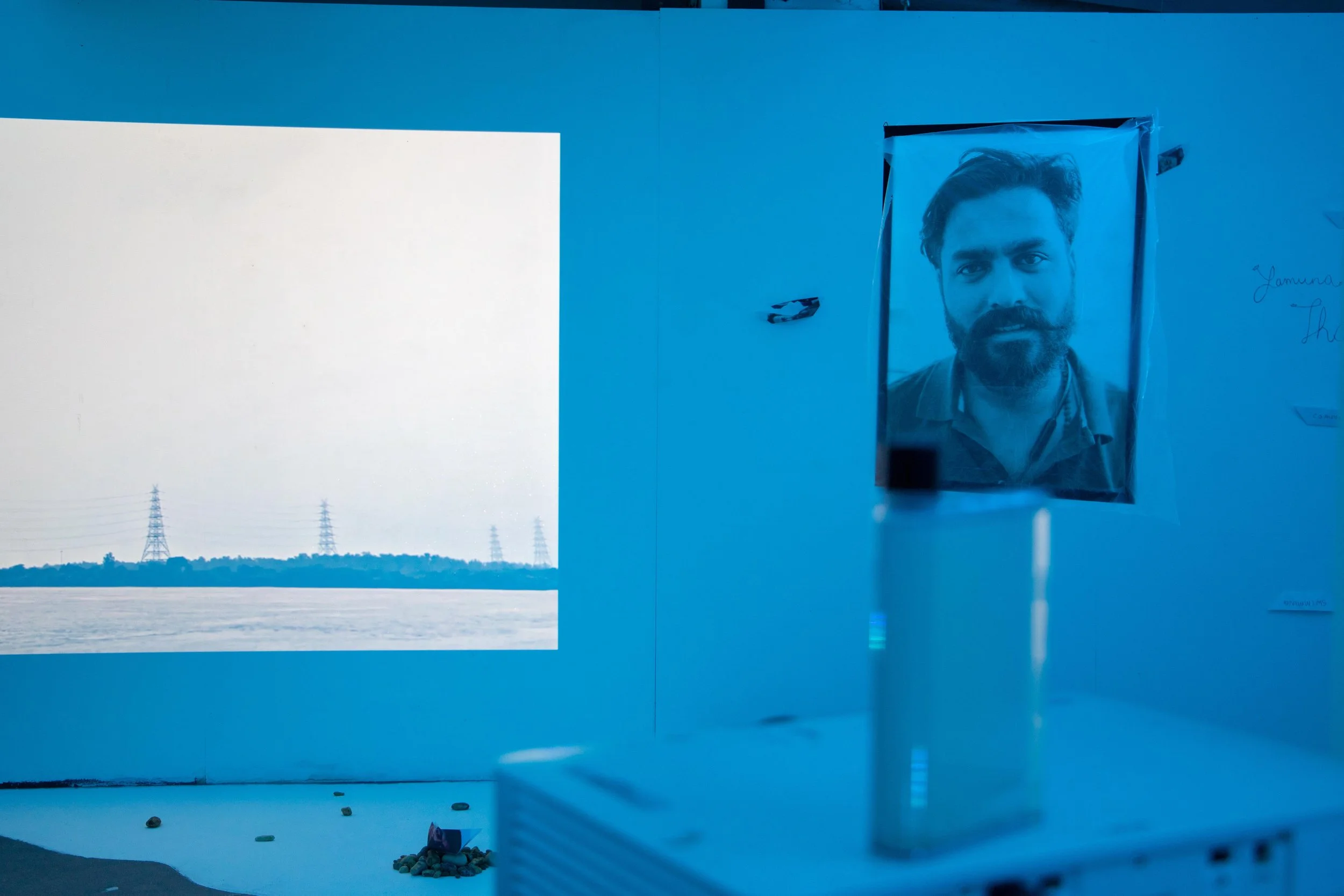

It also would not have been possible without the support and help of:
Manas Saha
Roemello Mcnish Semper
Luke Reynolds
Sagar Sainger
Rijukant Tiwari